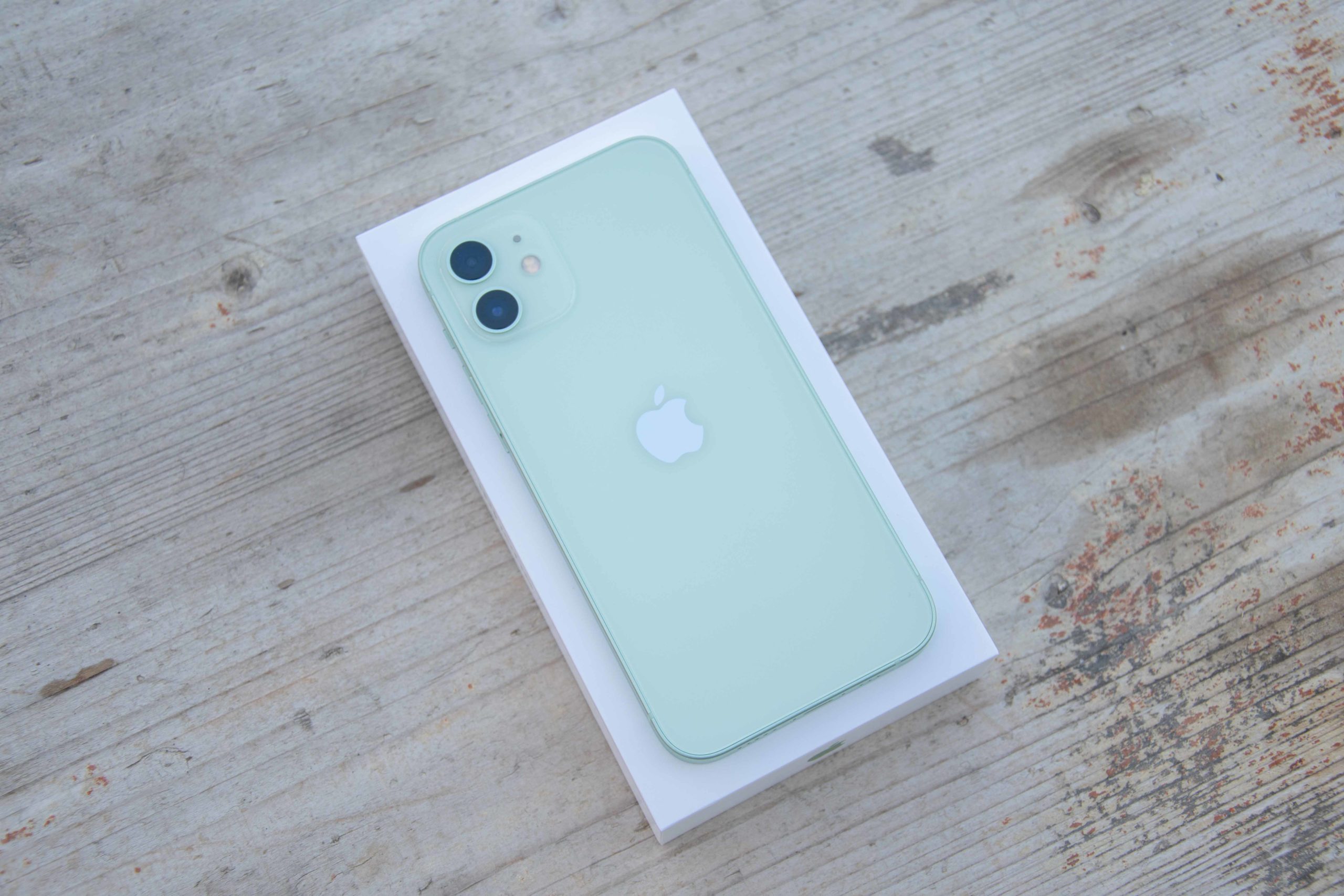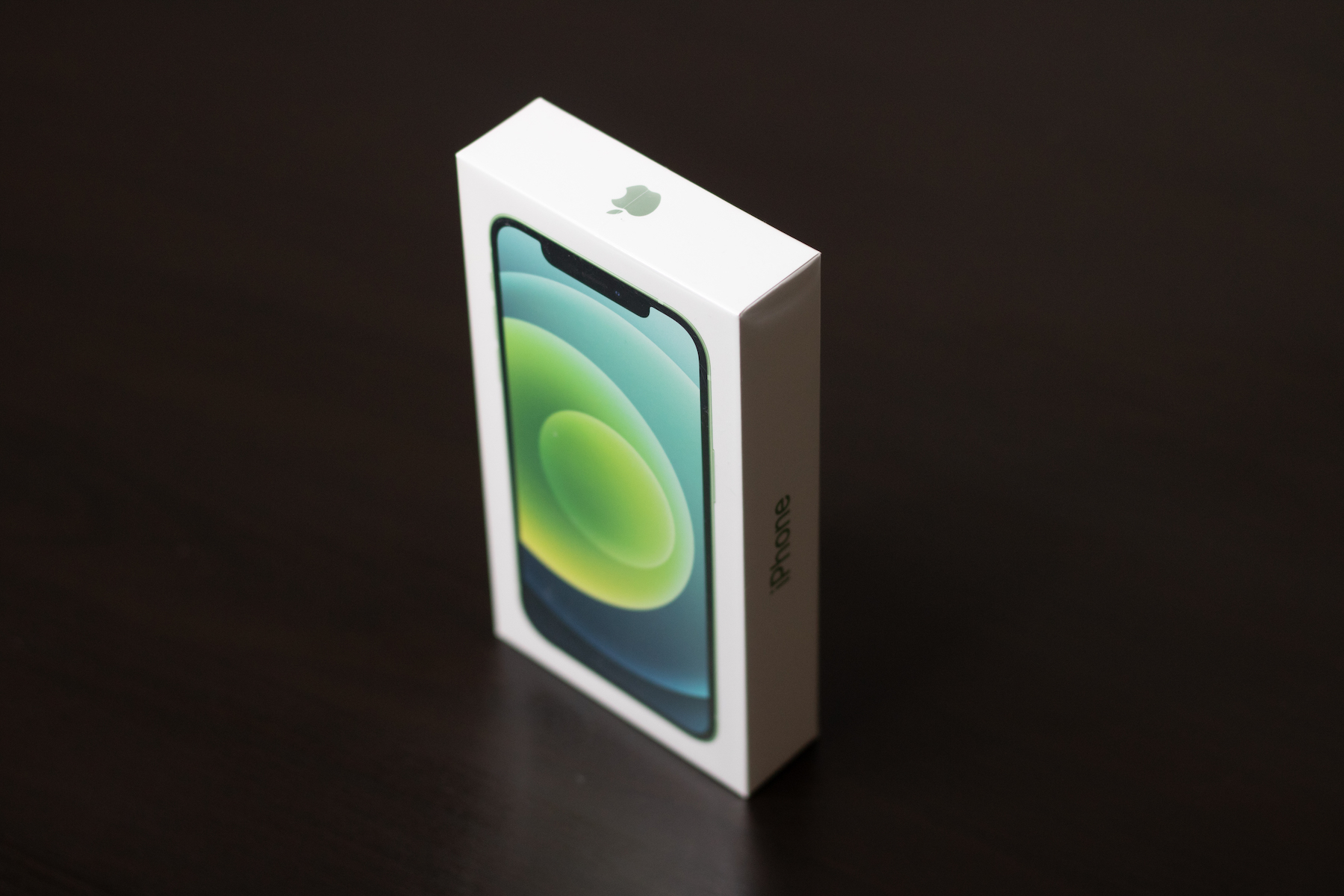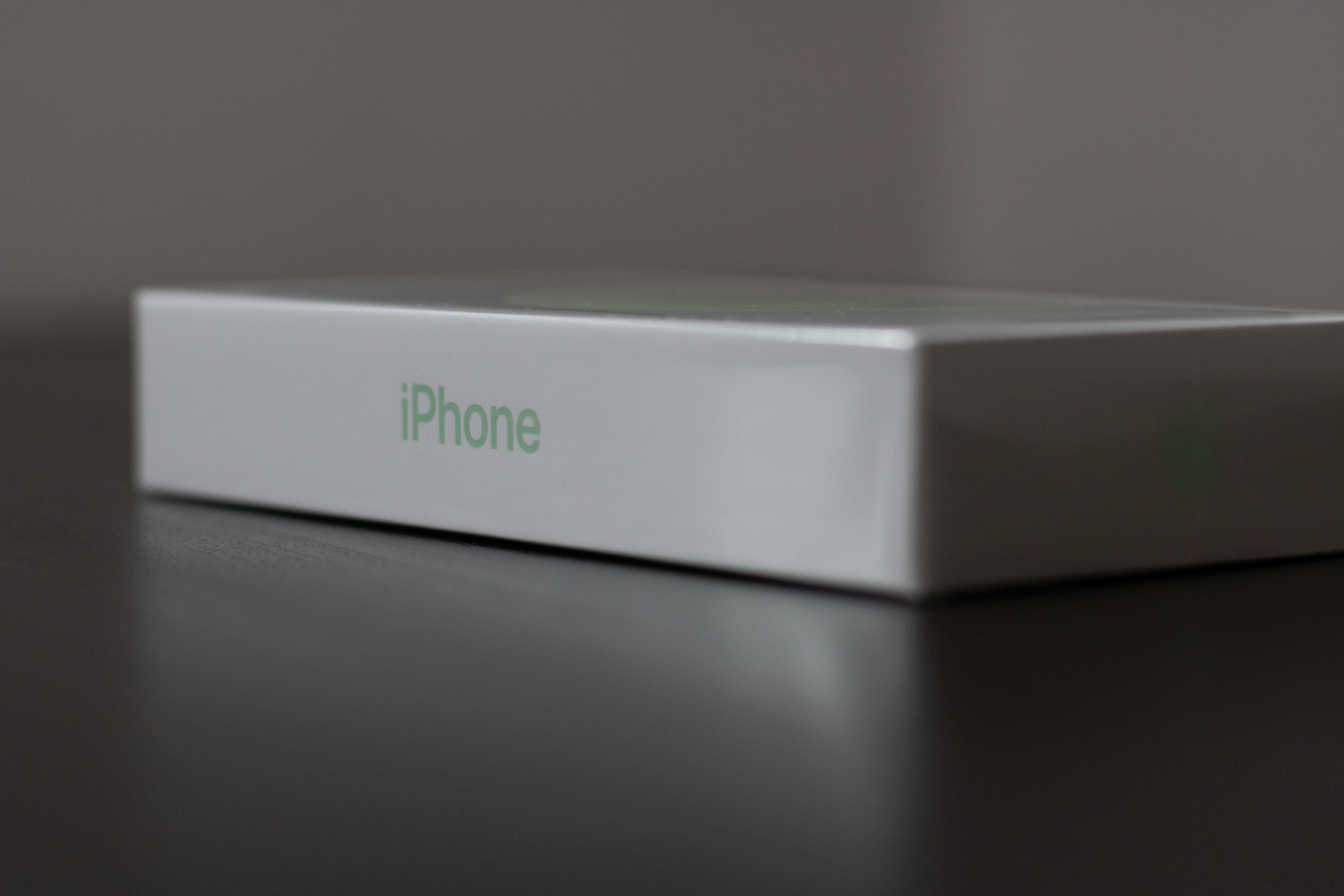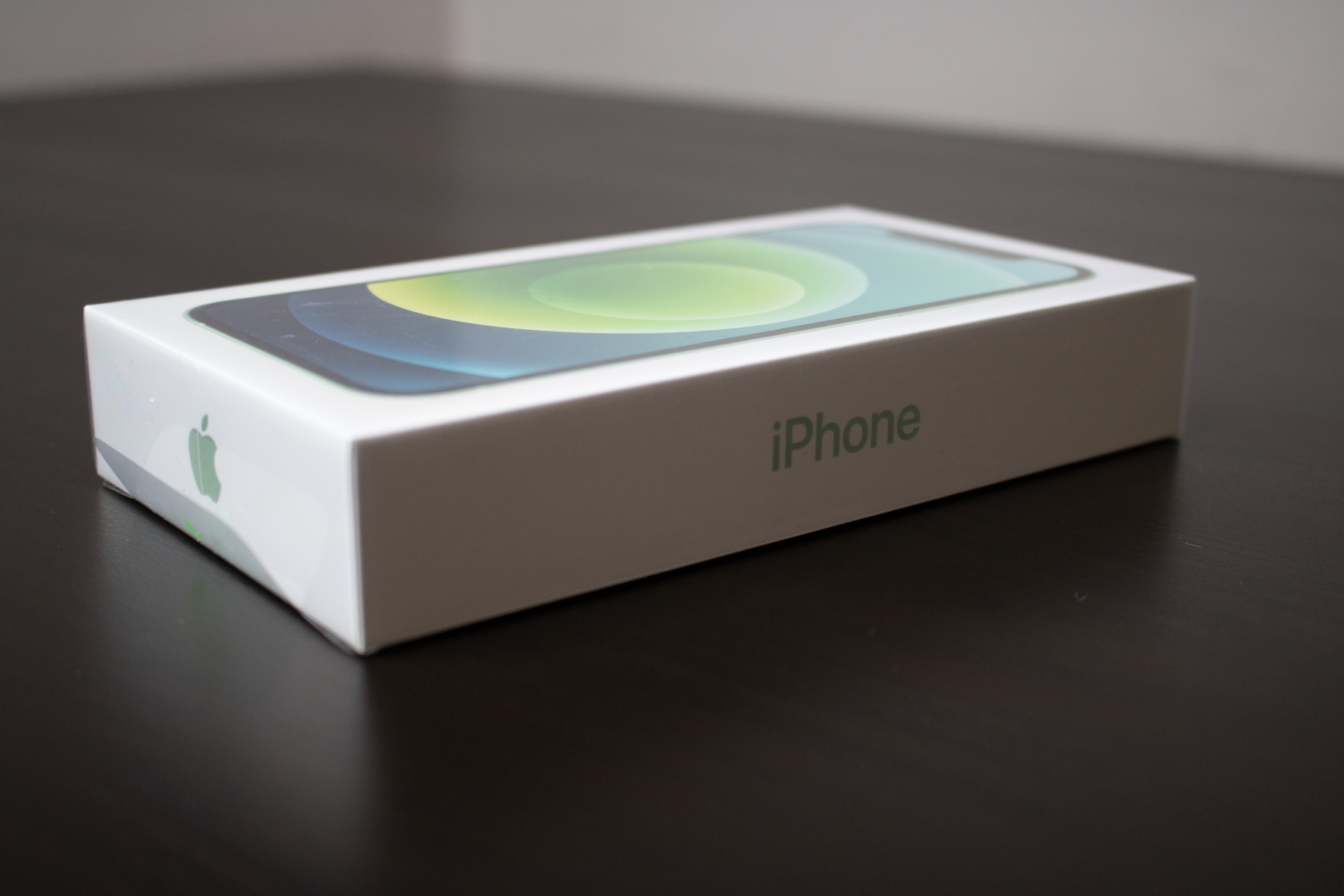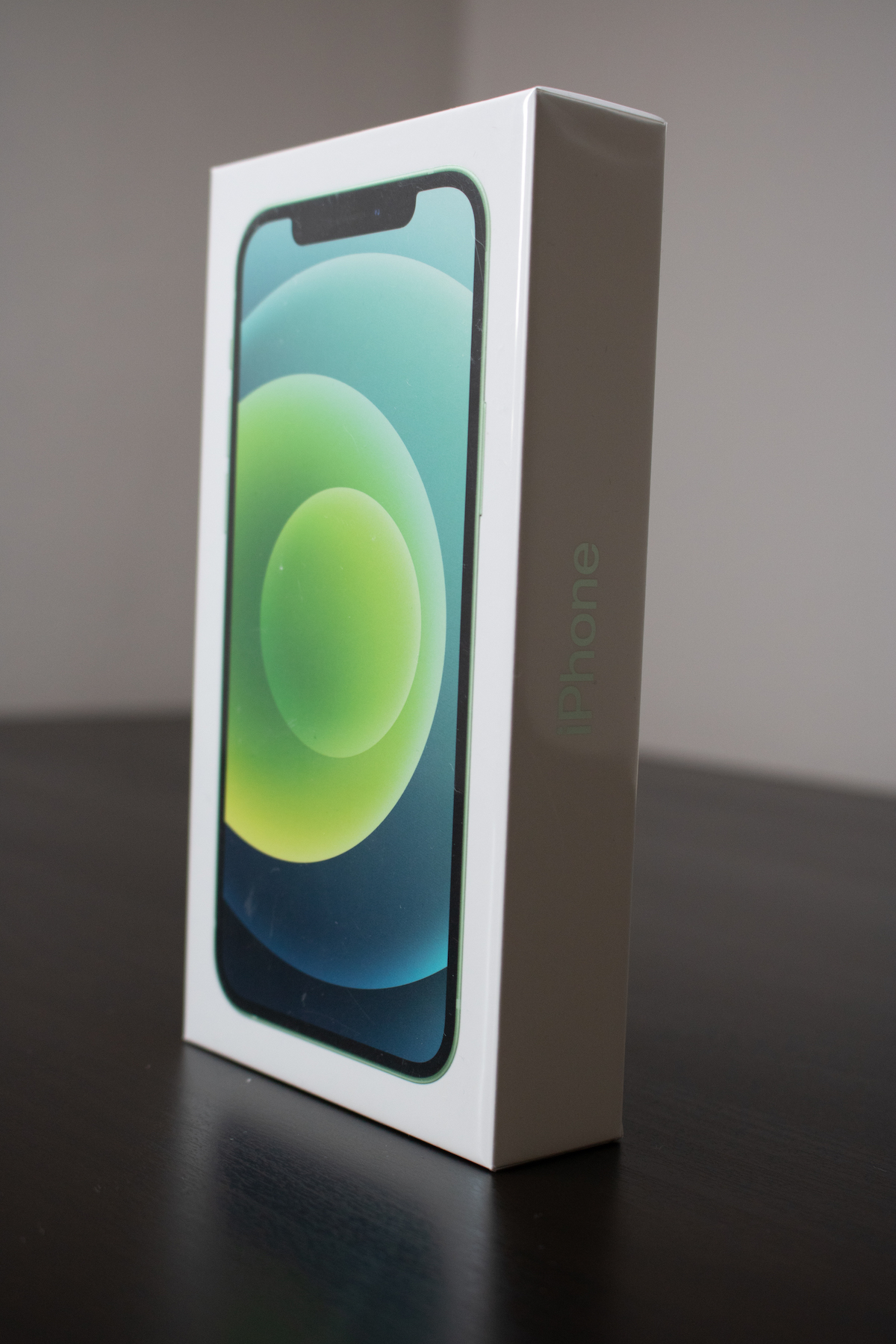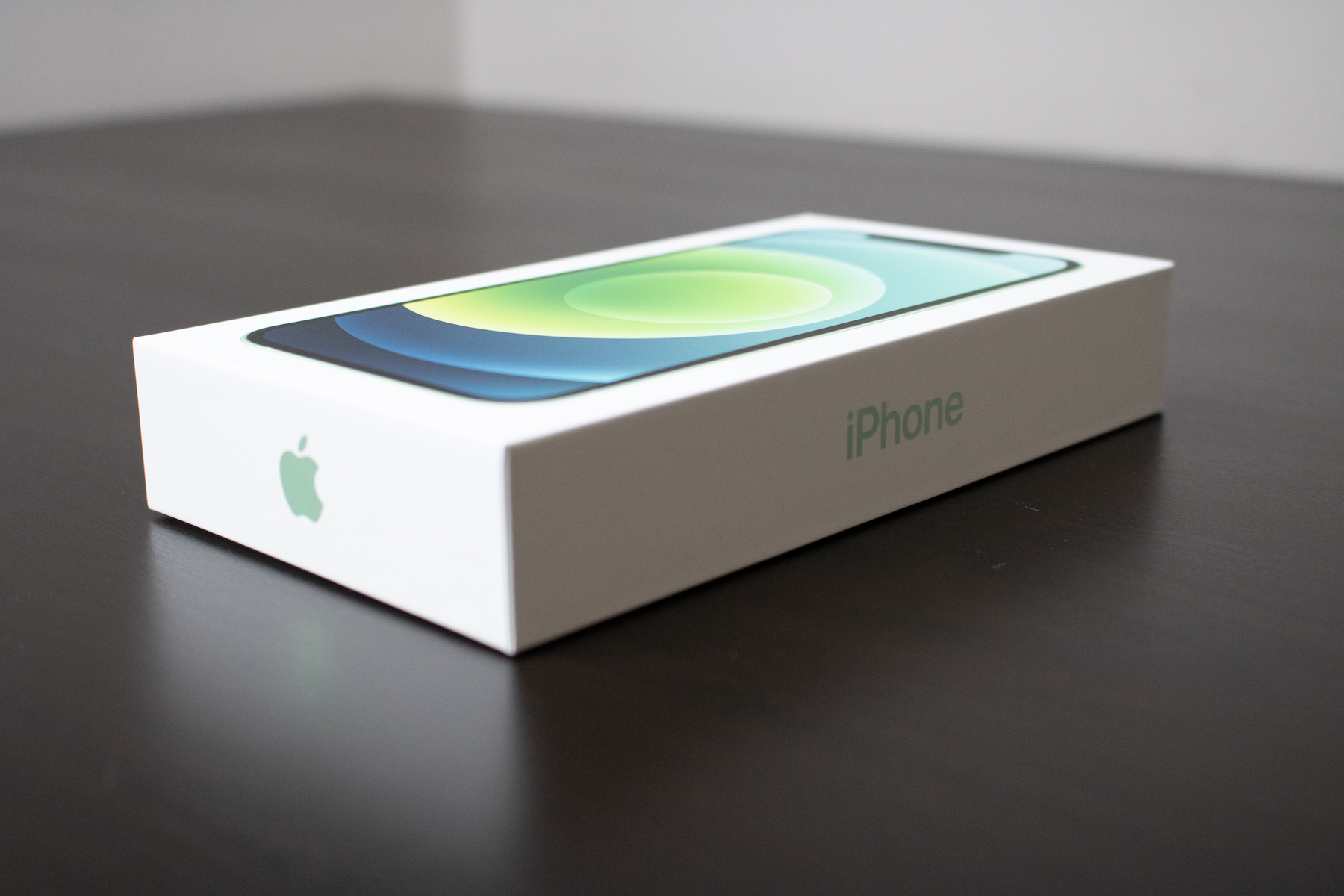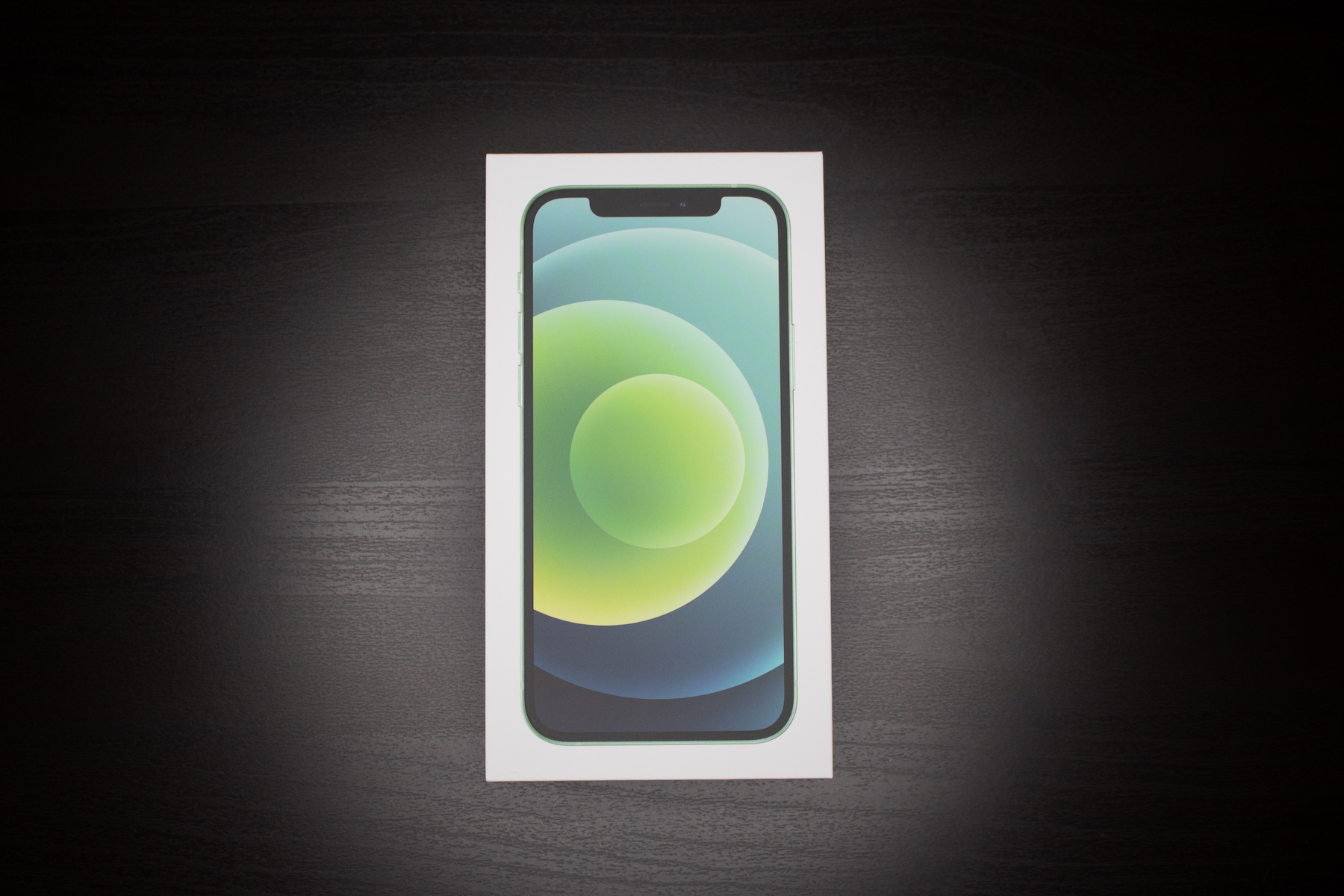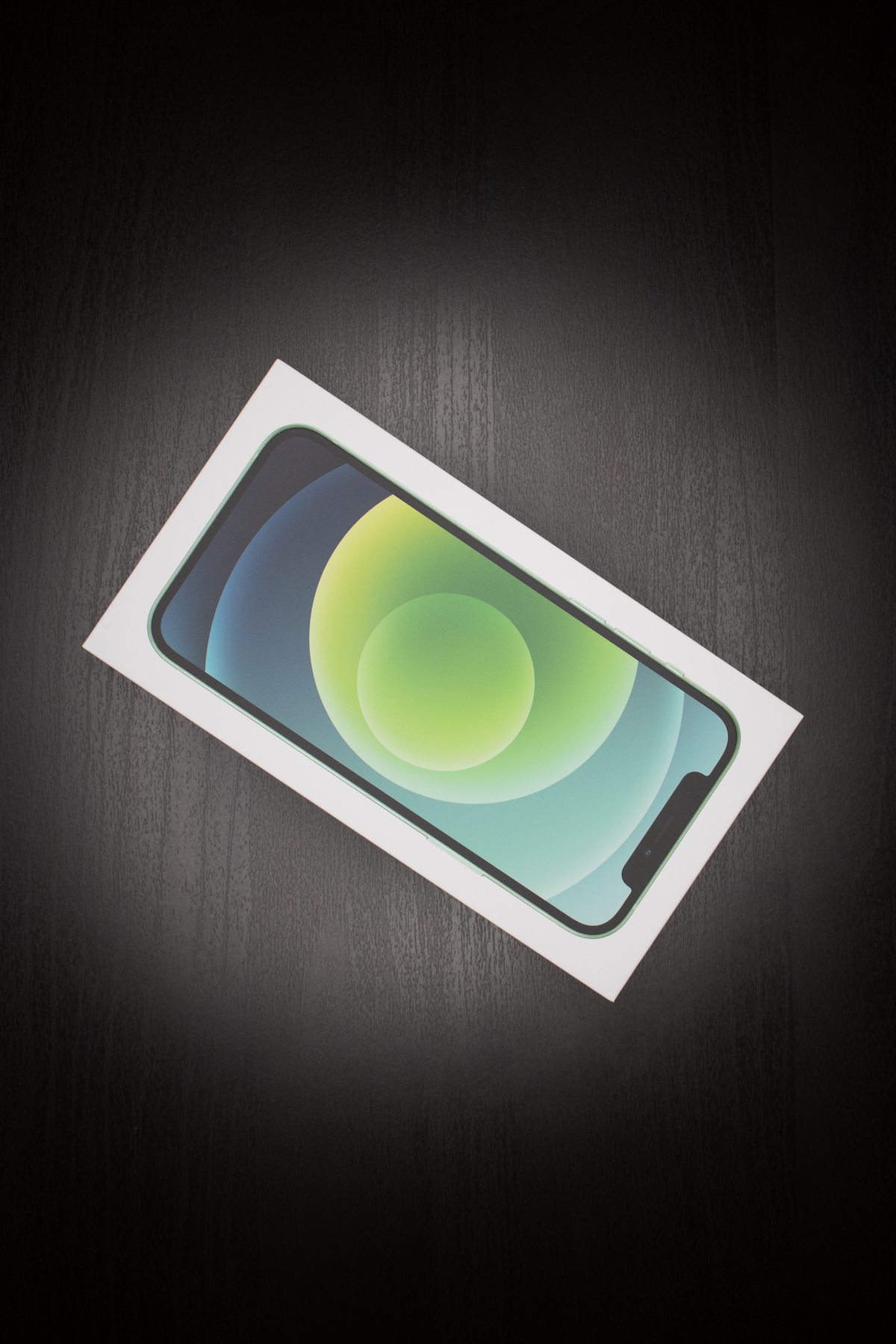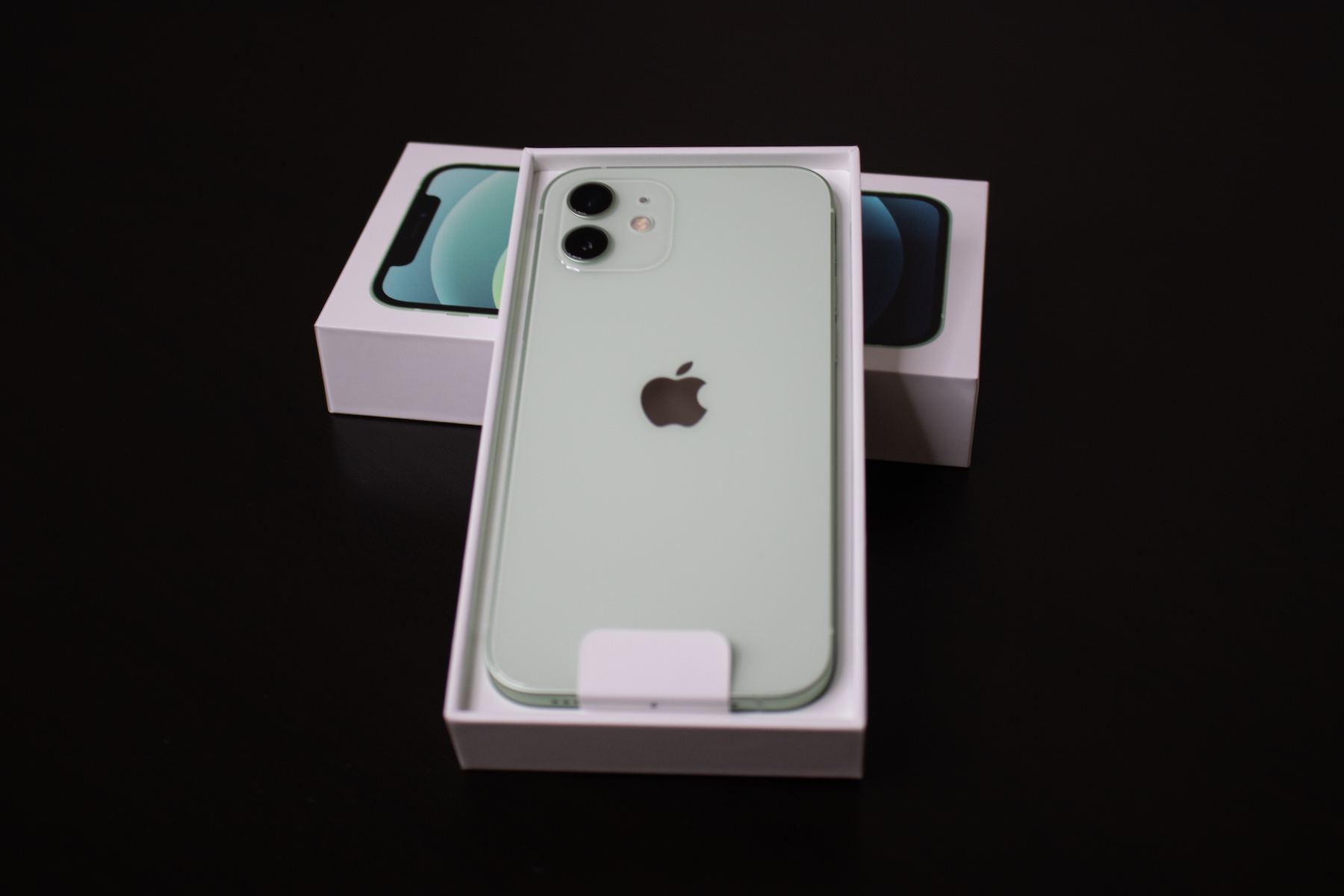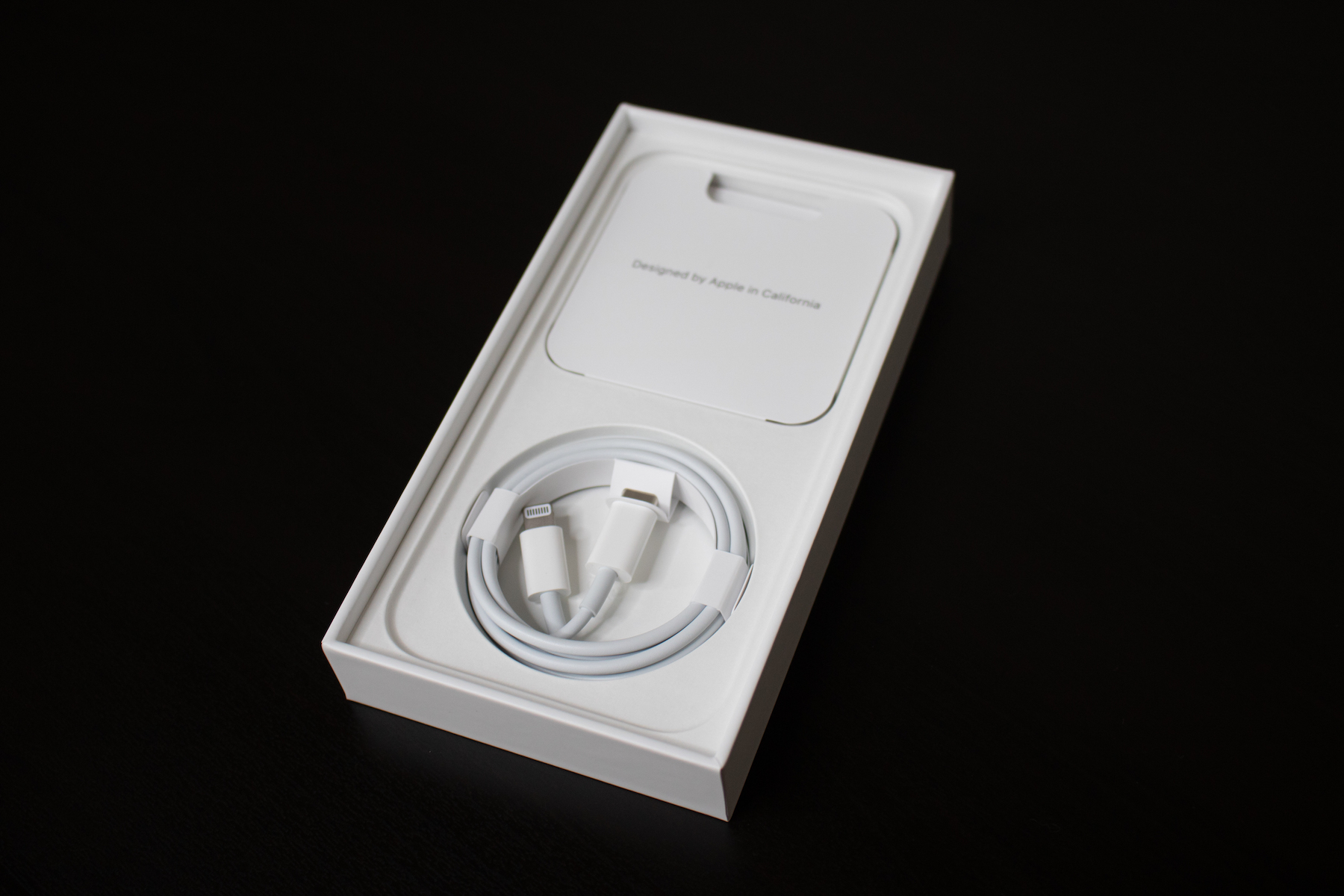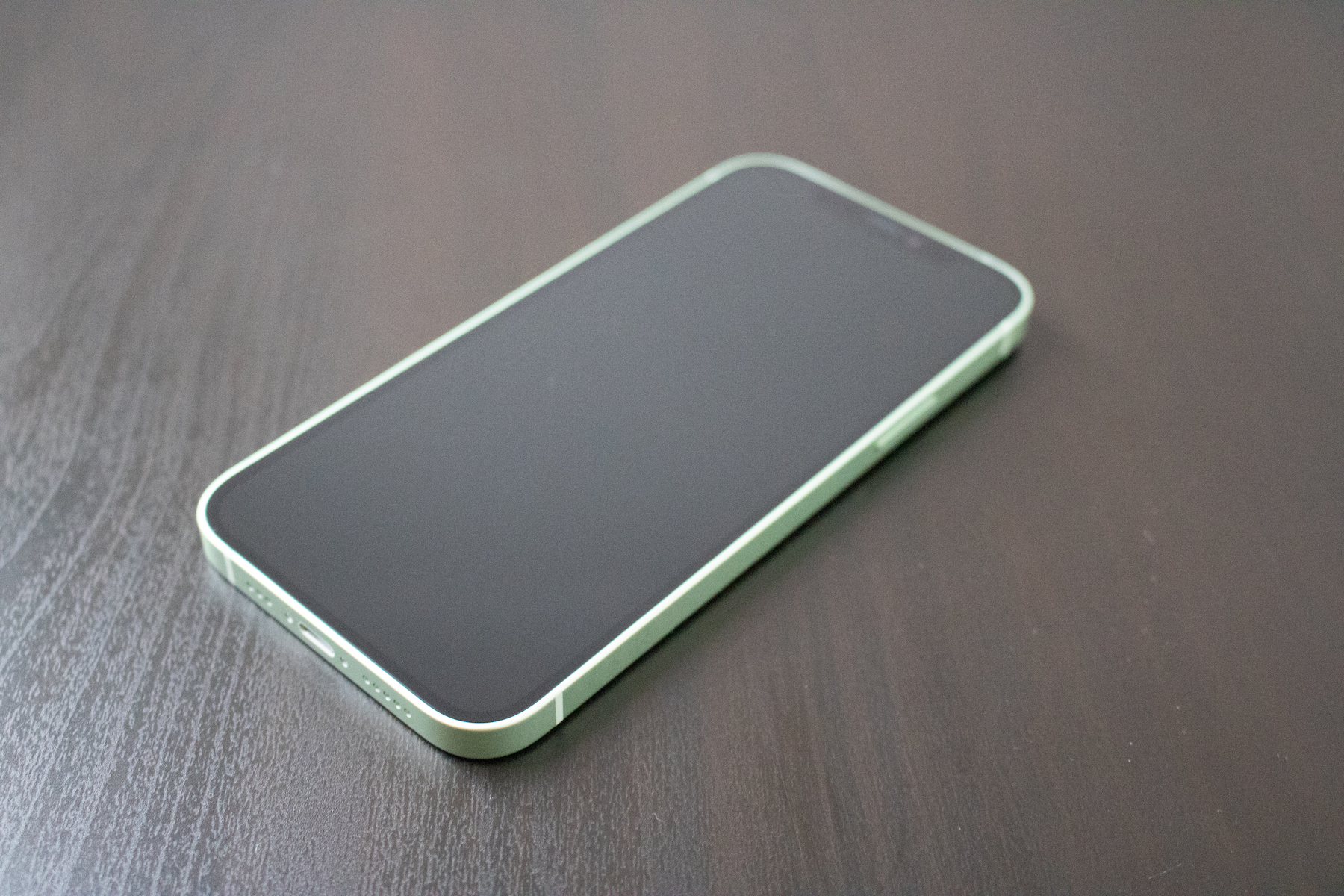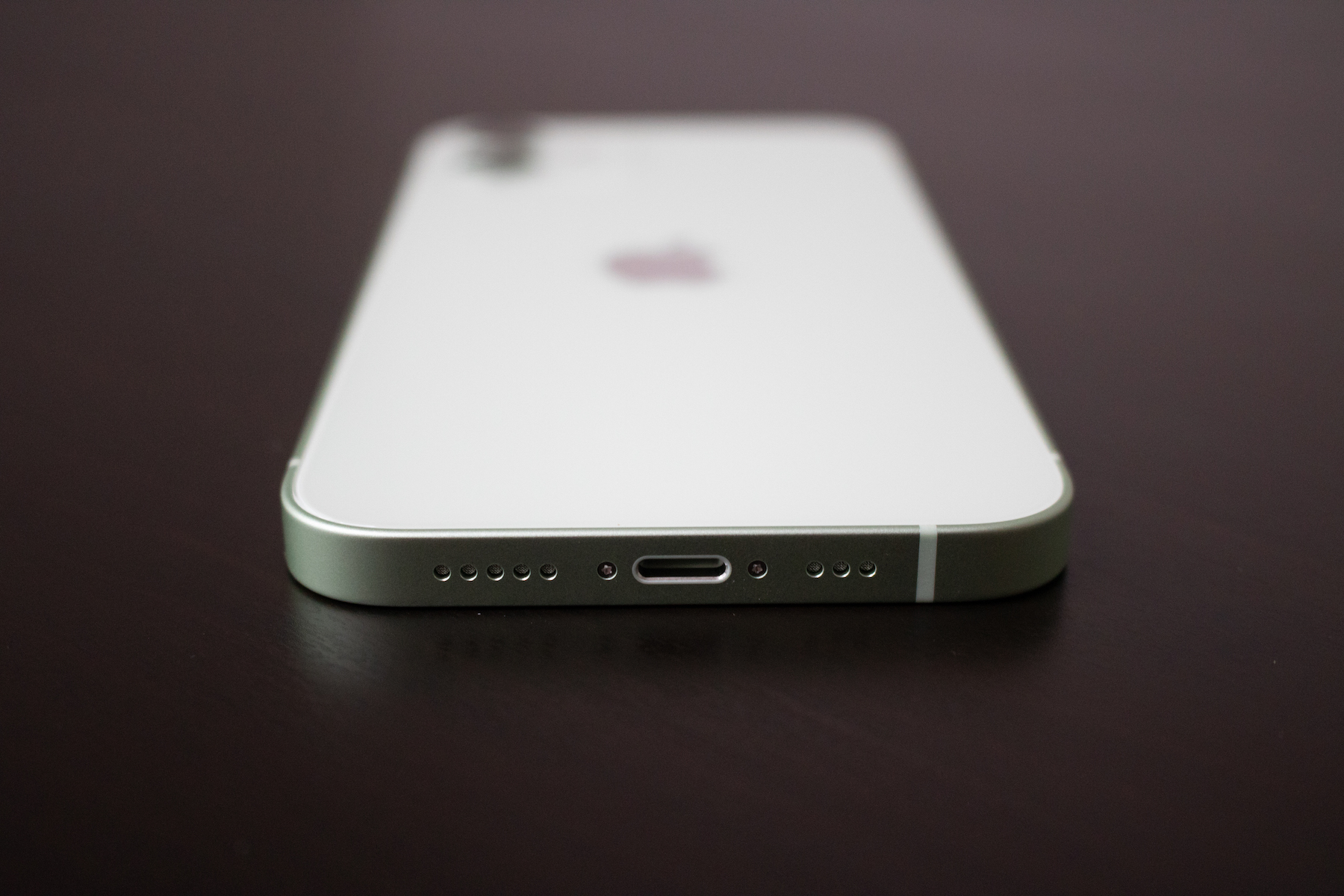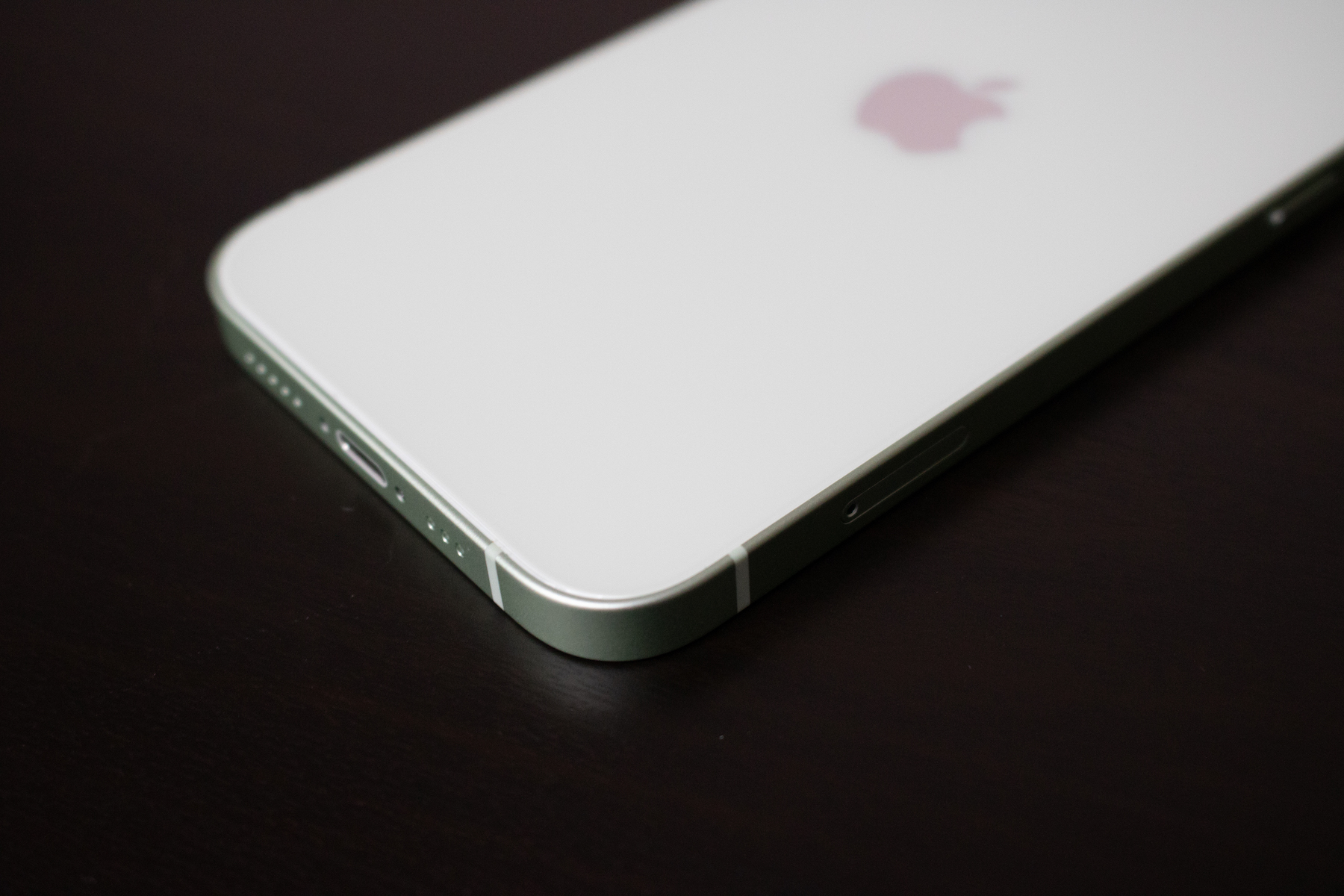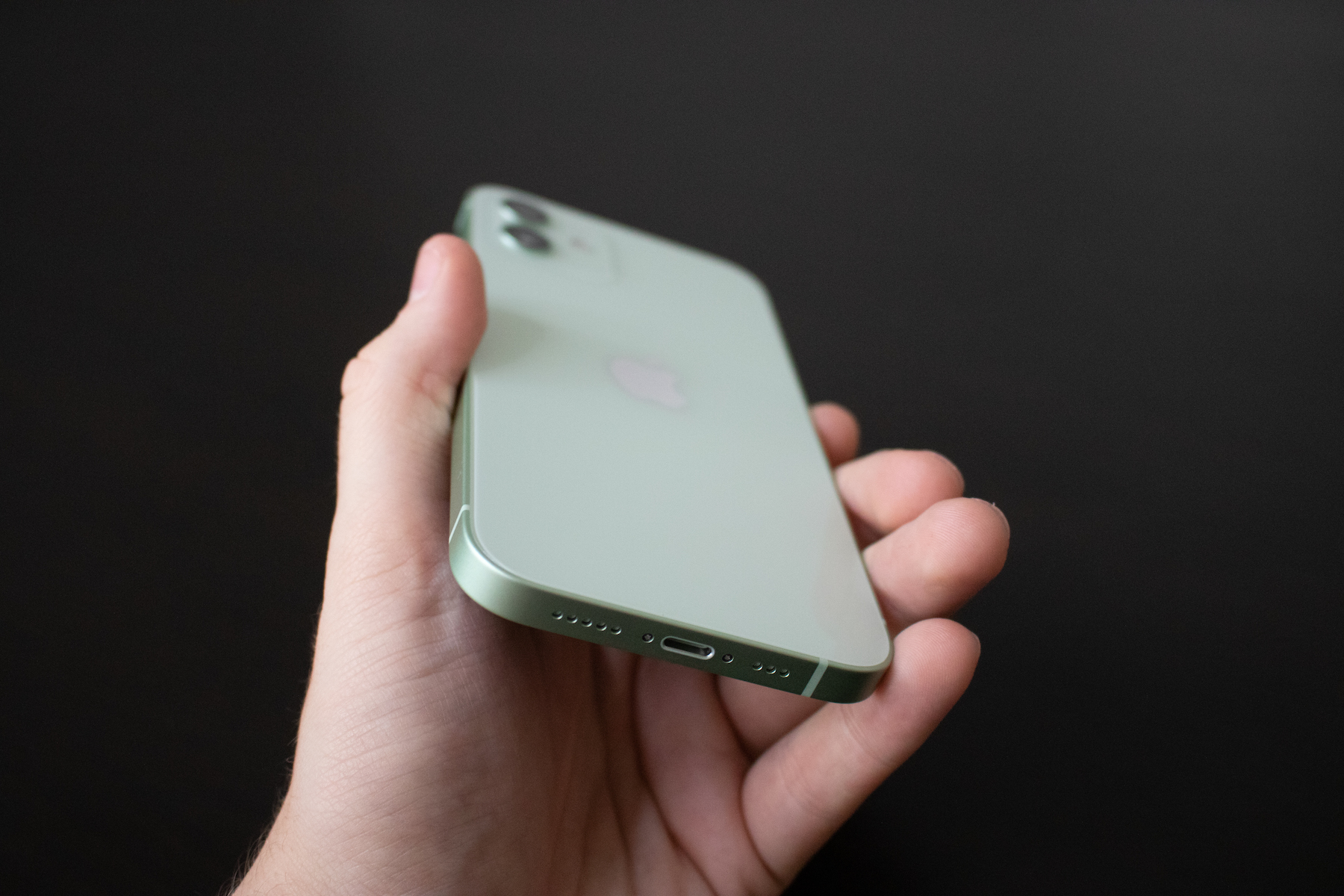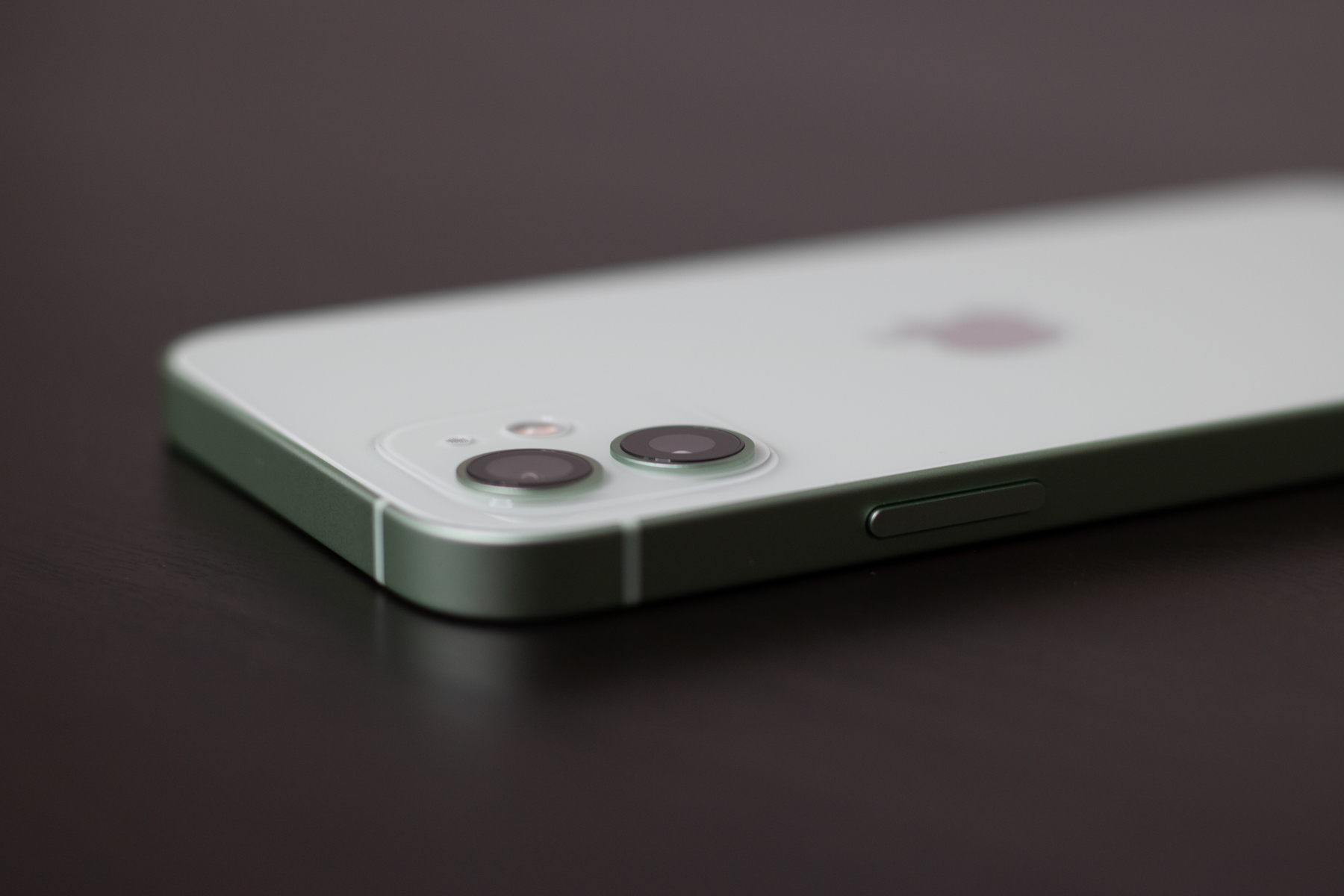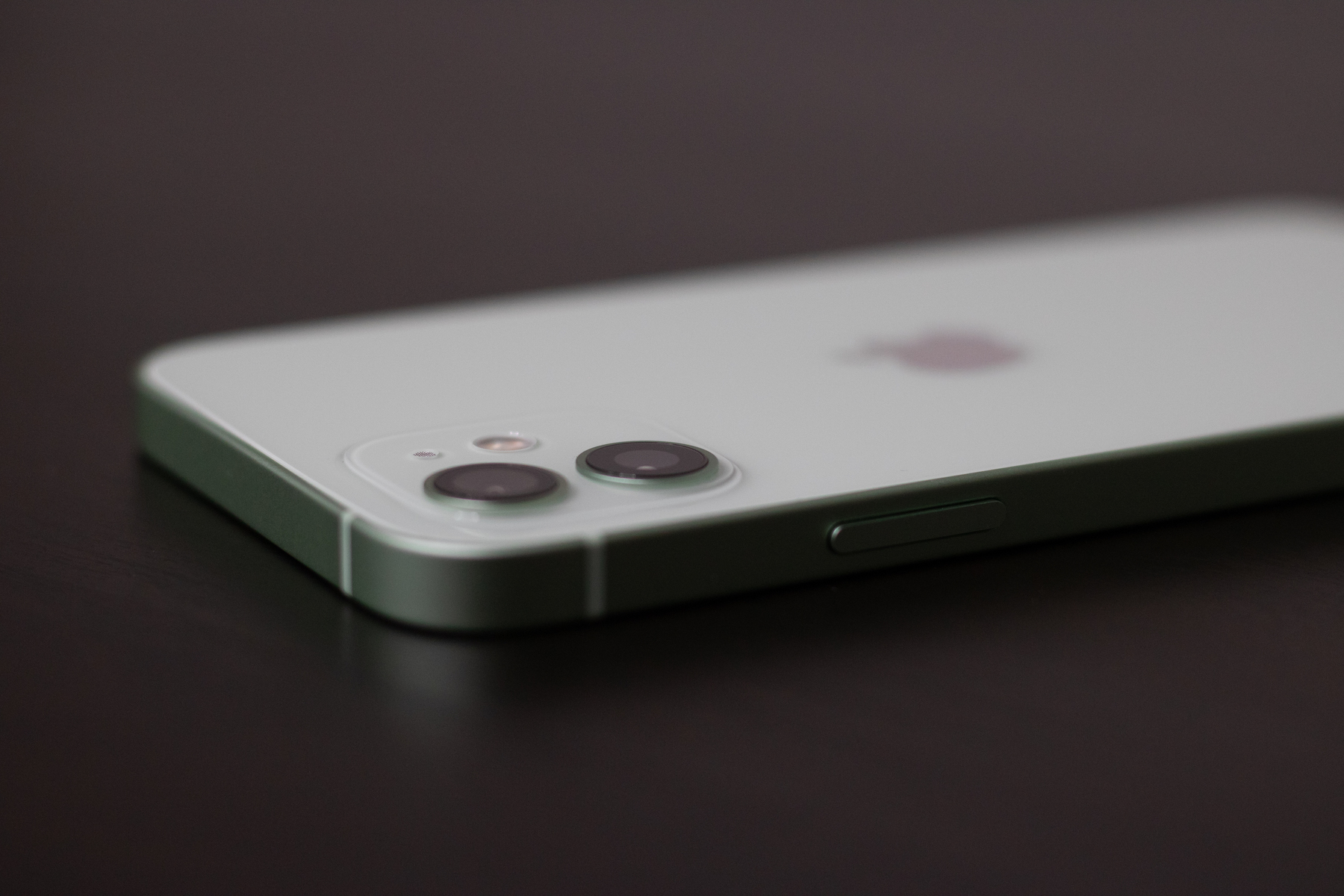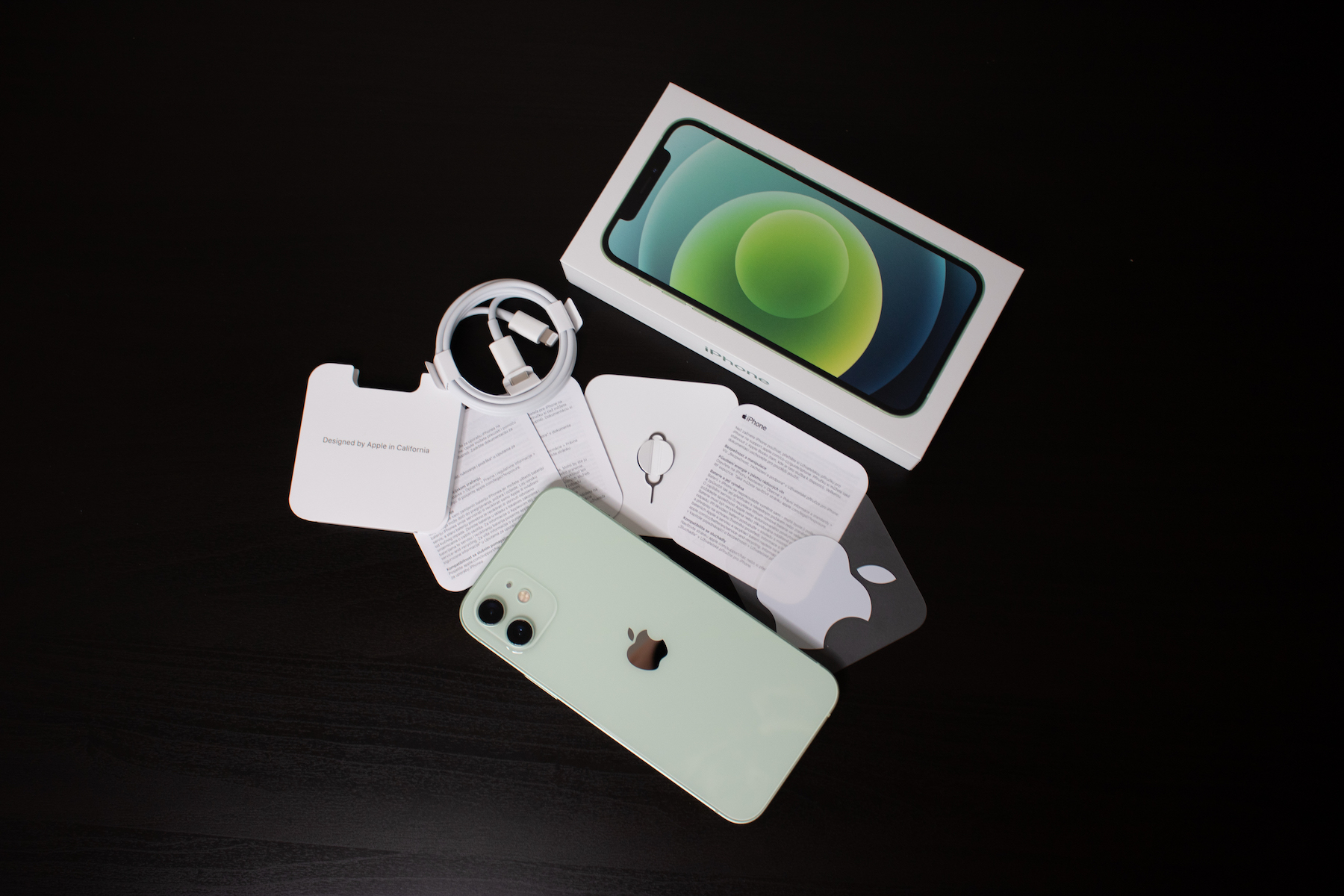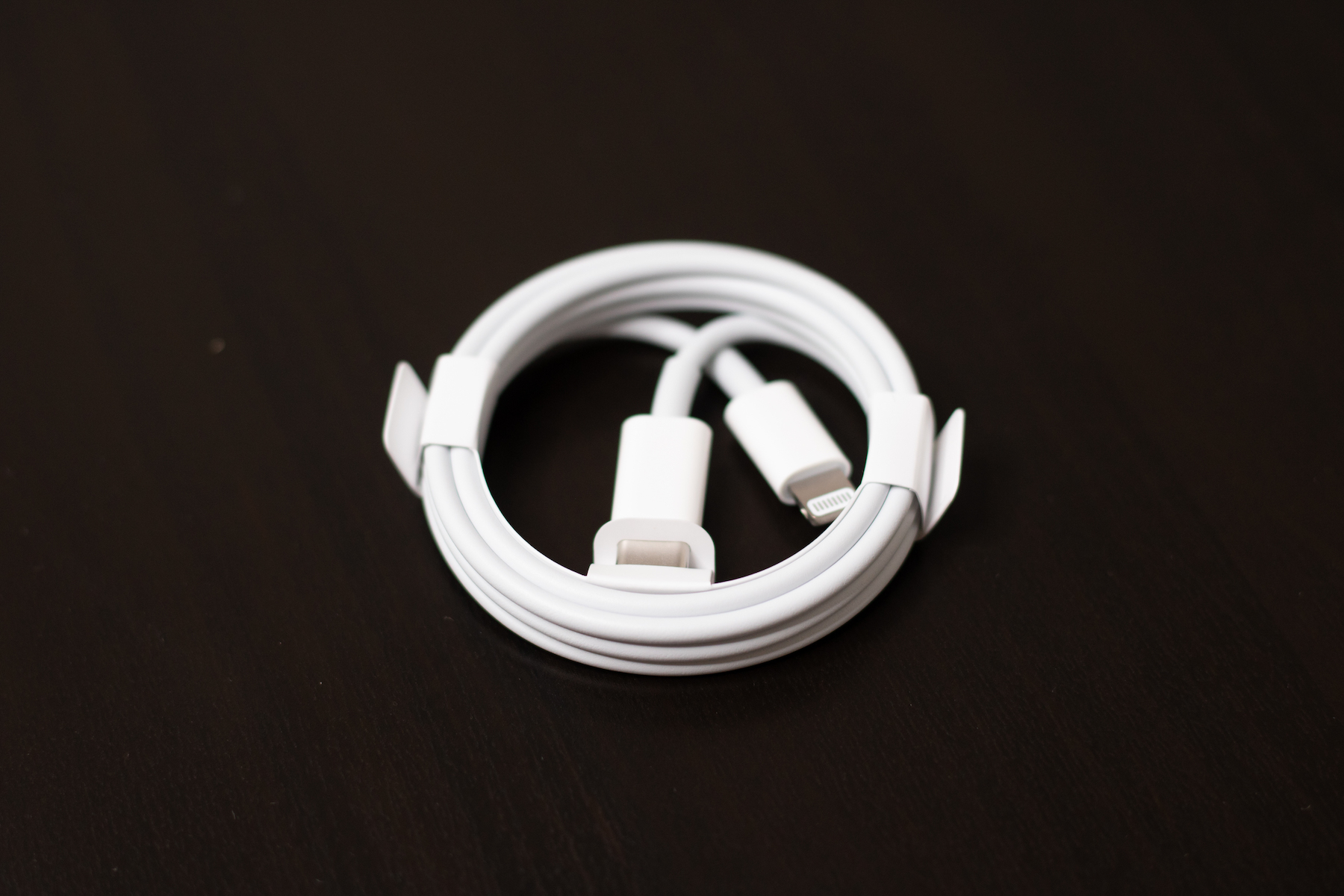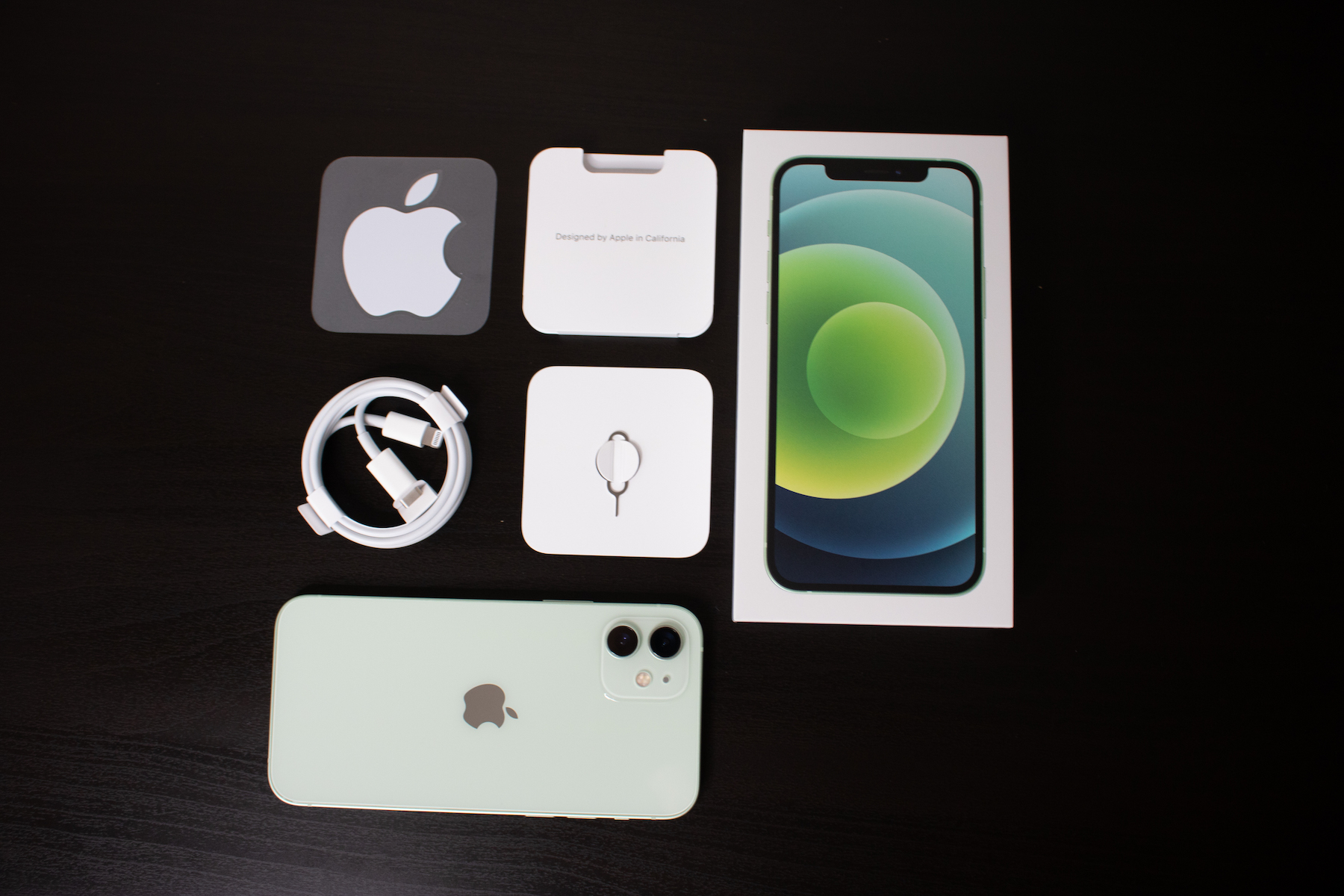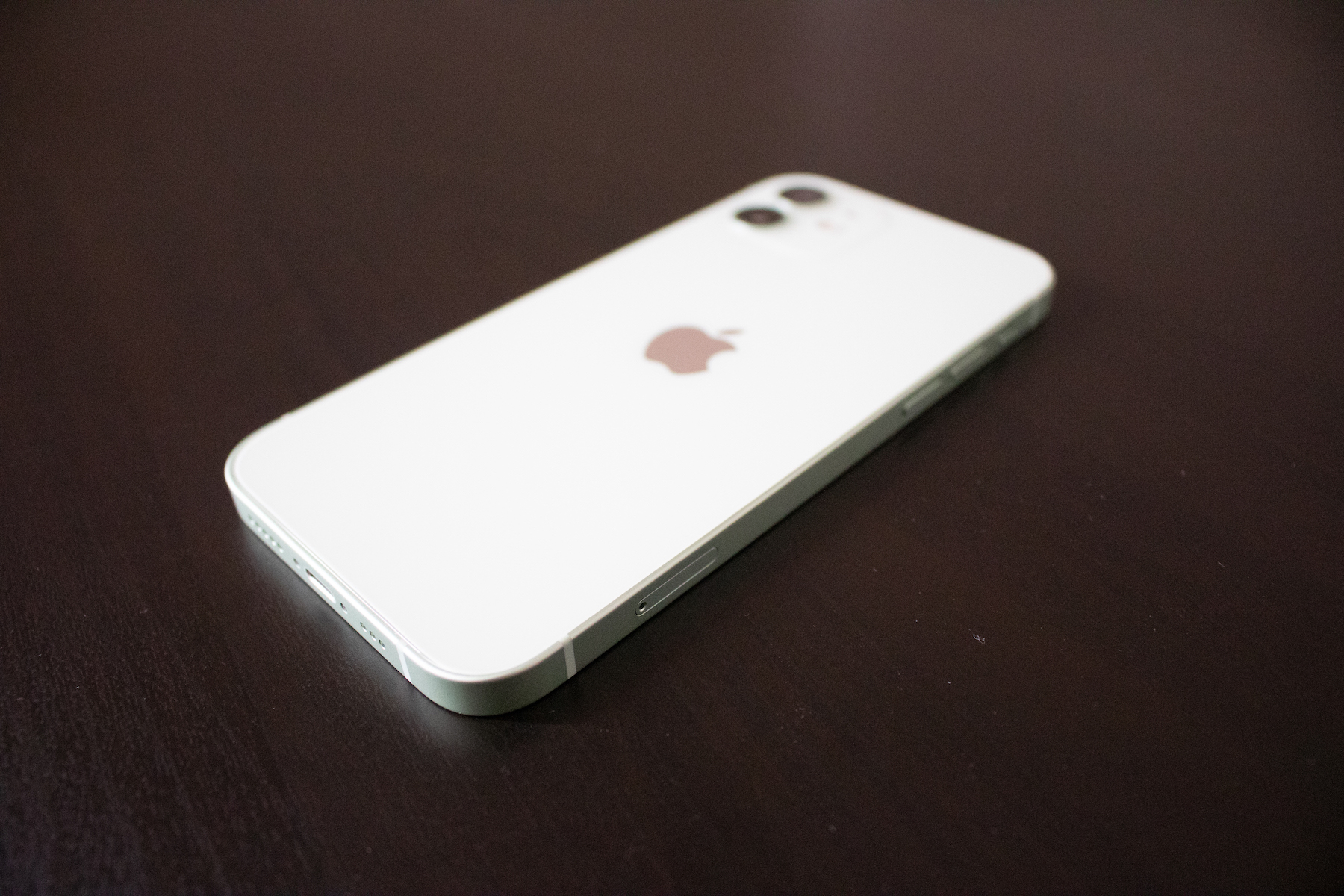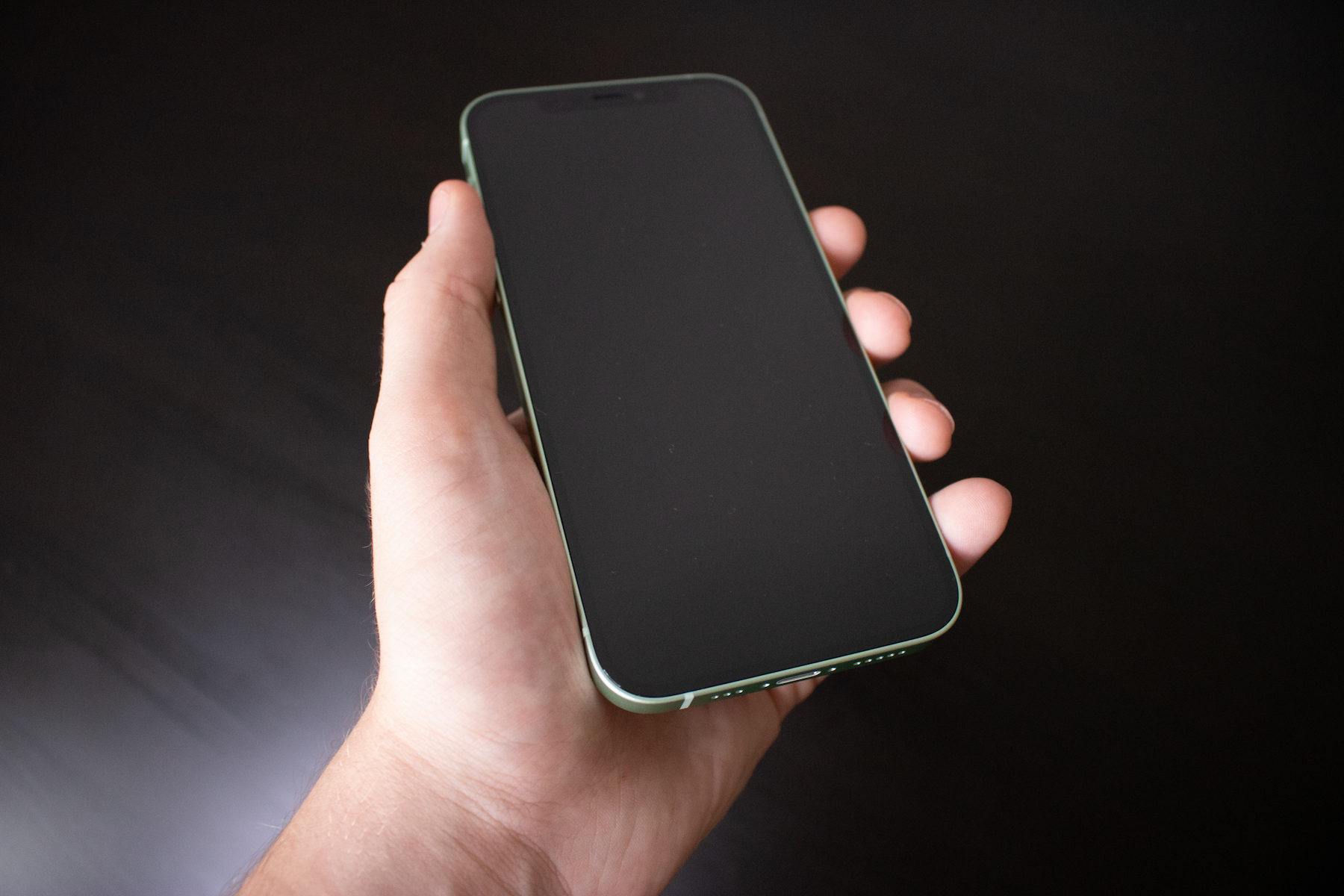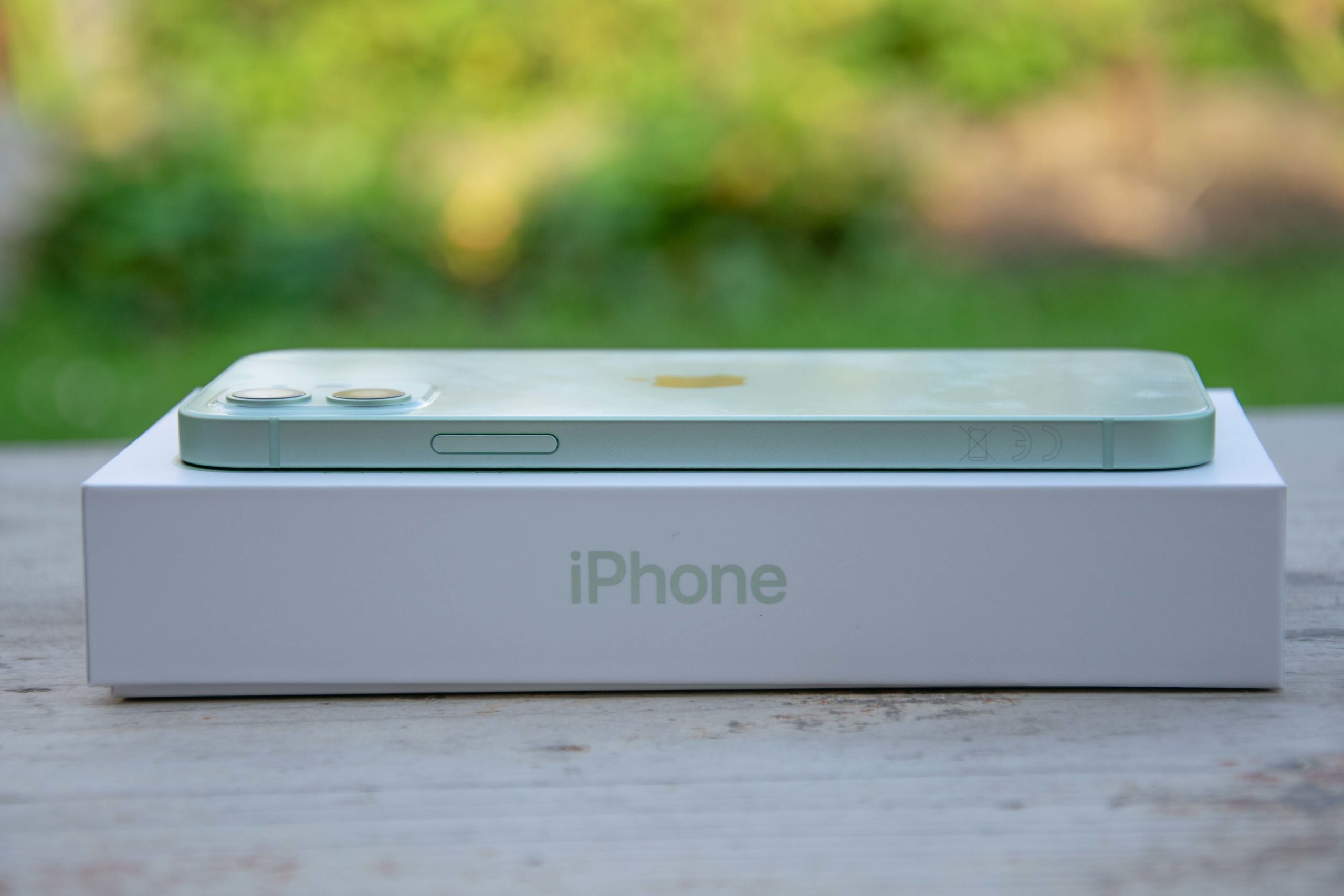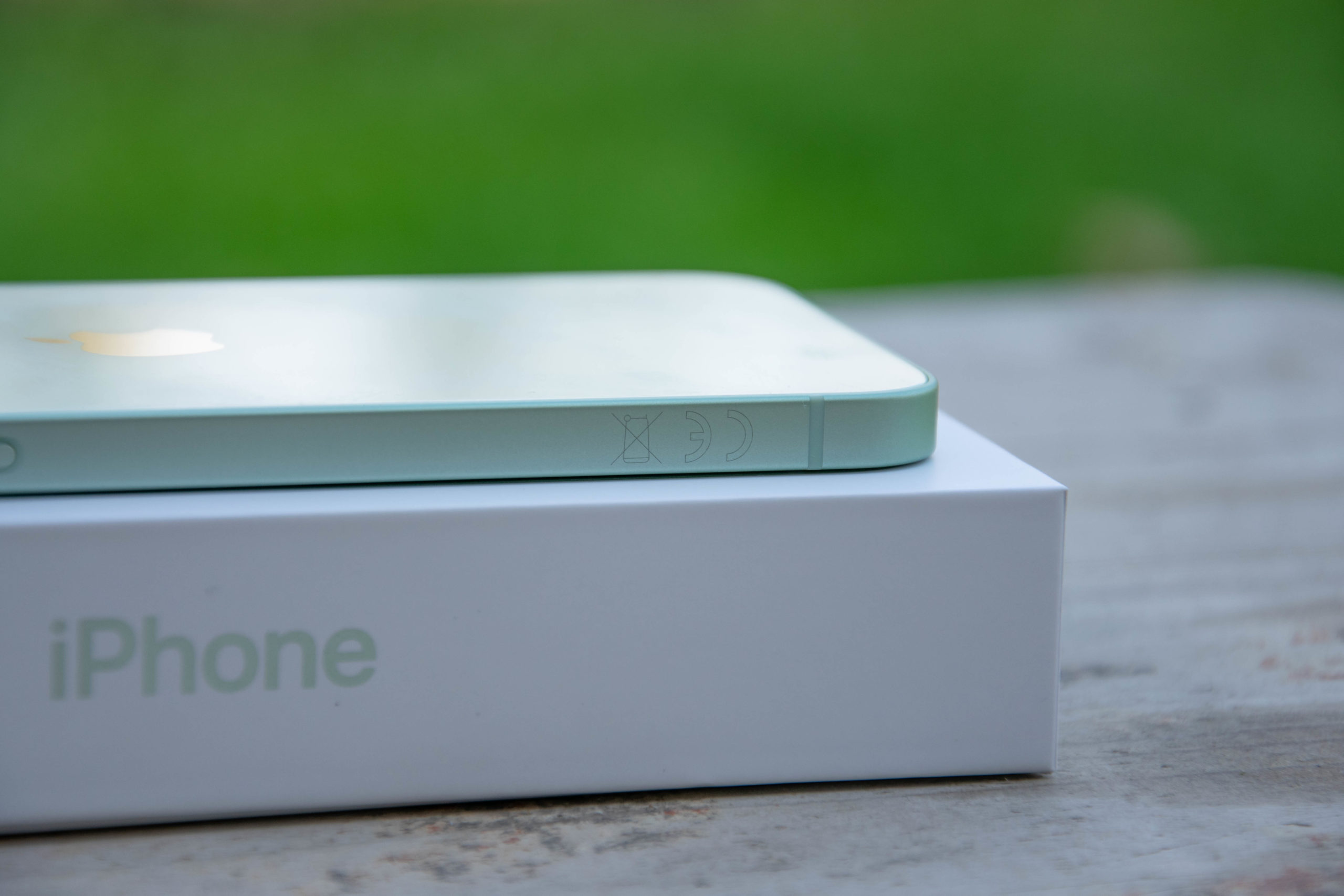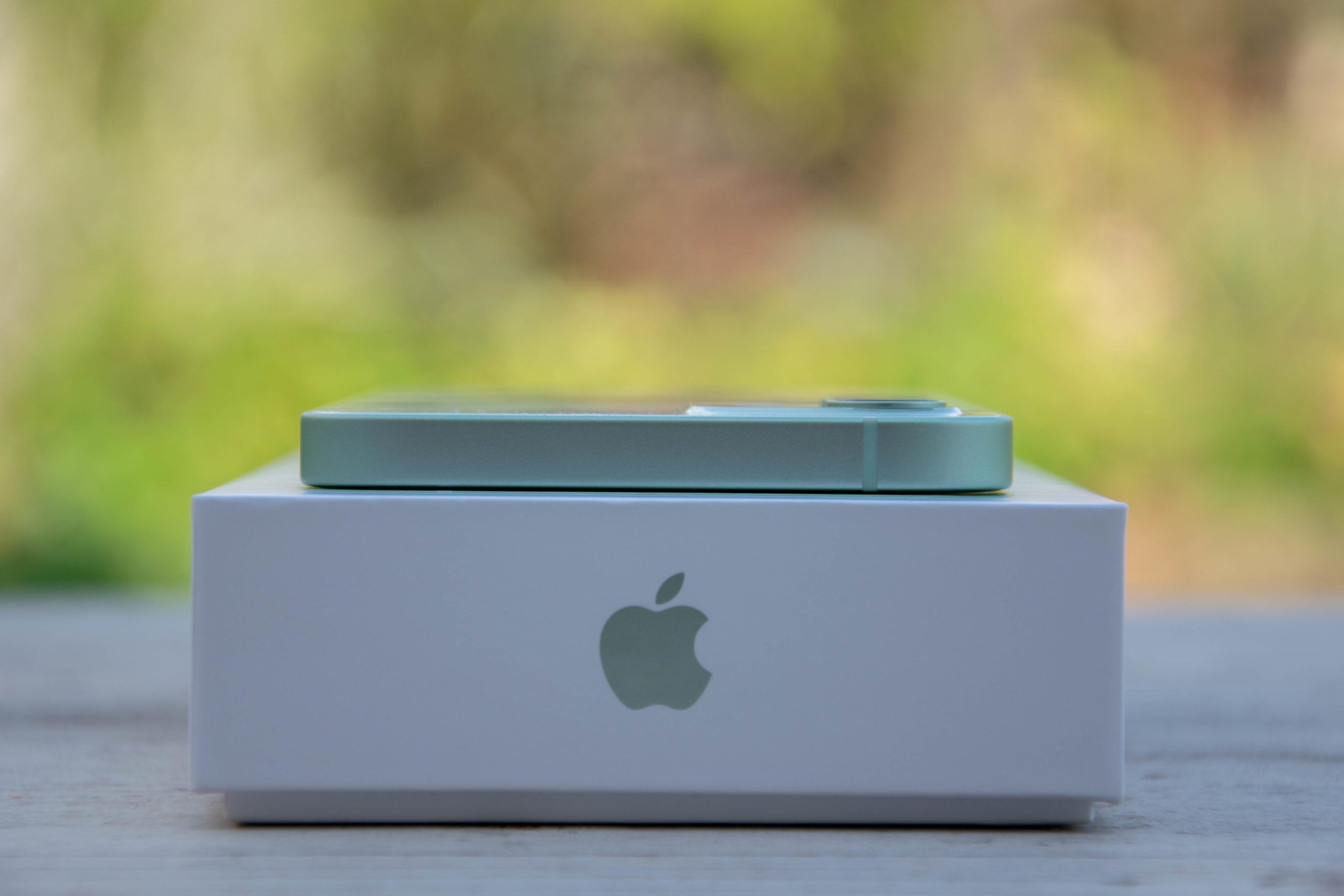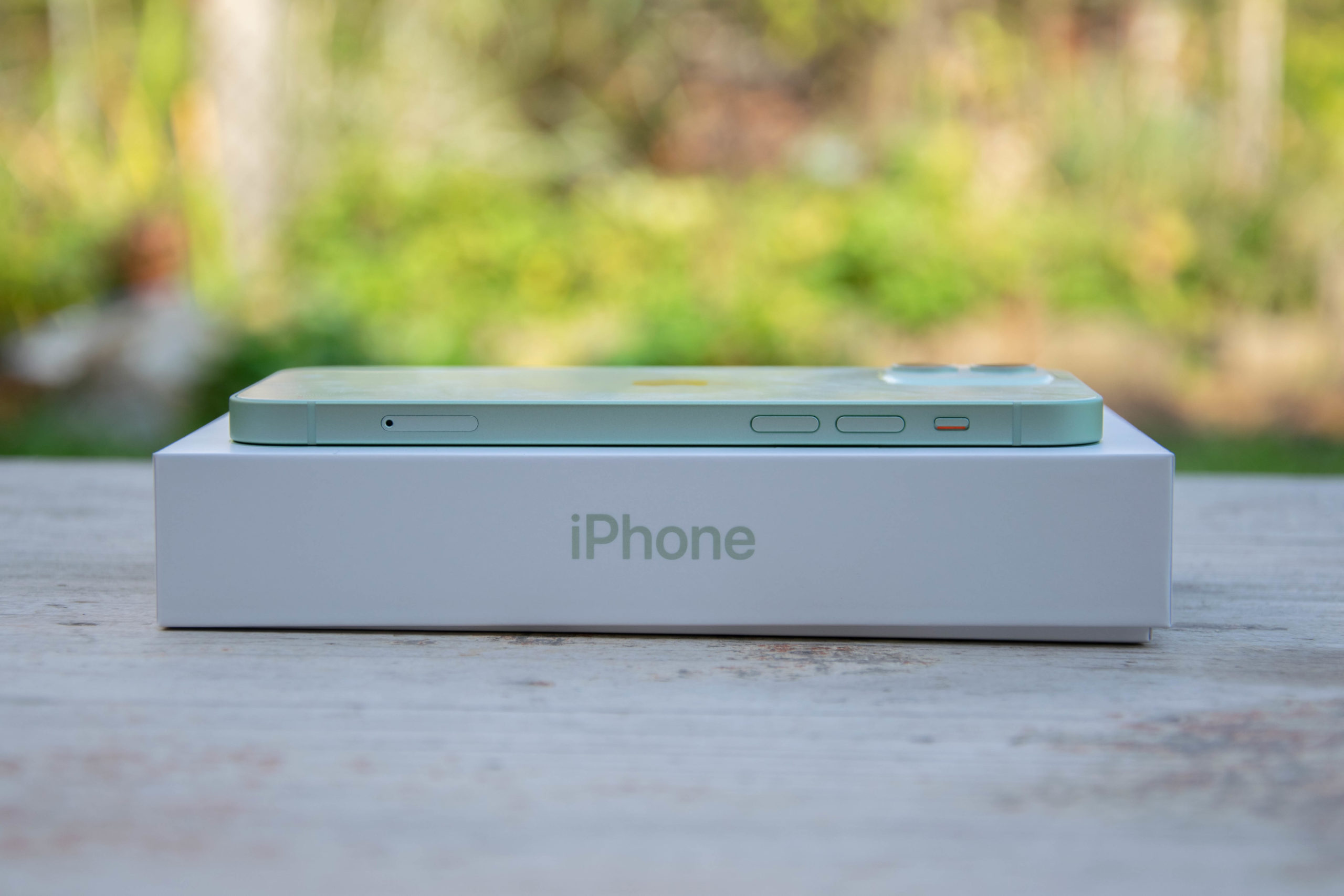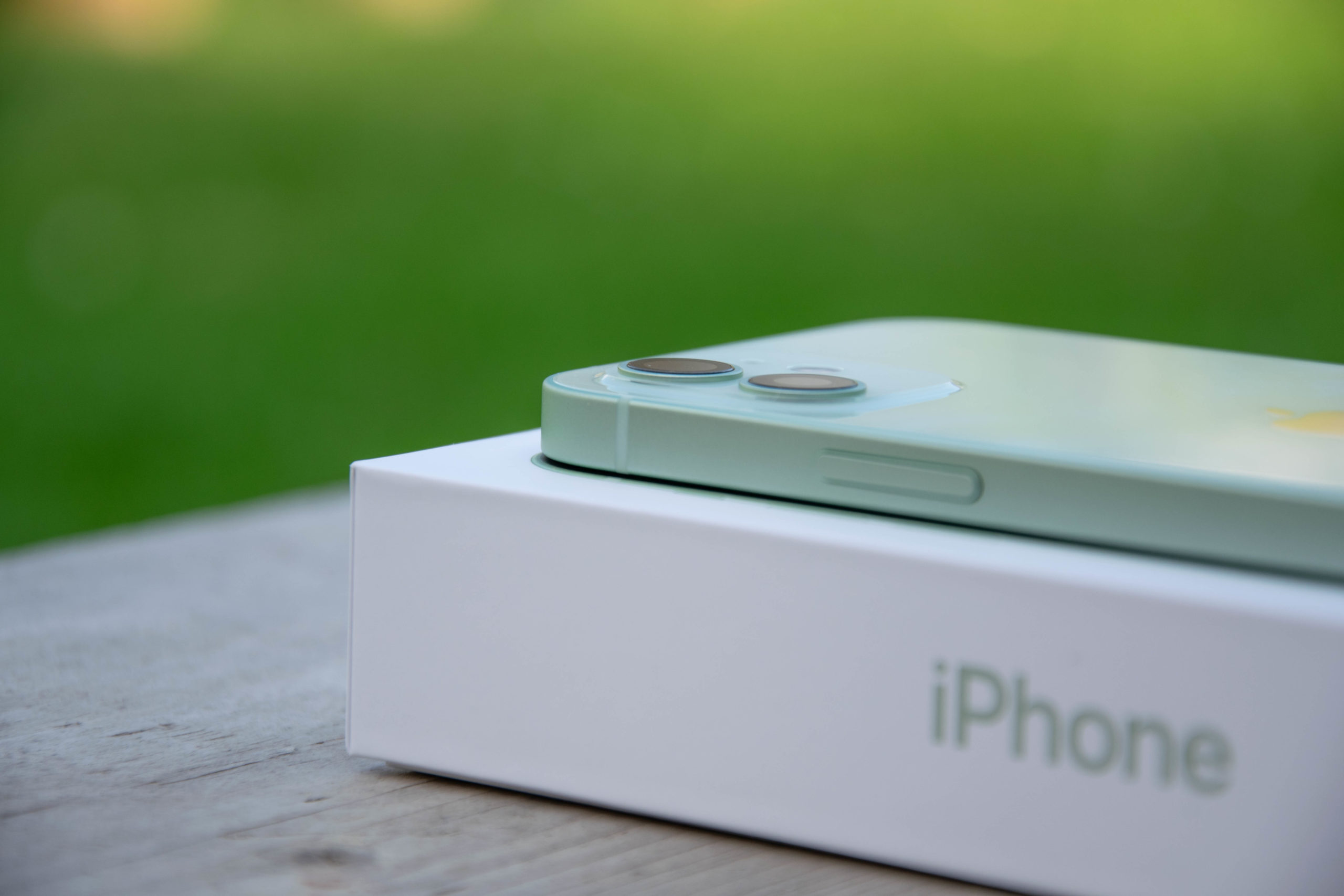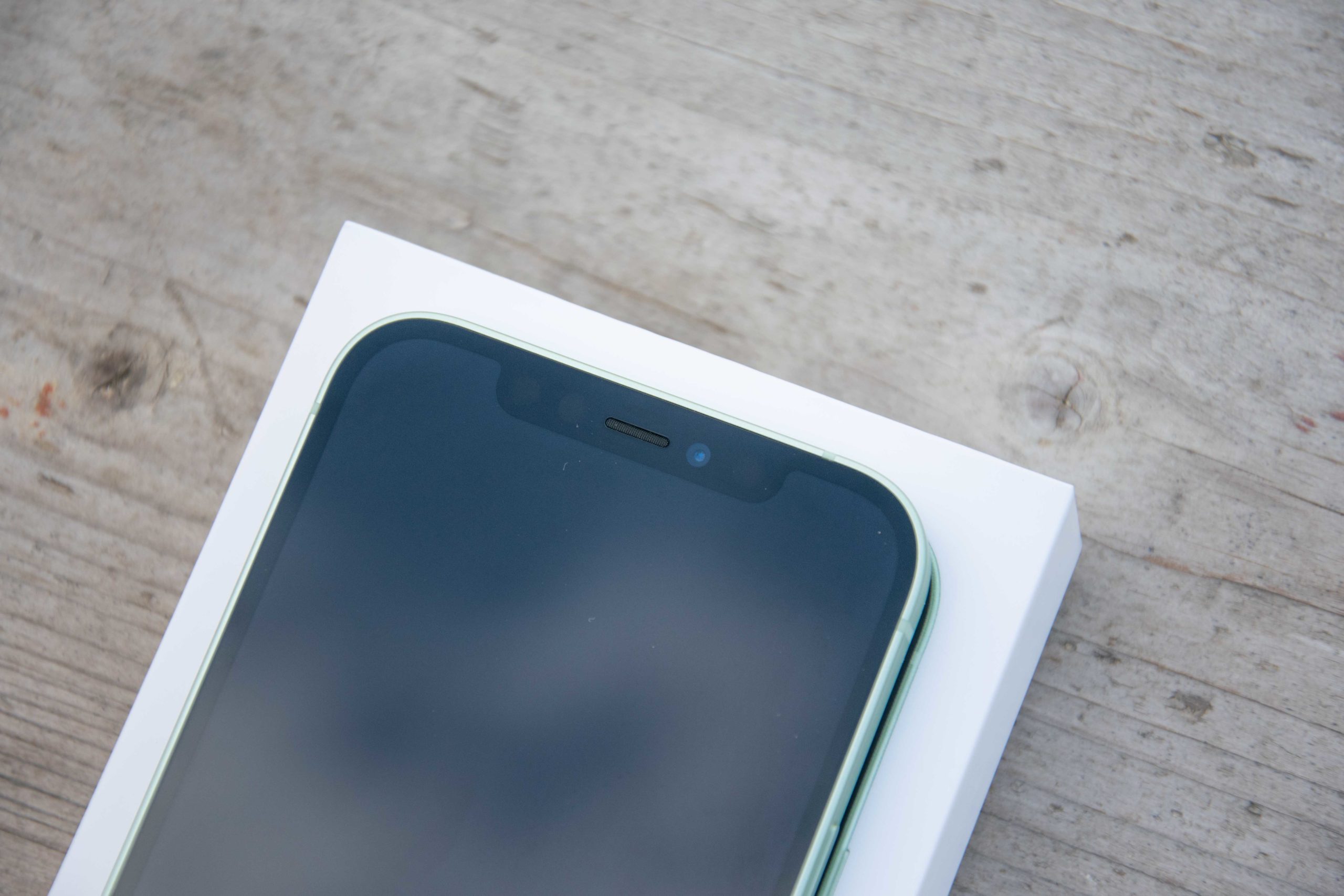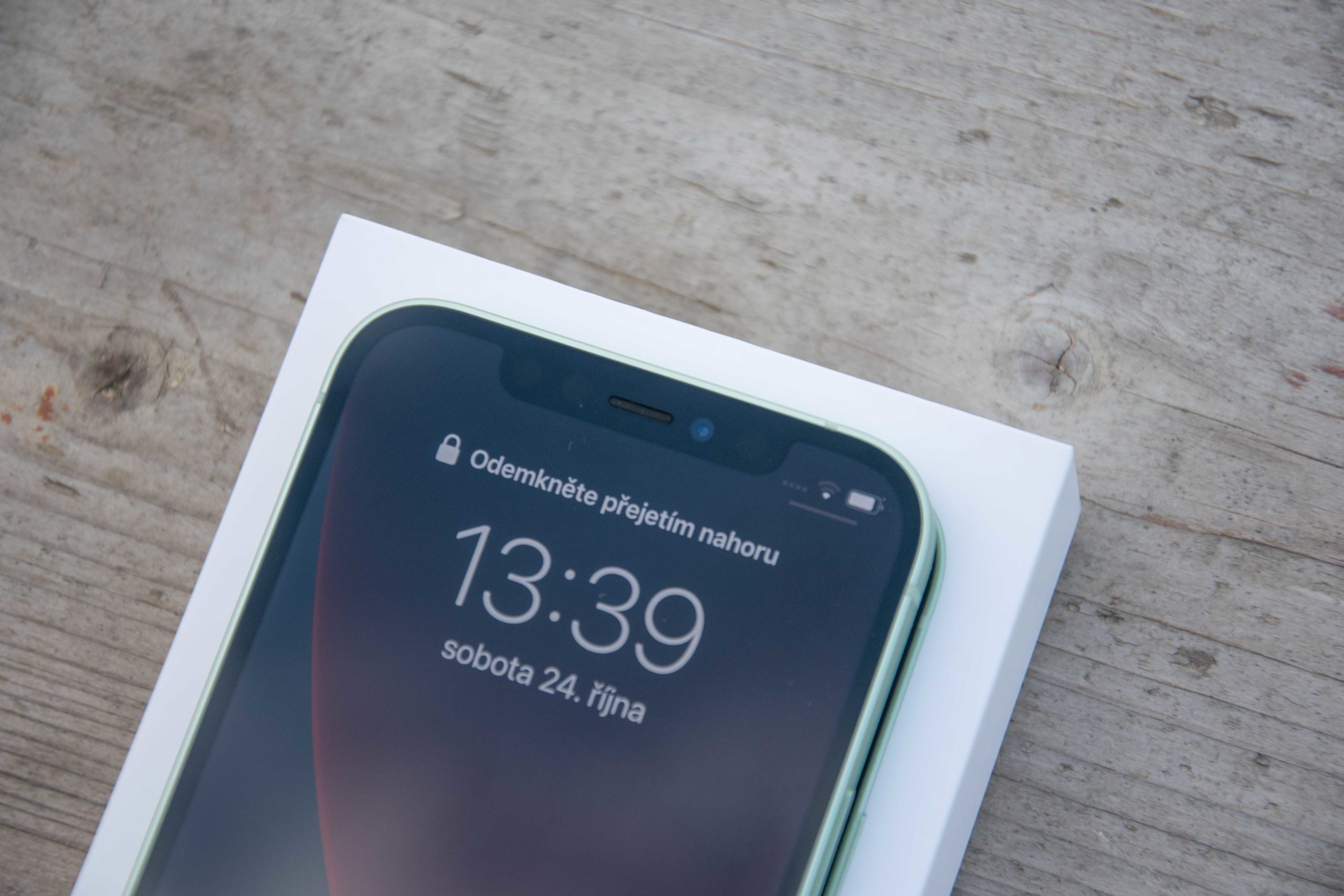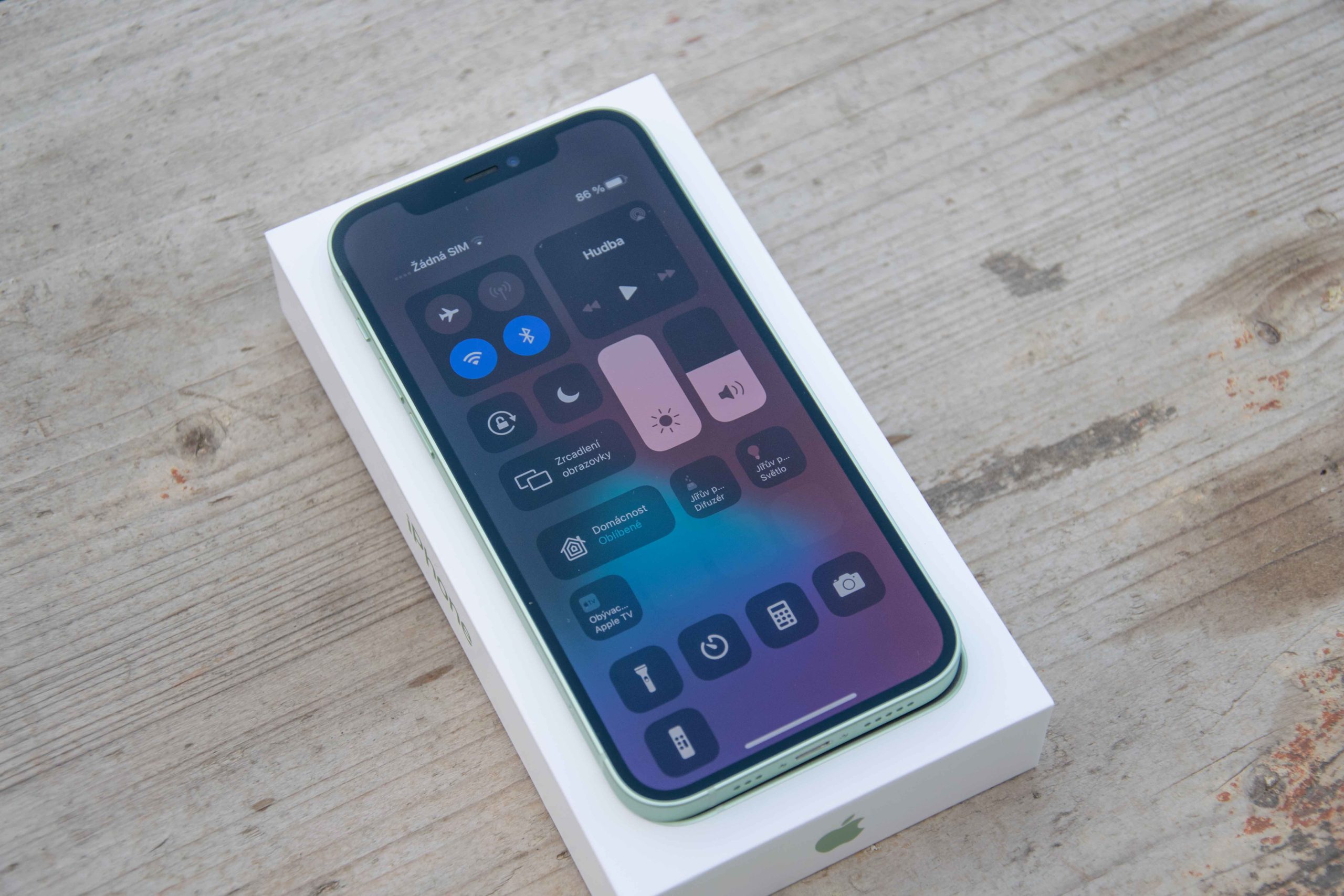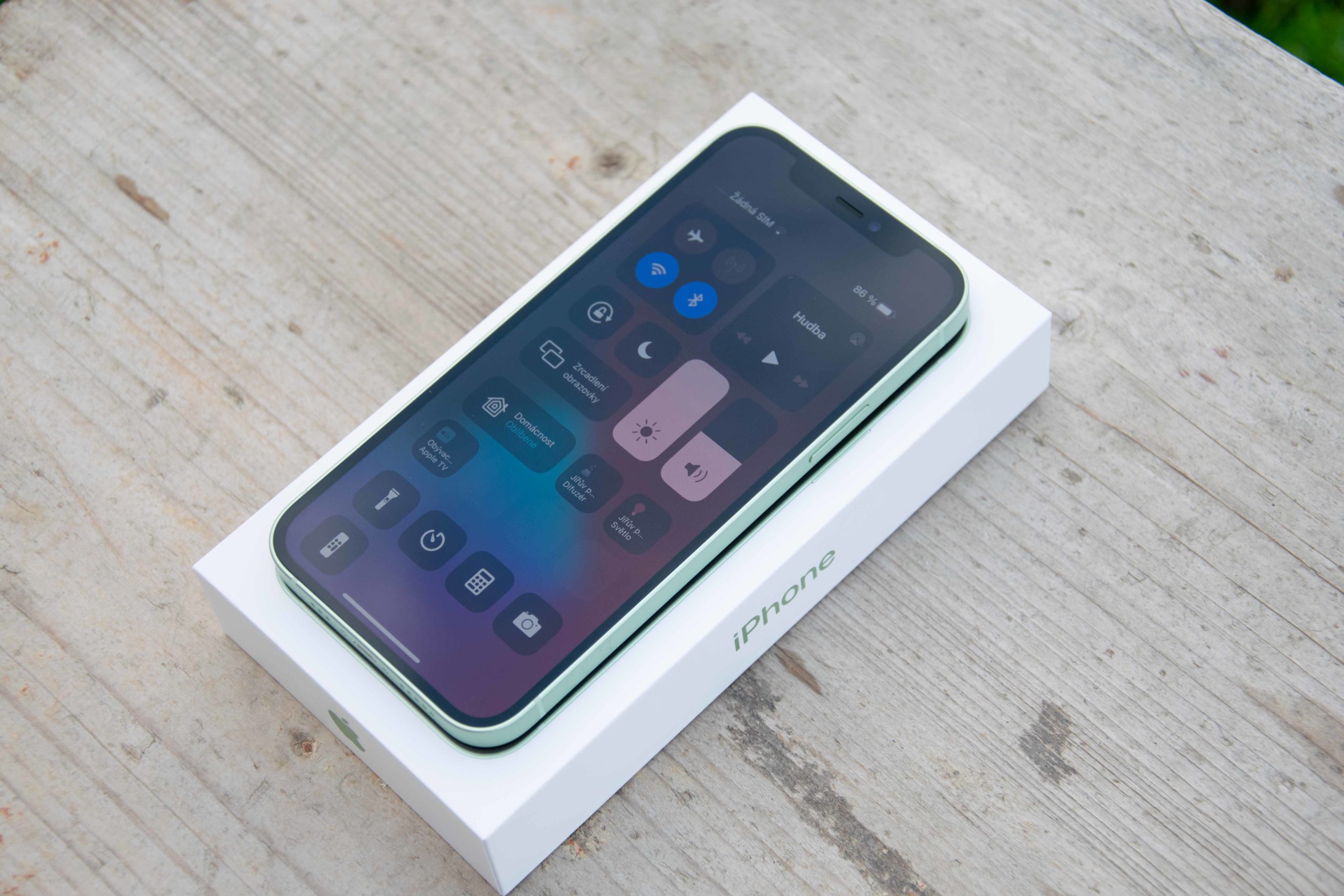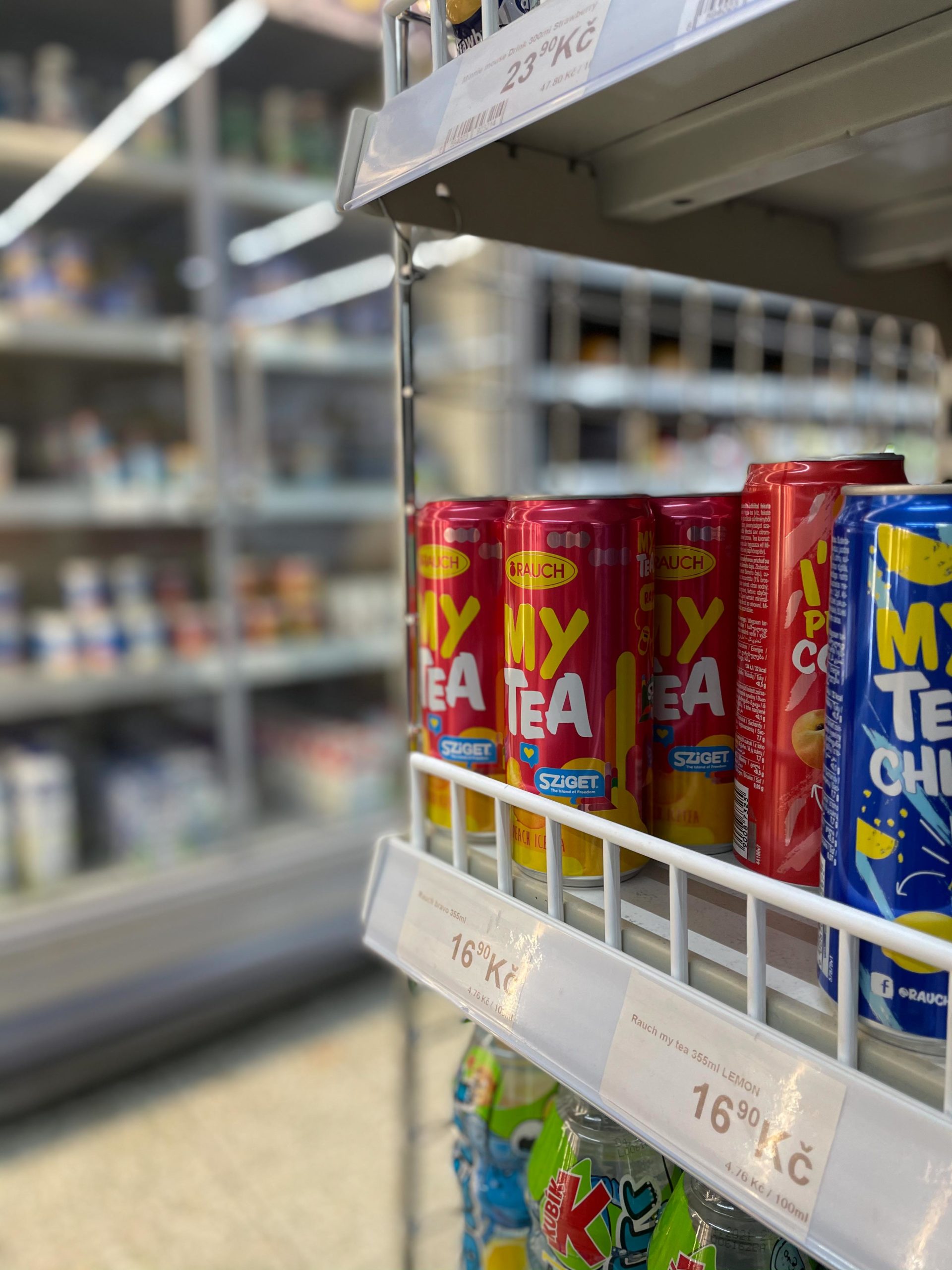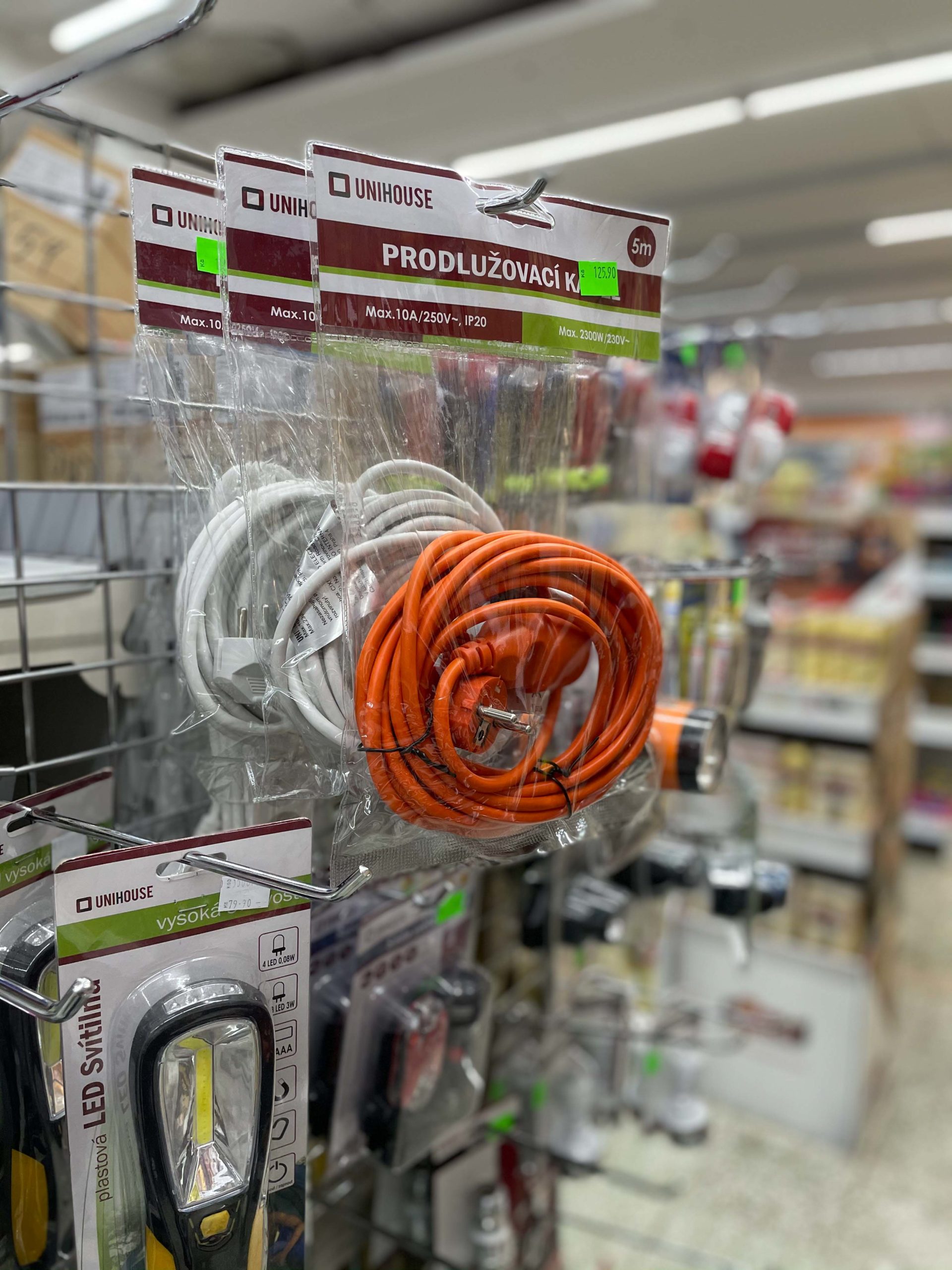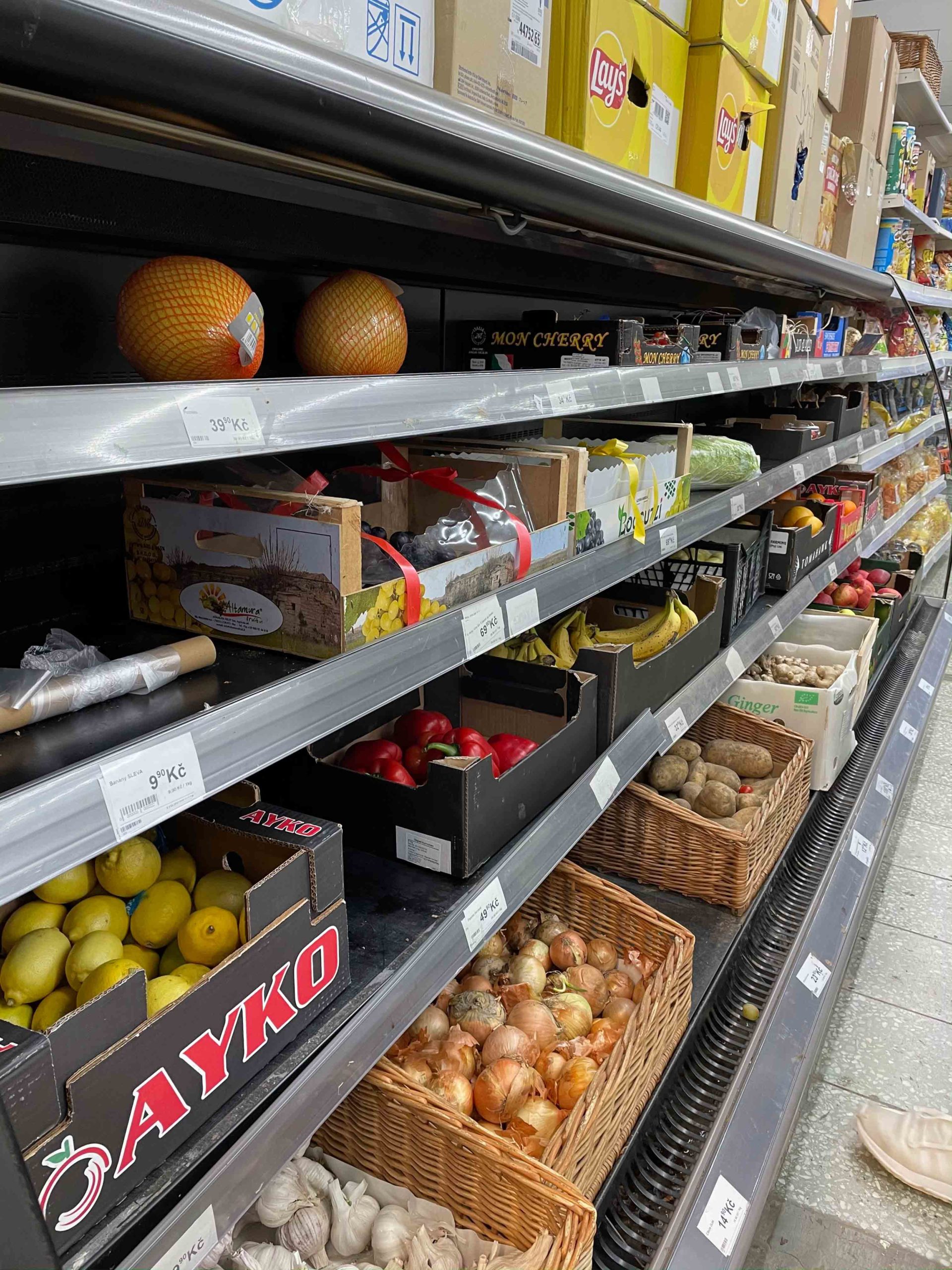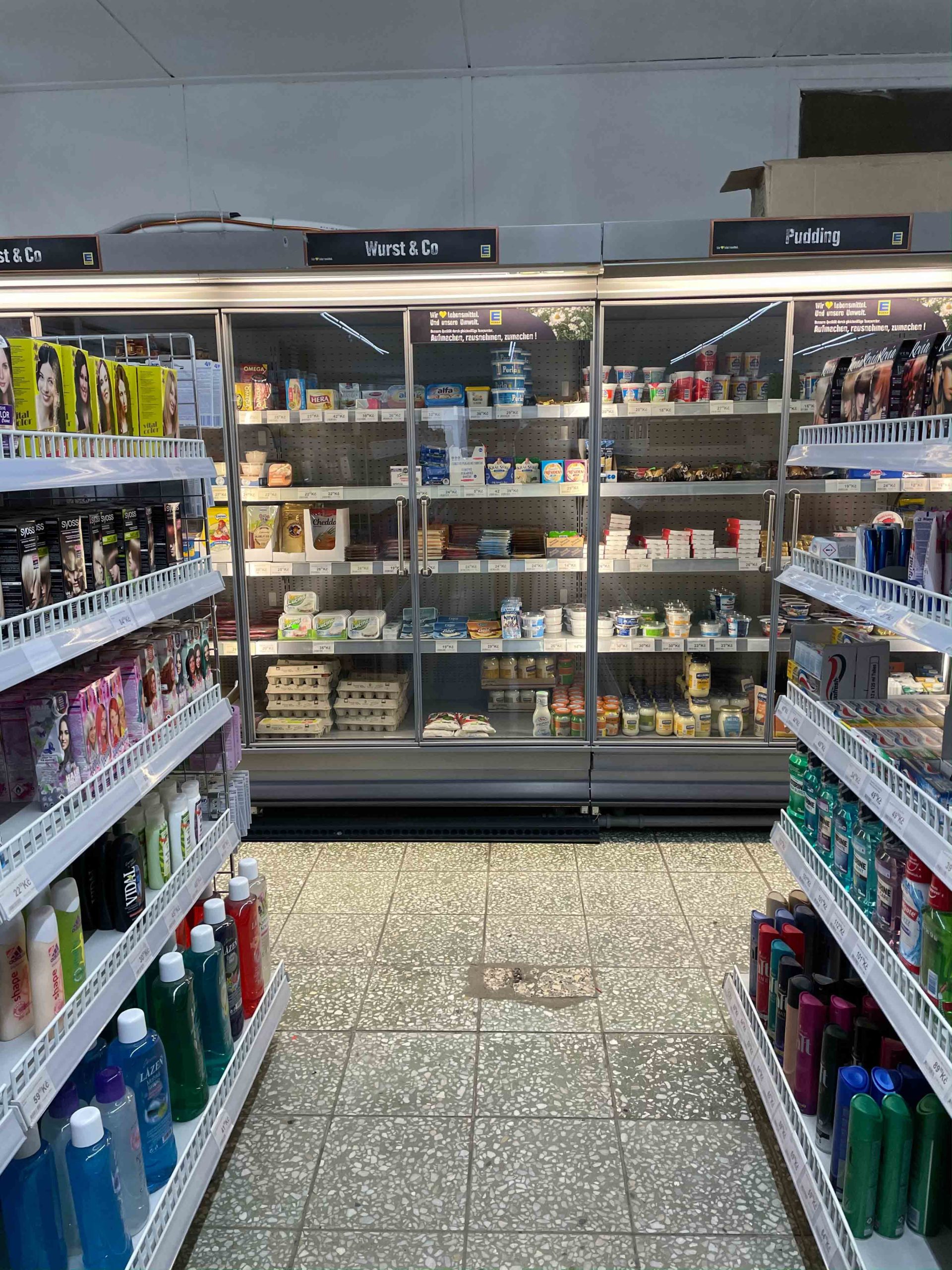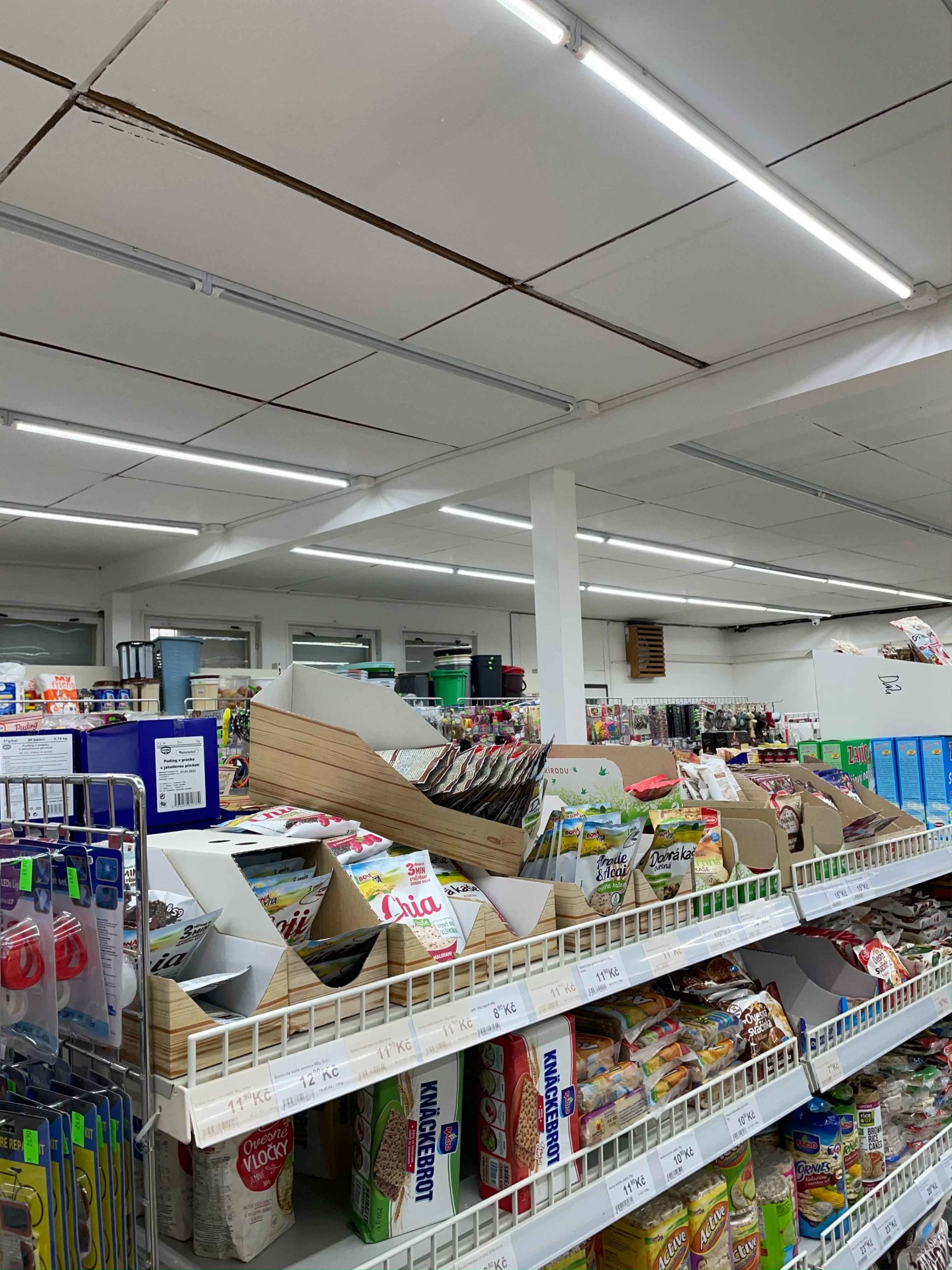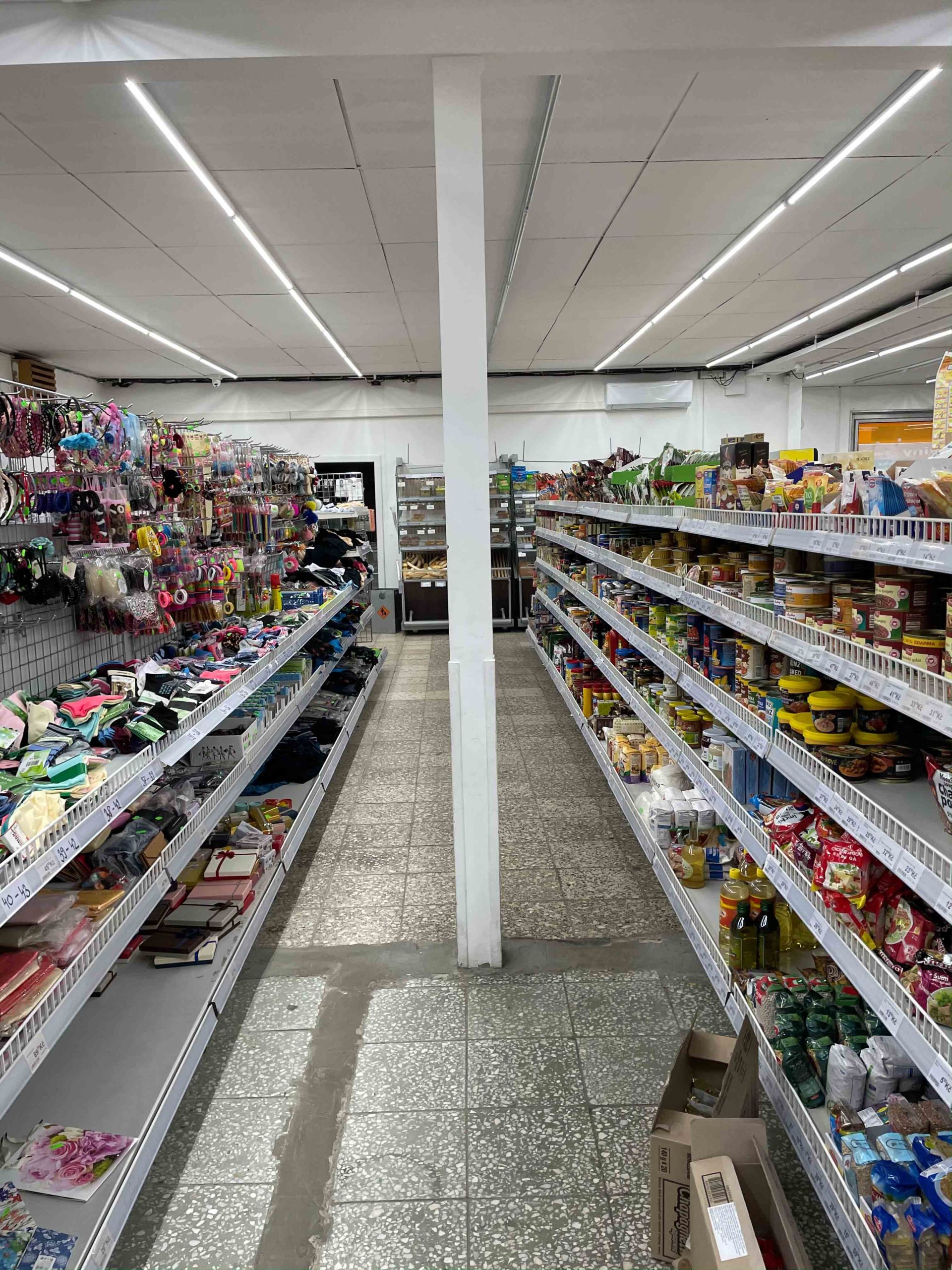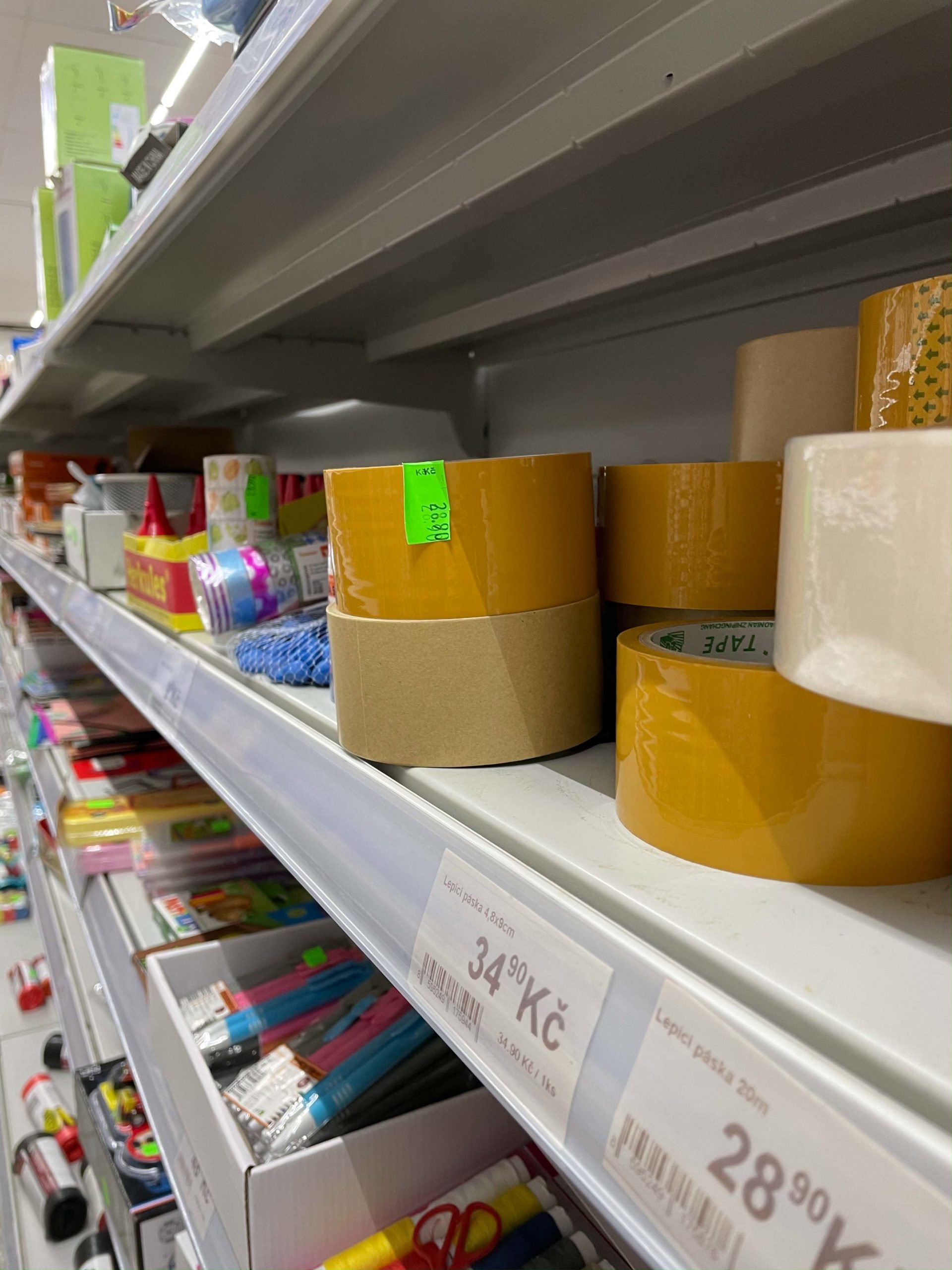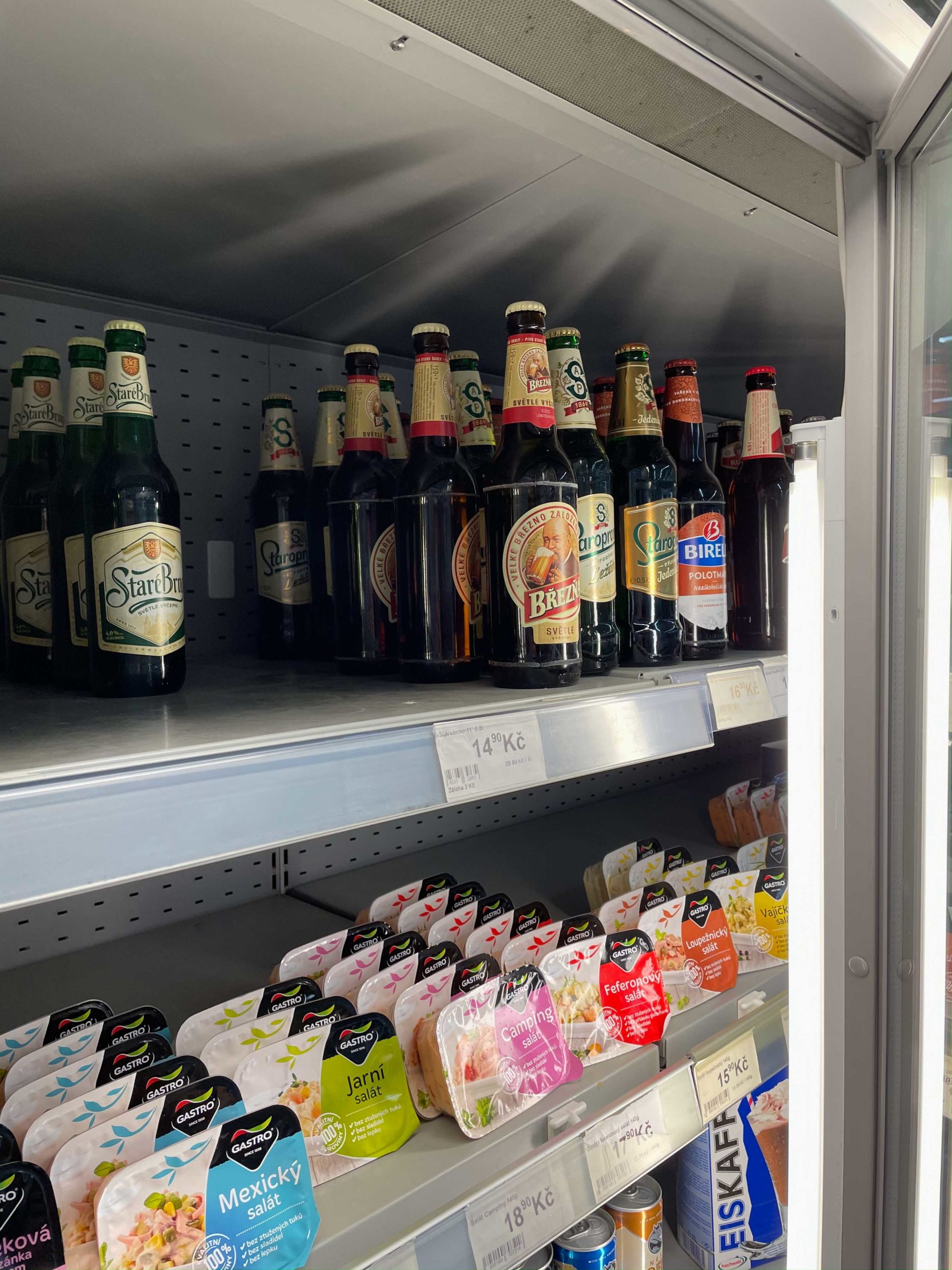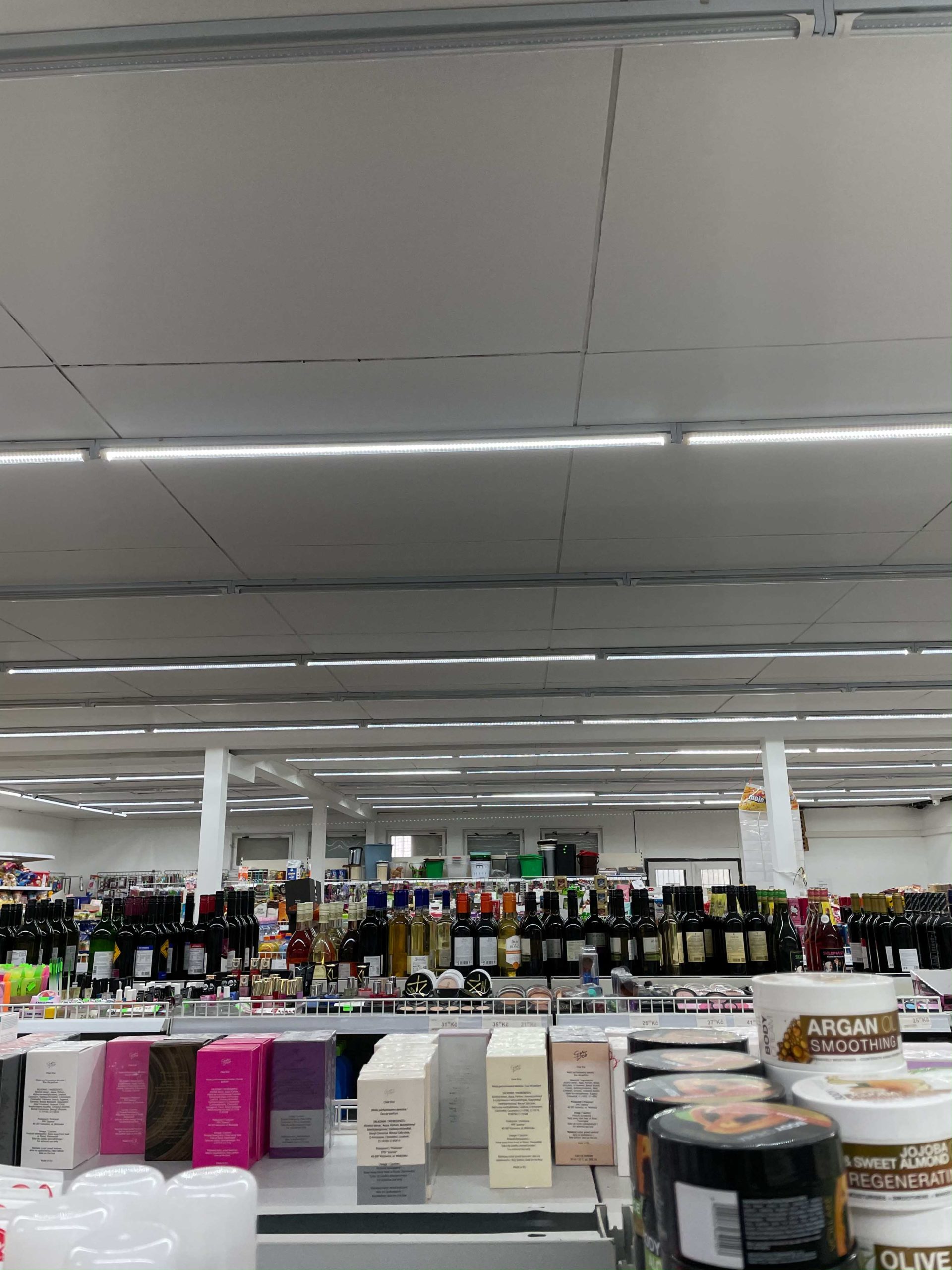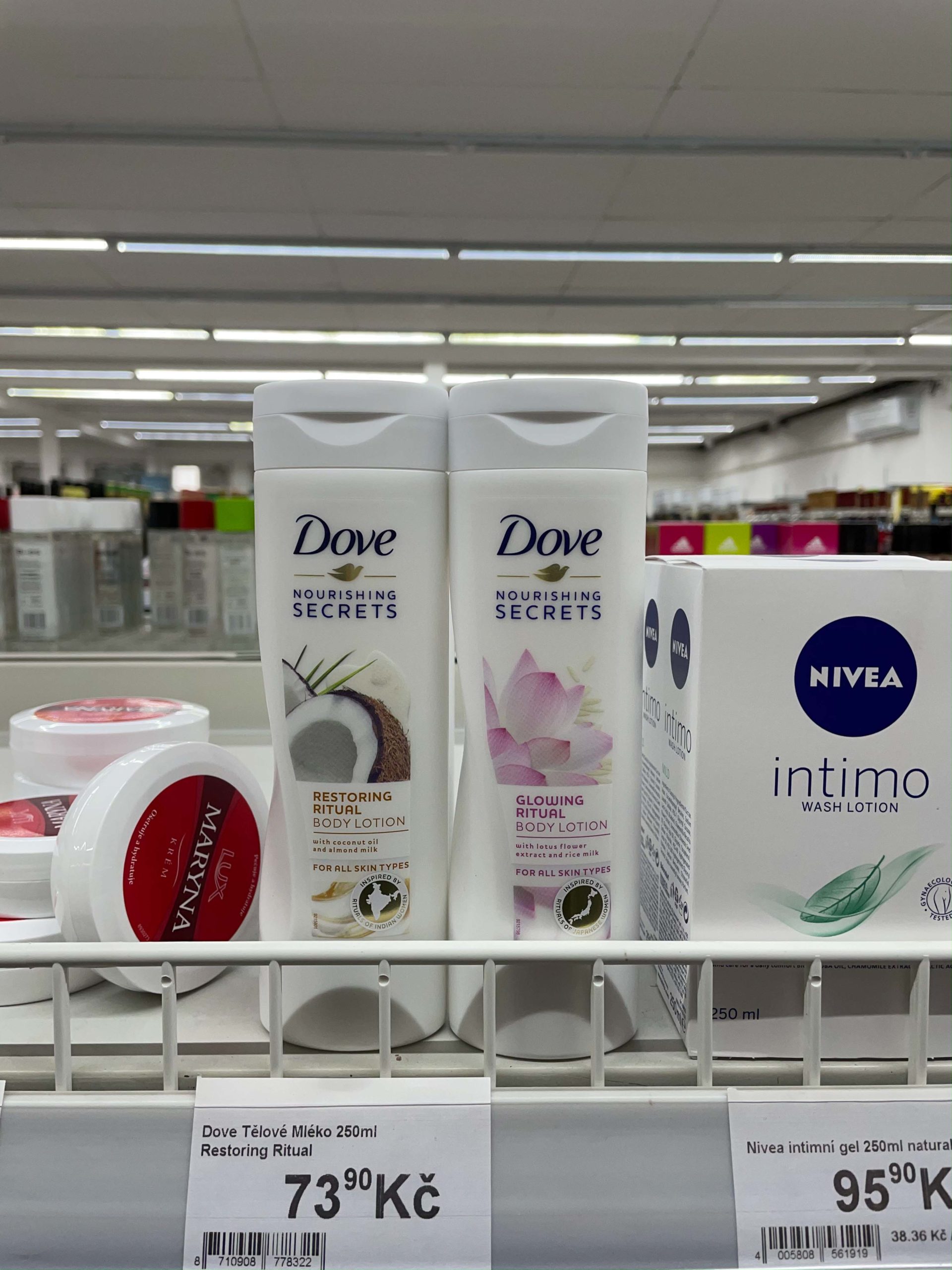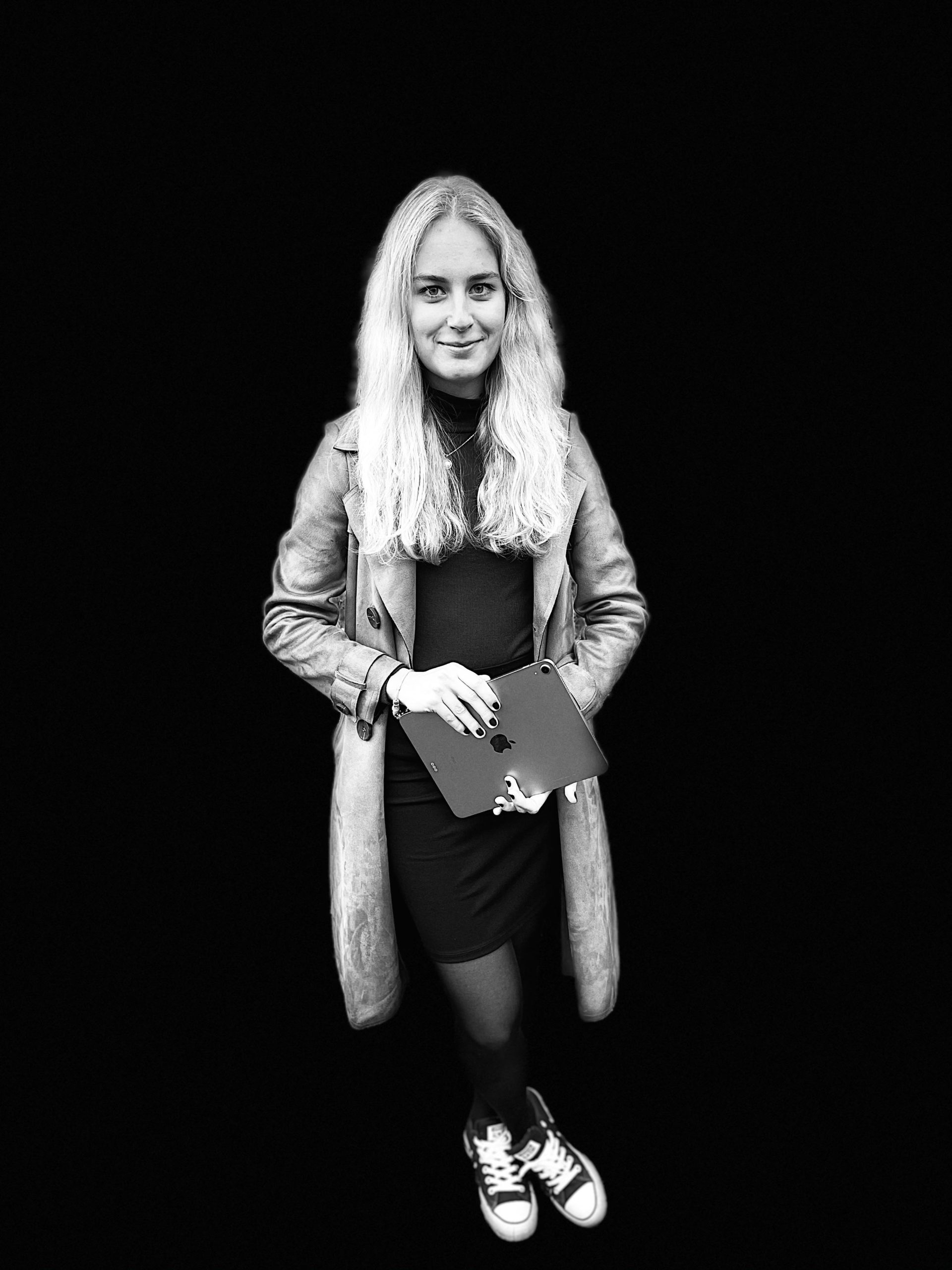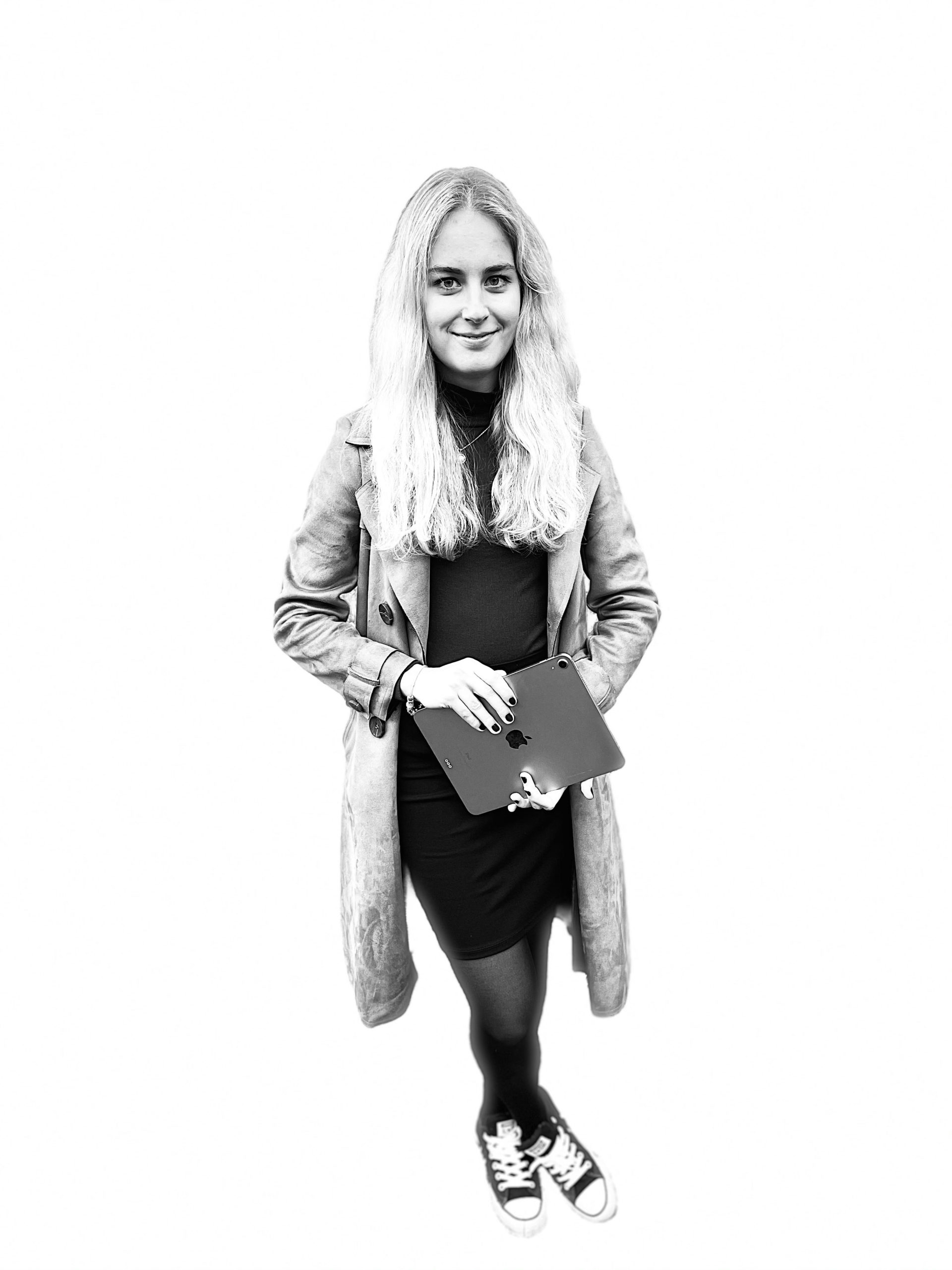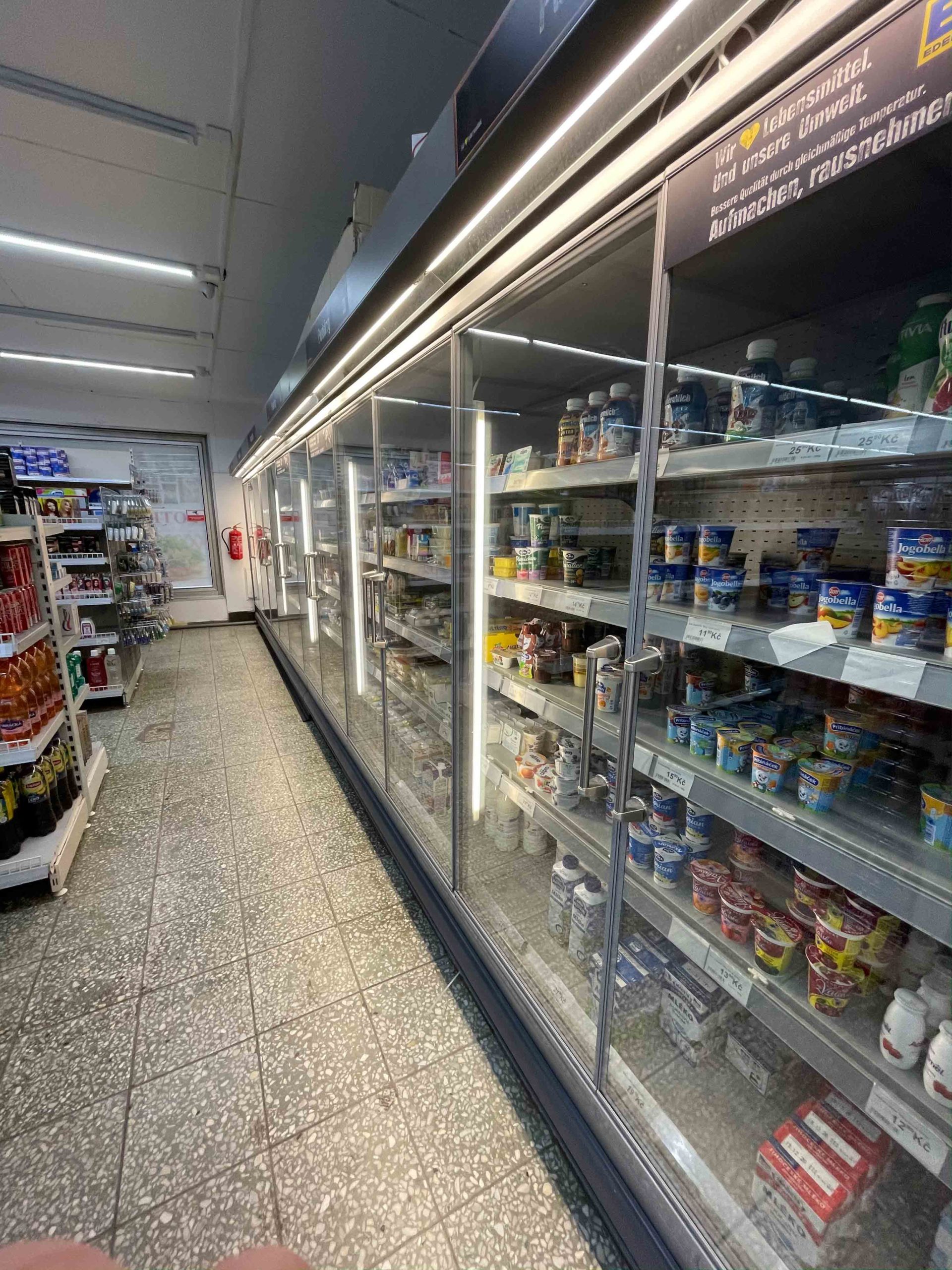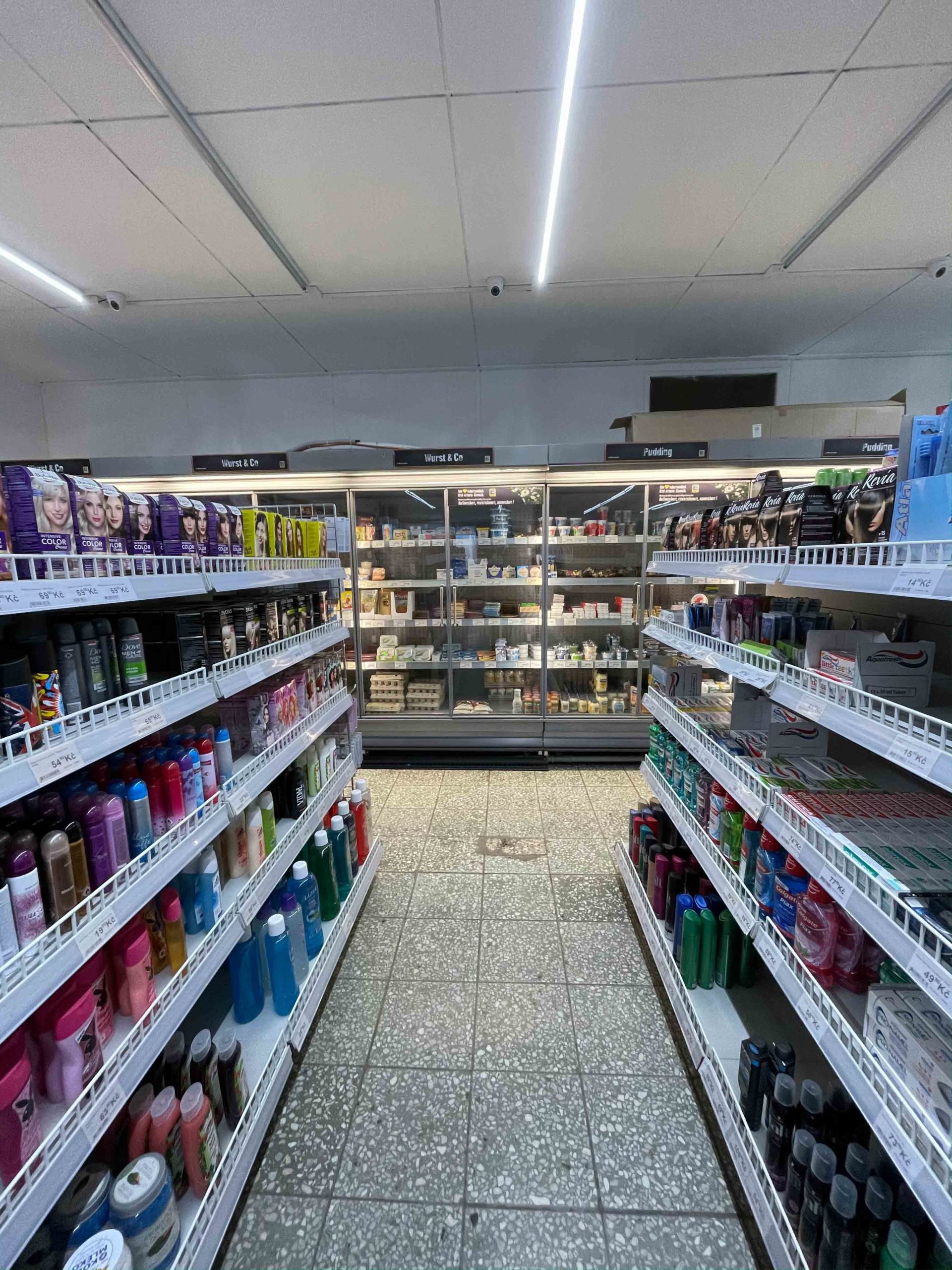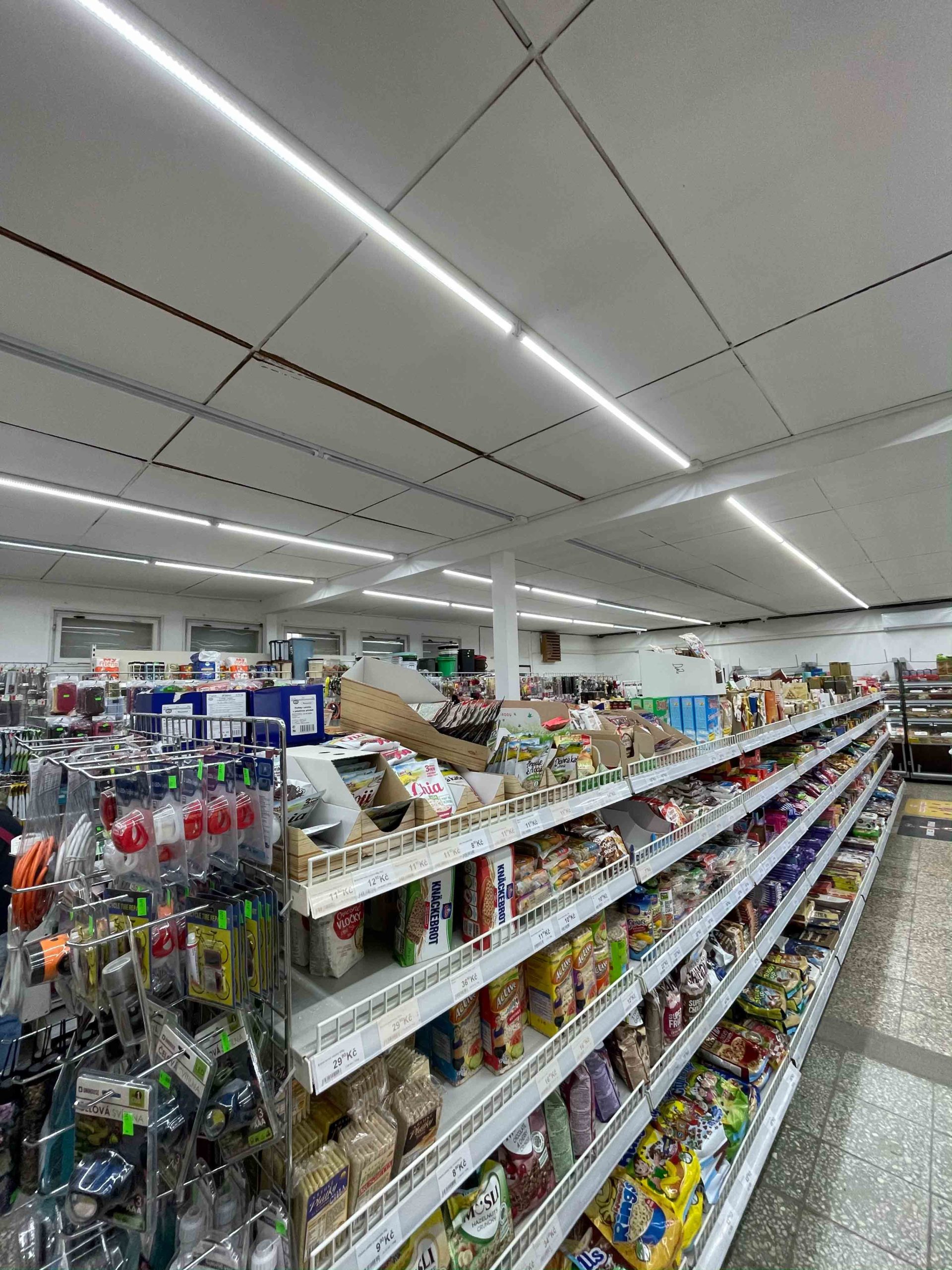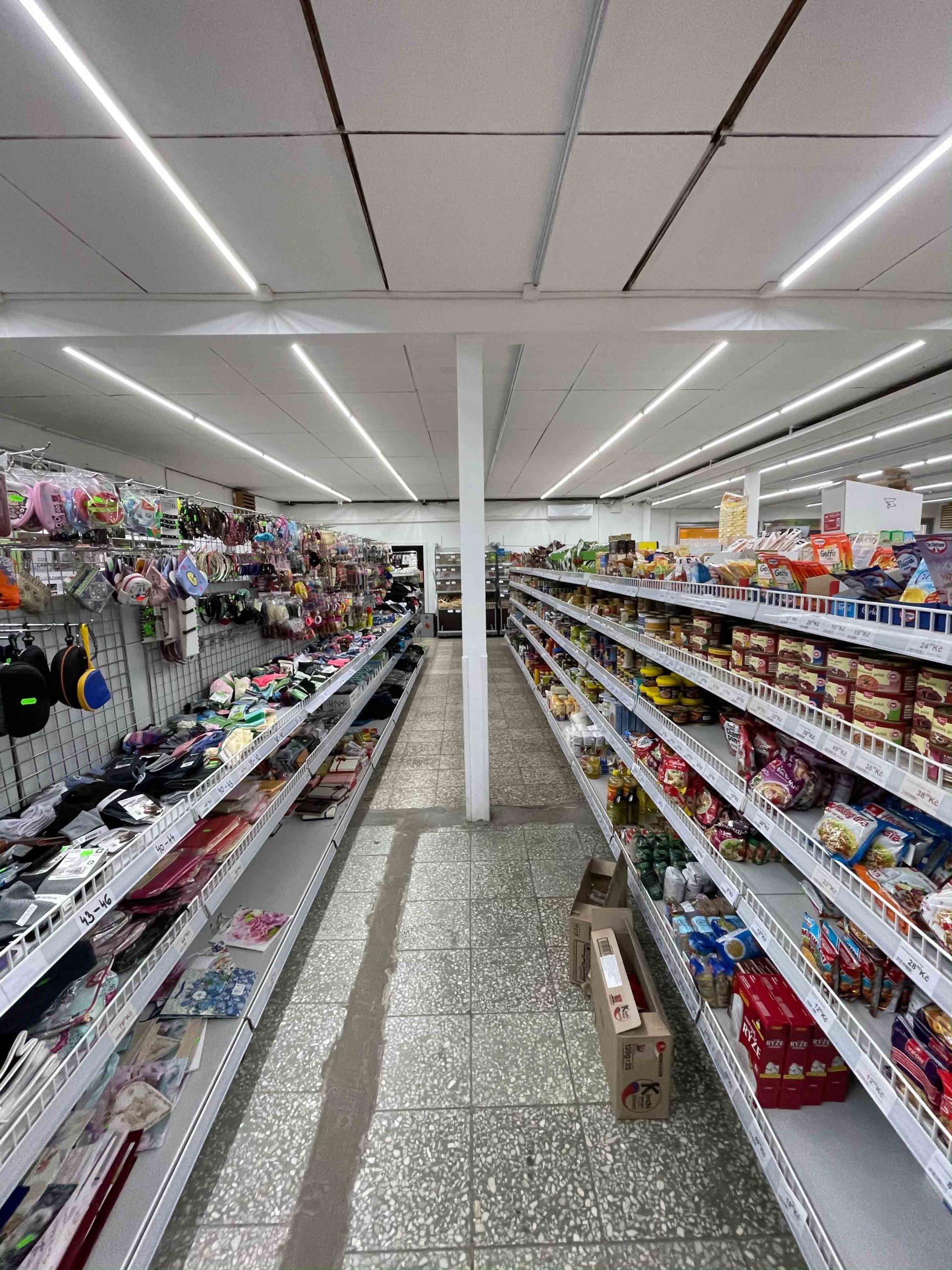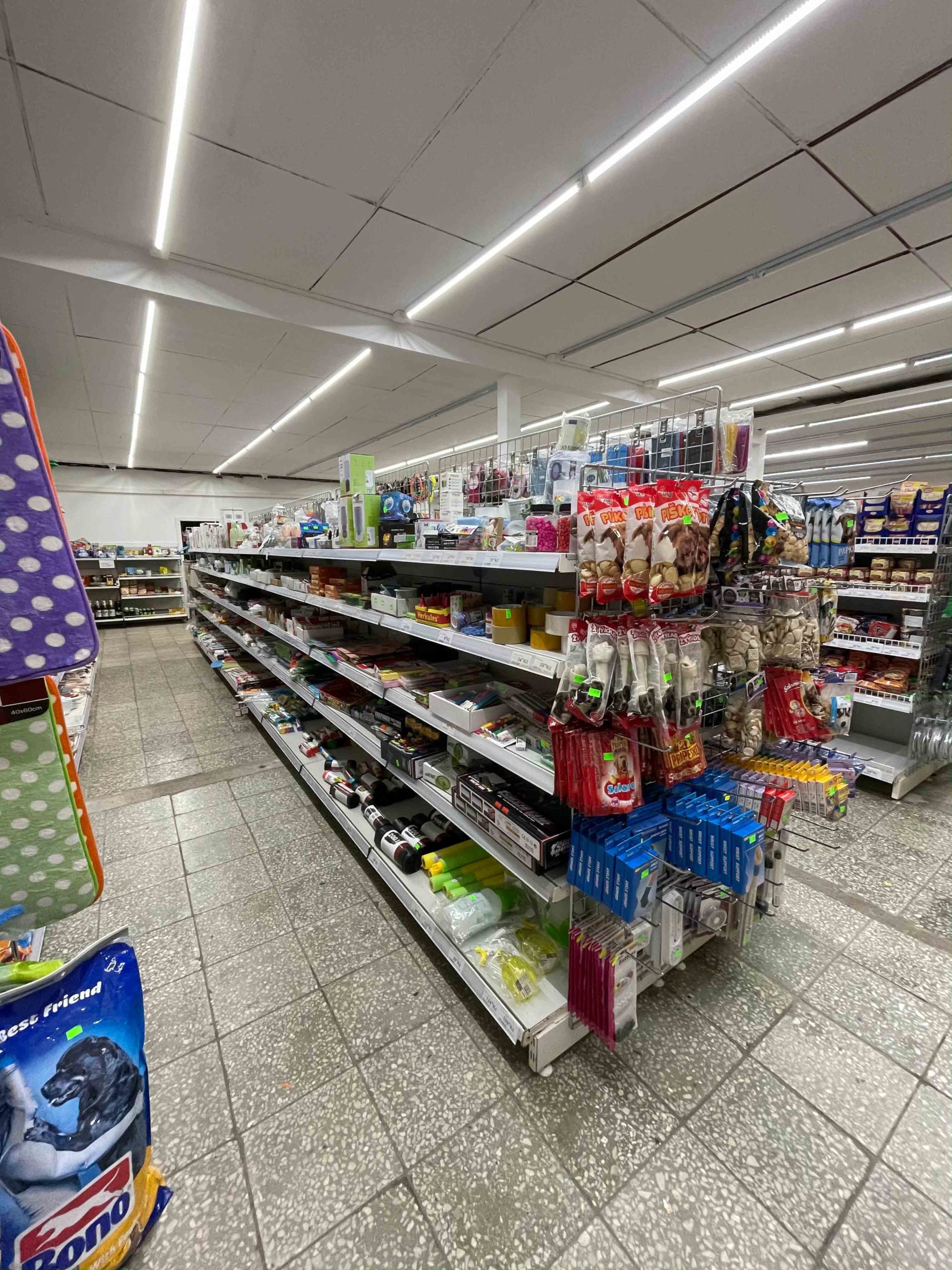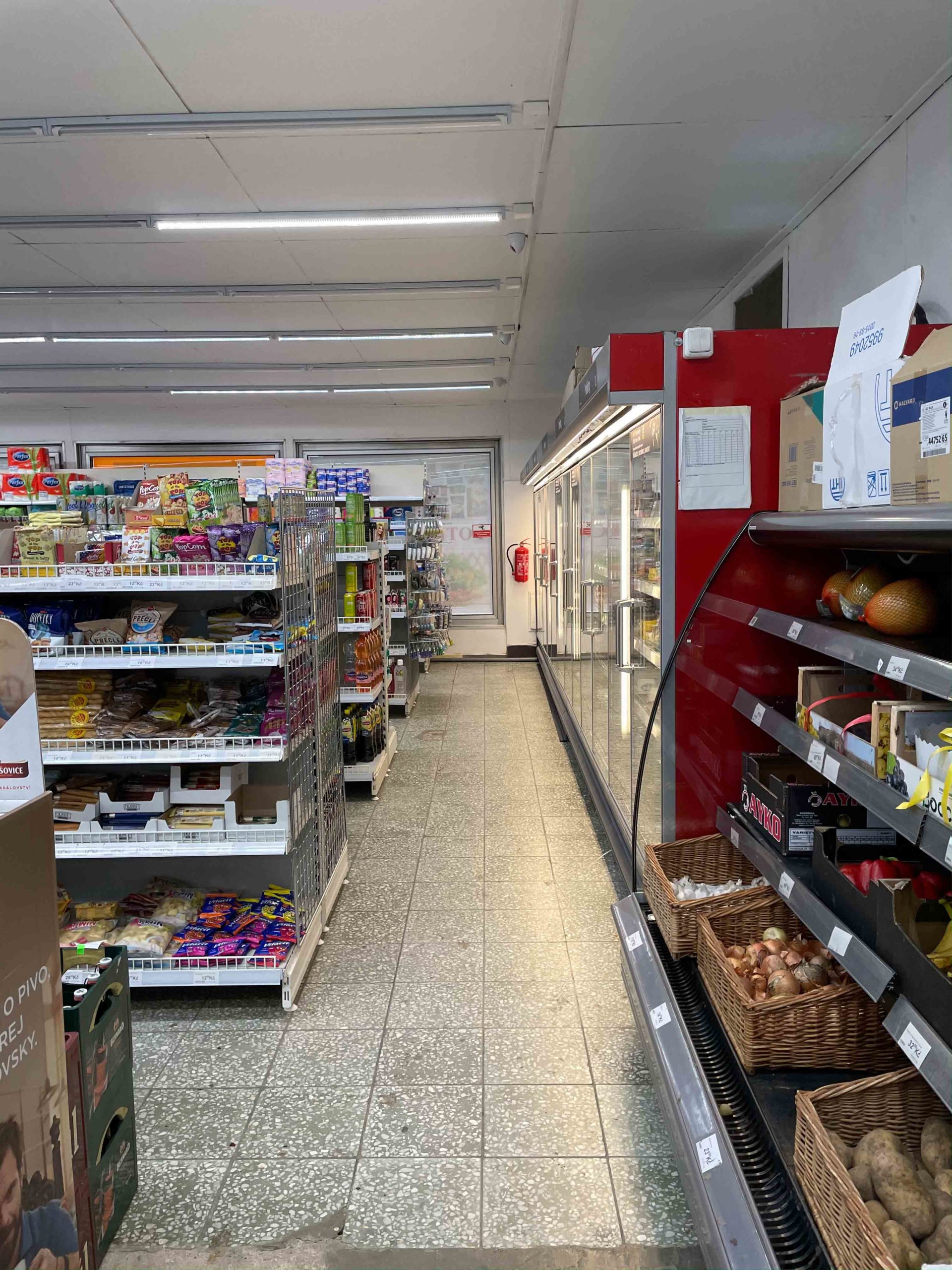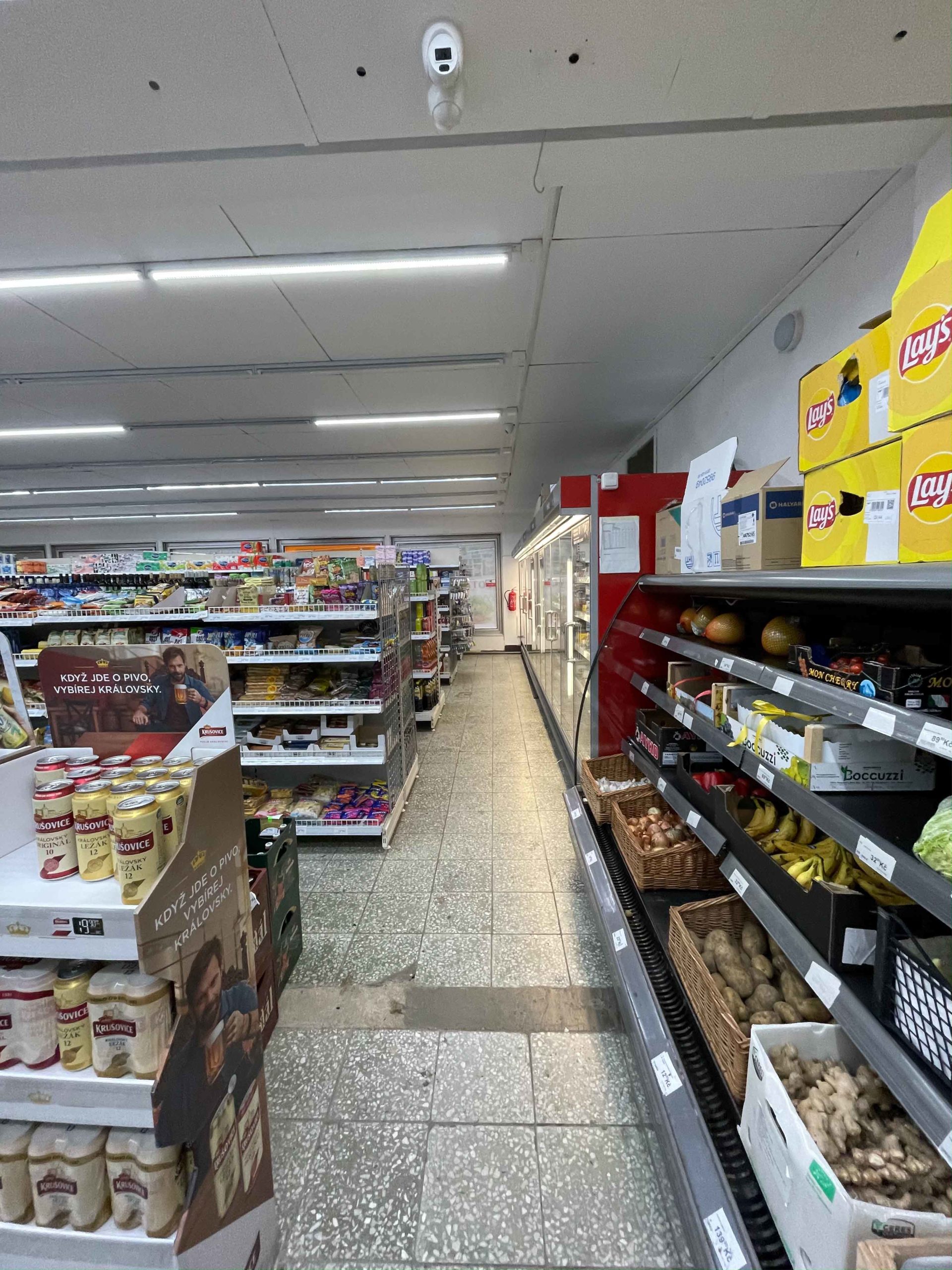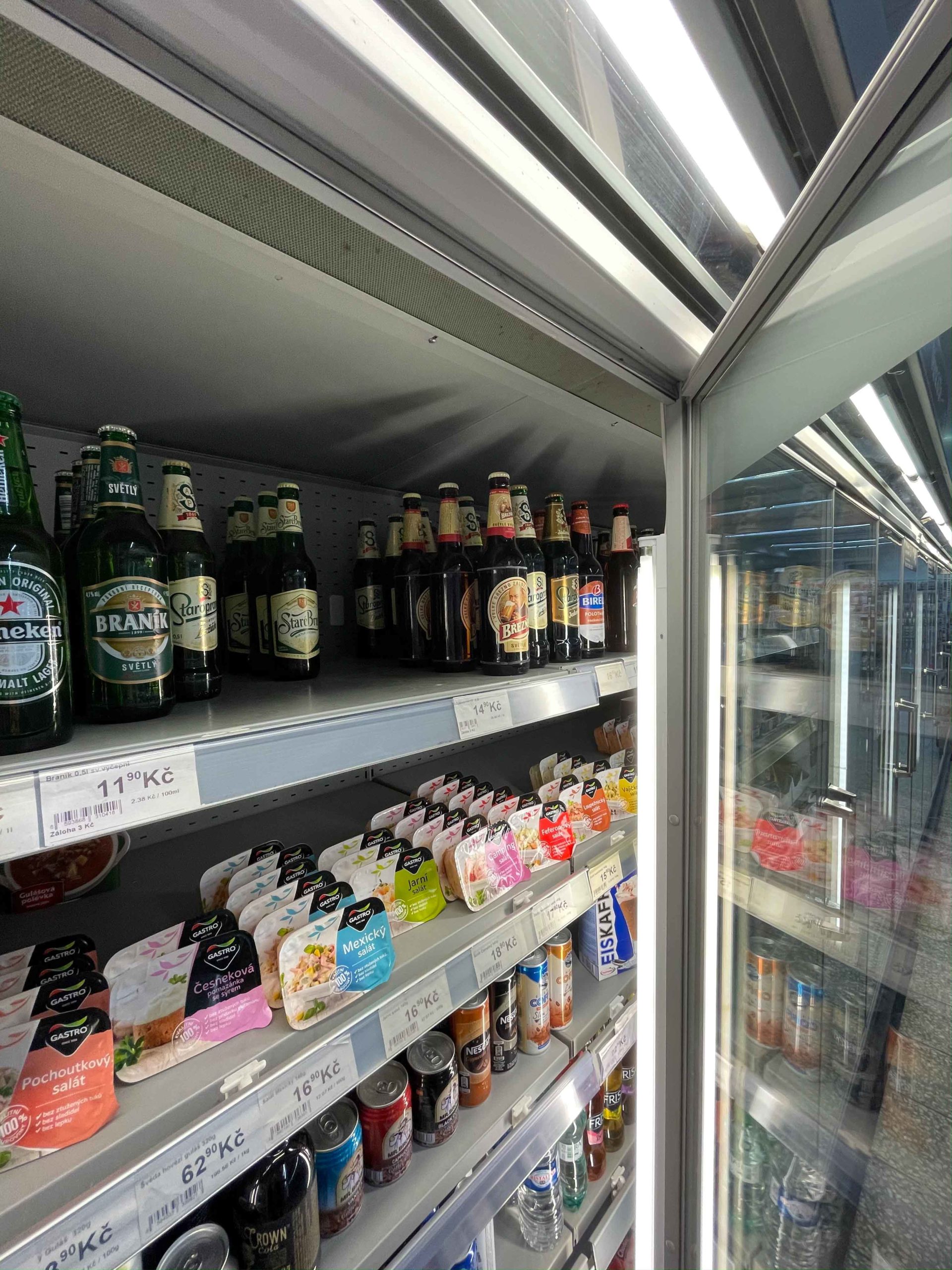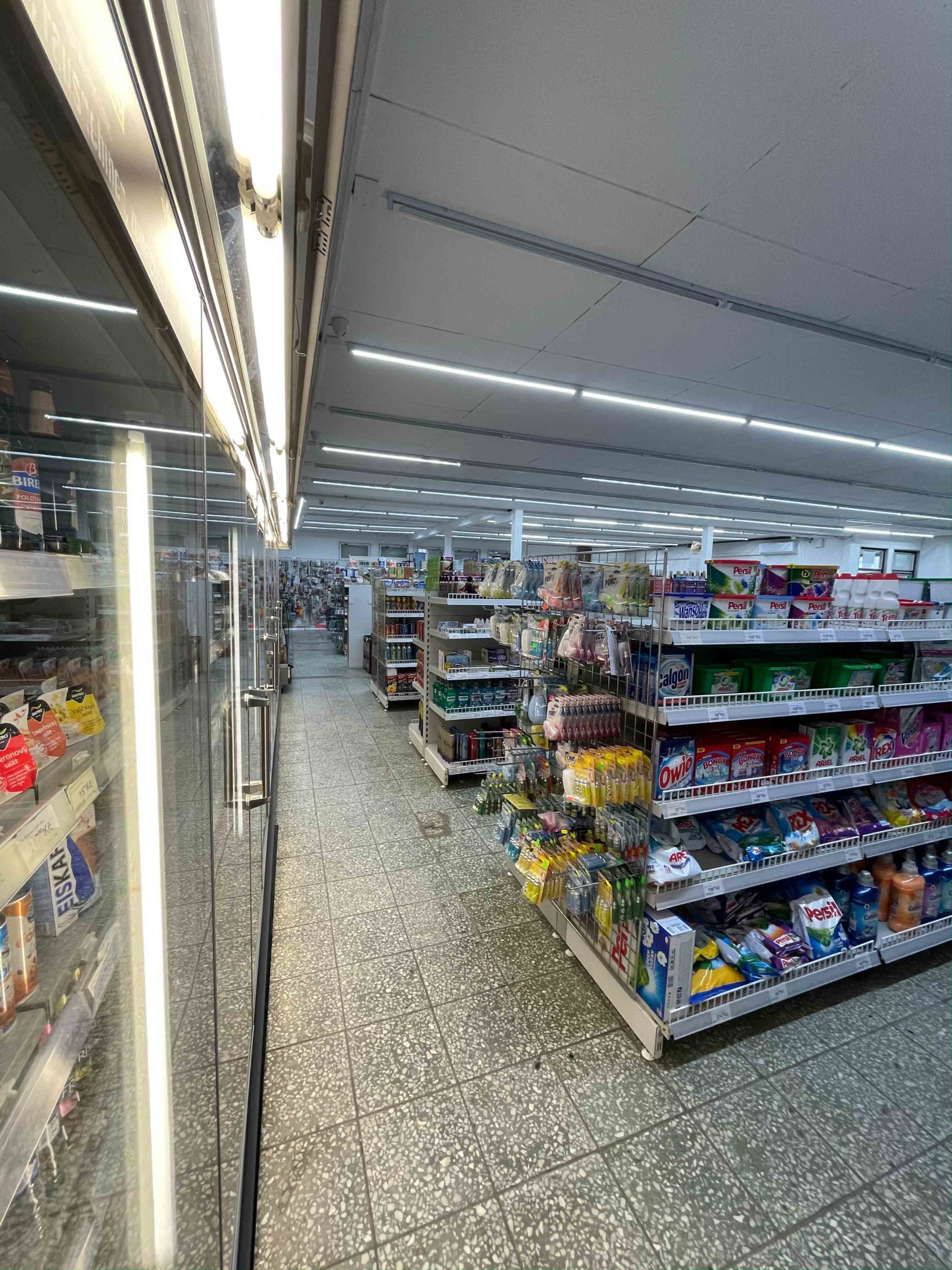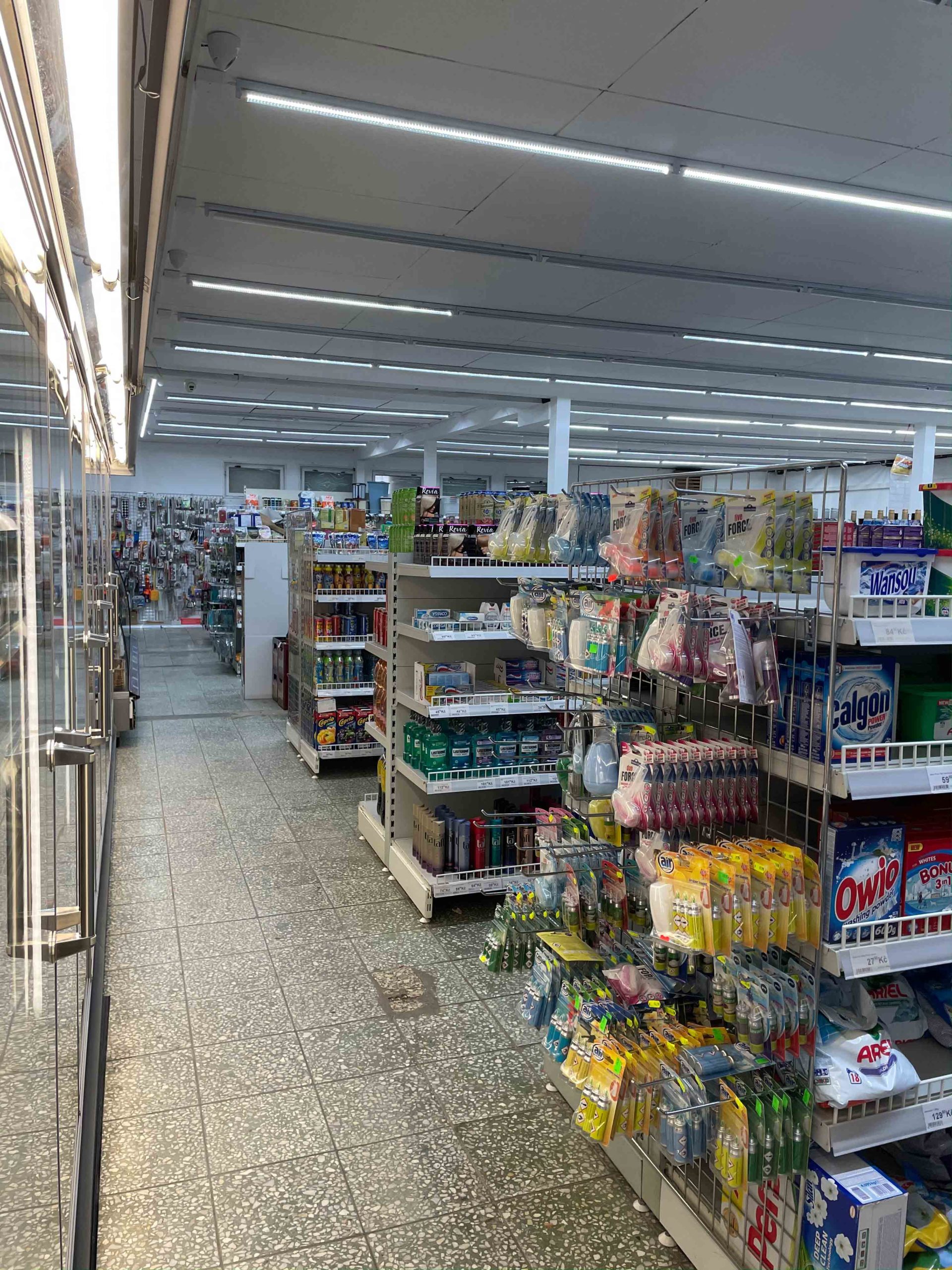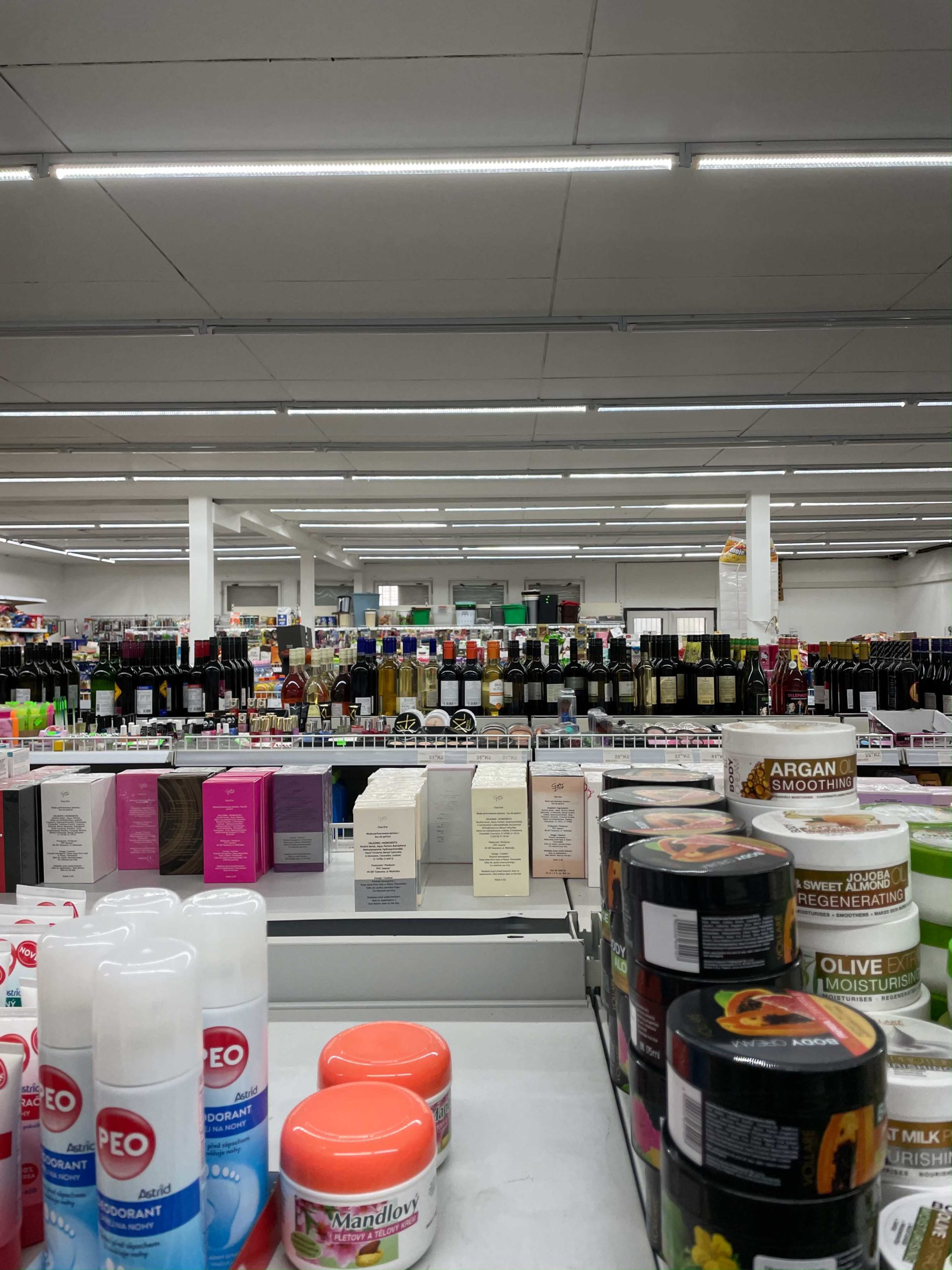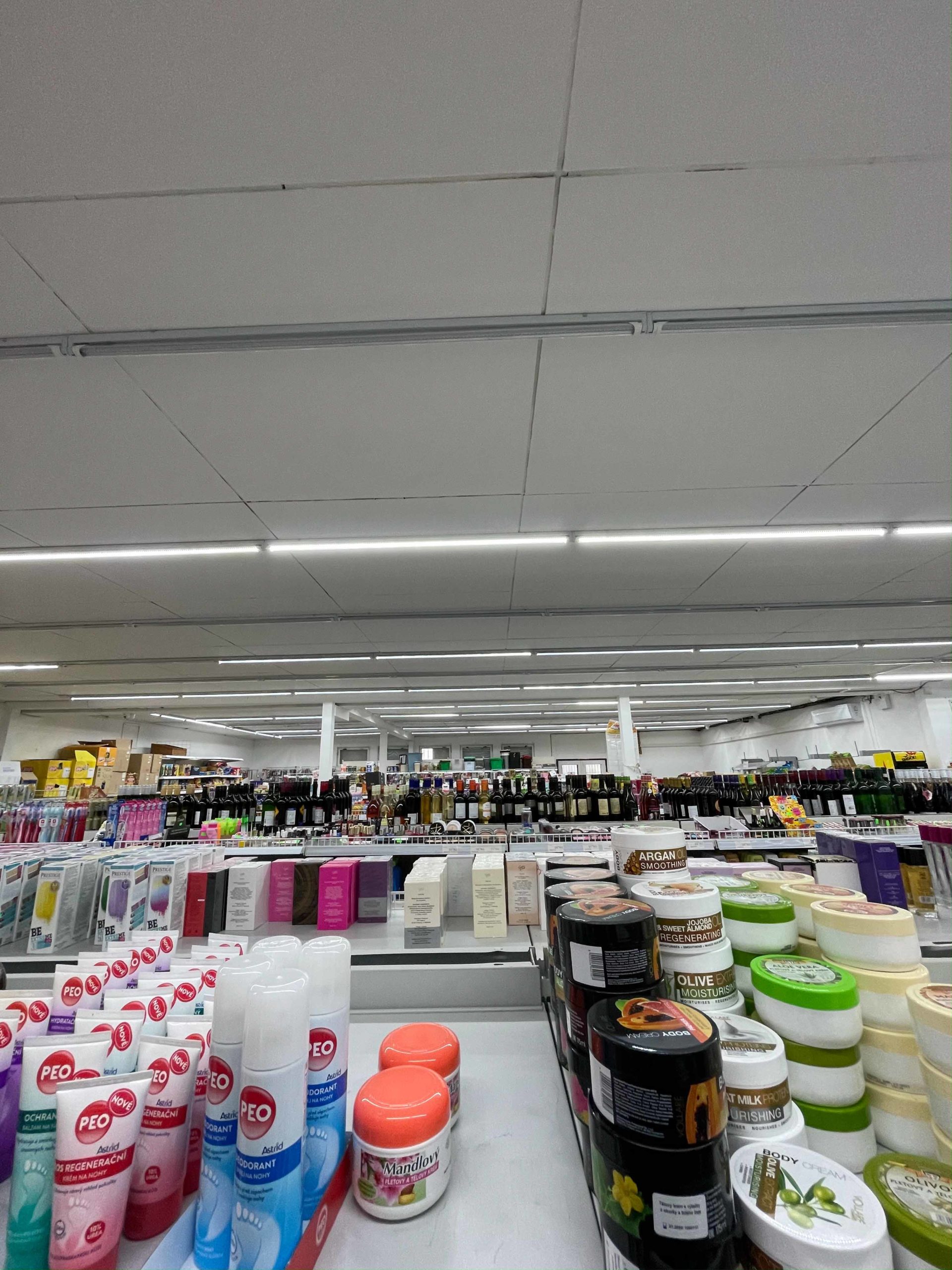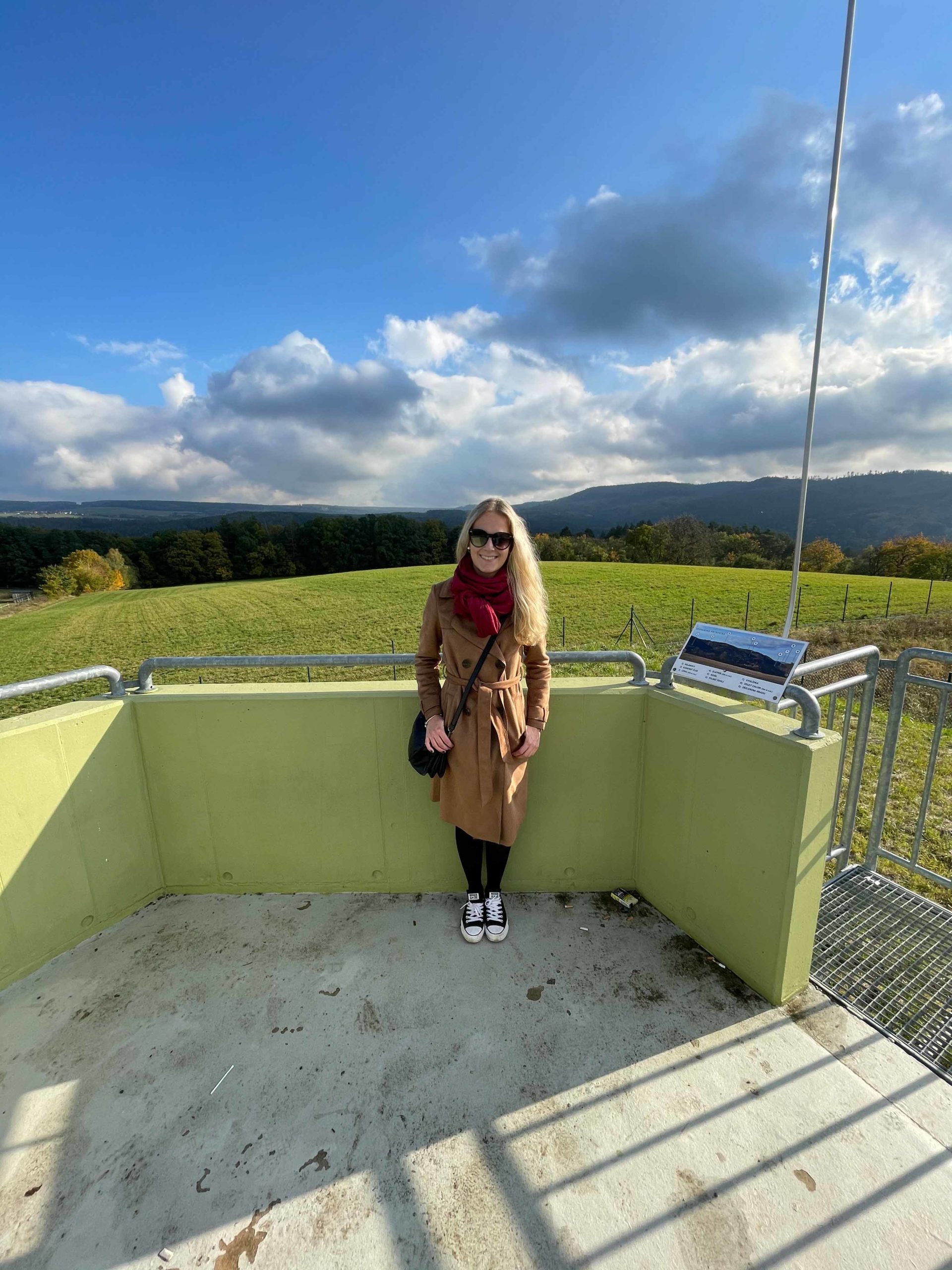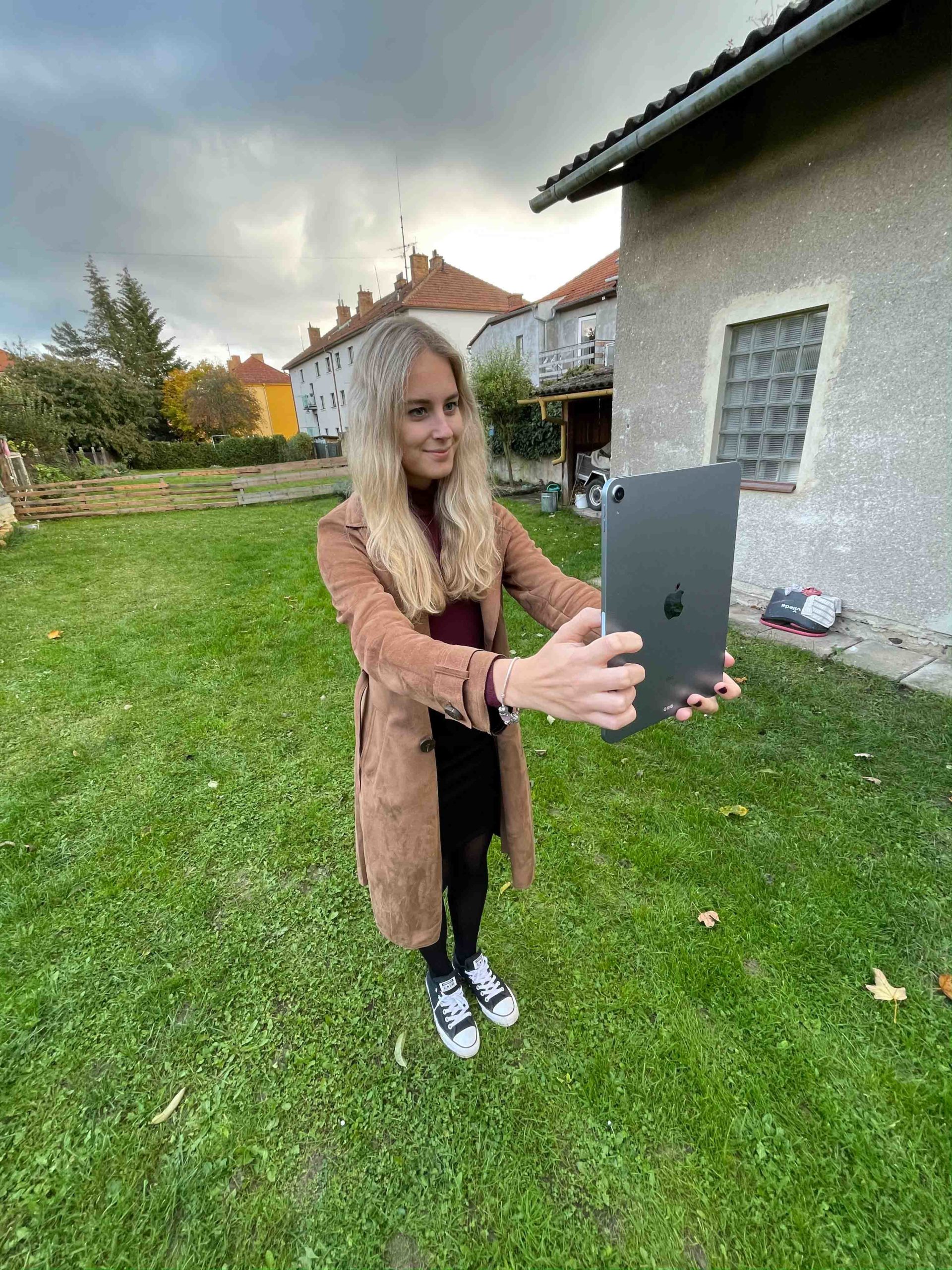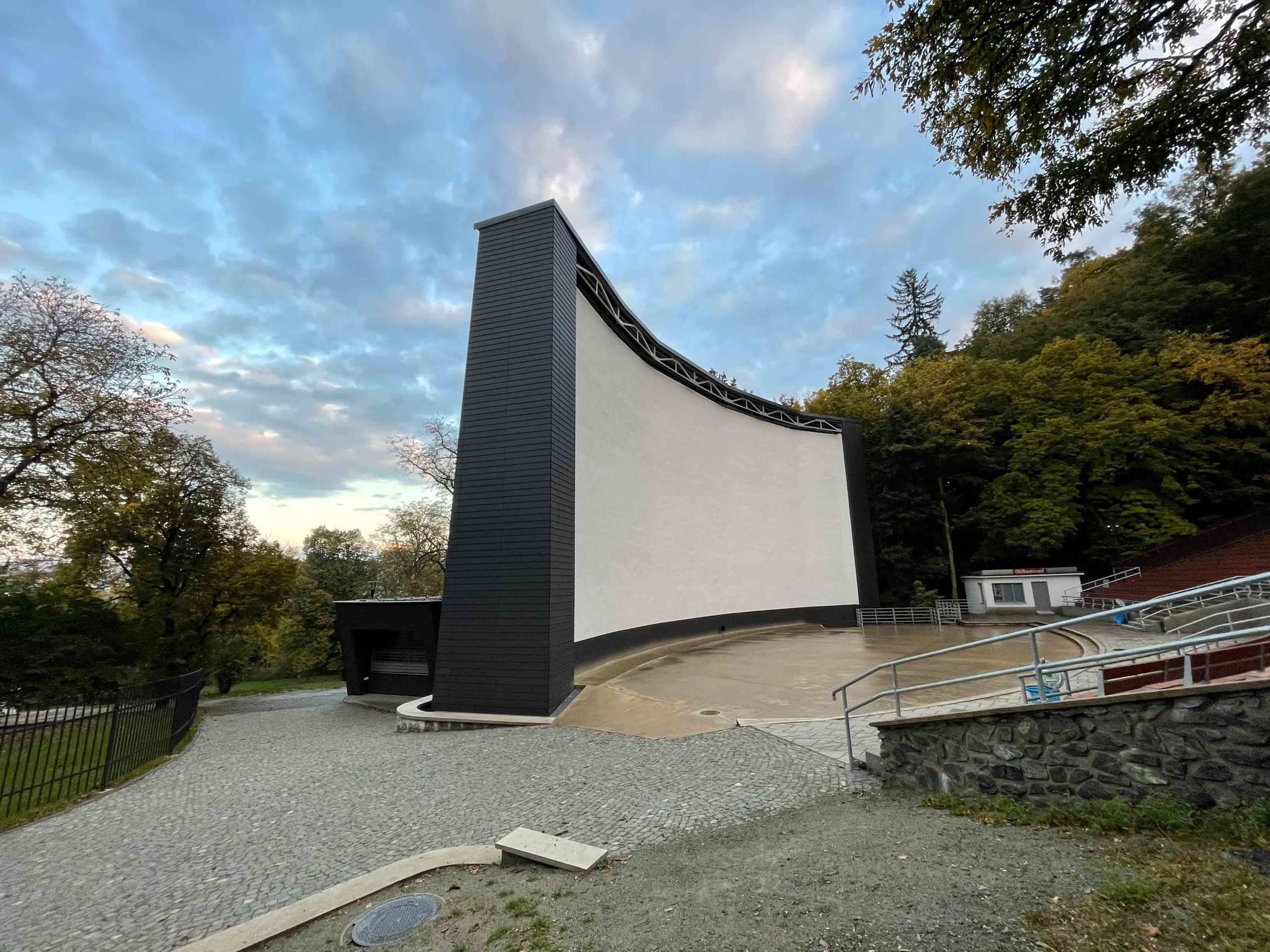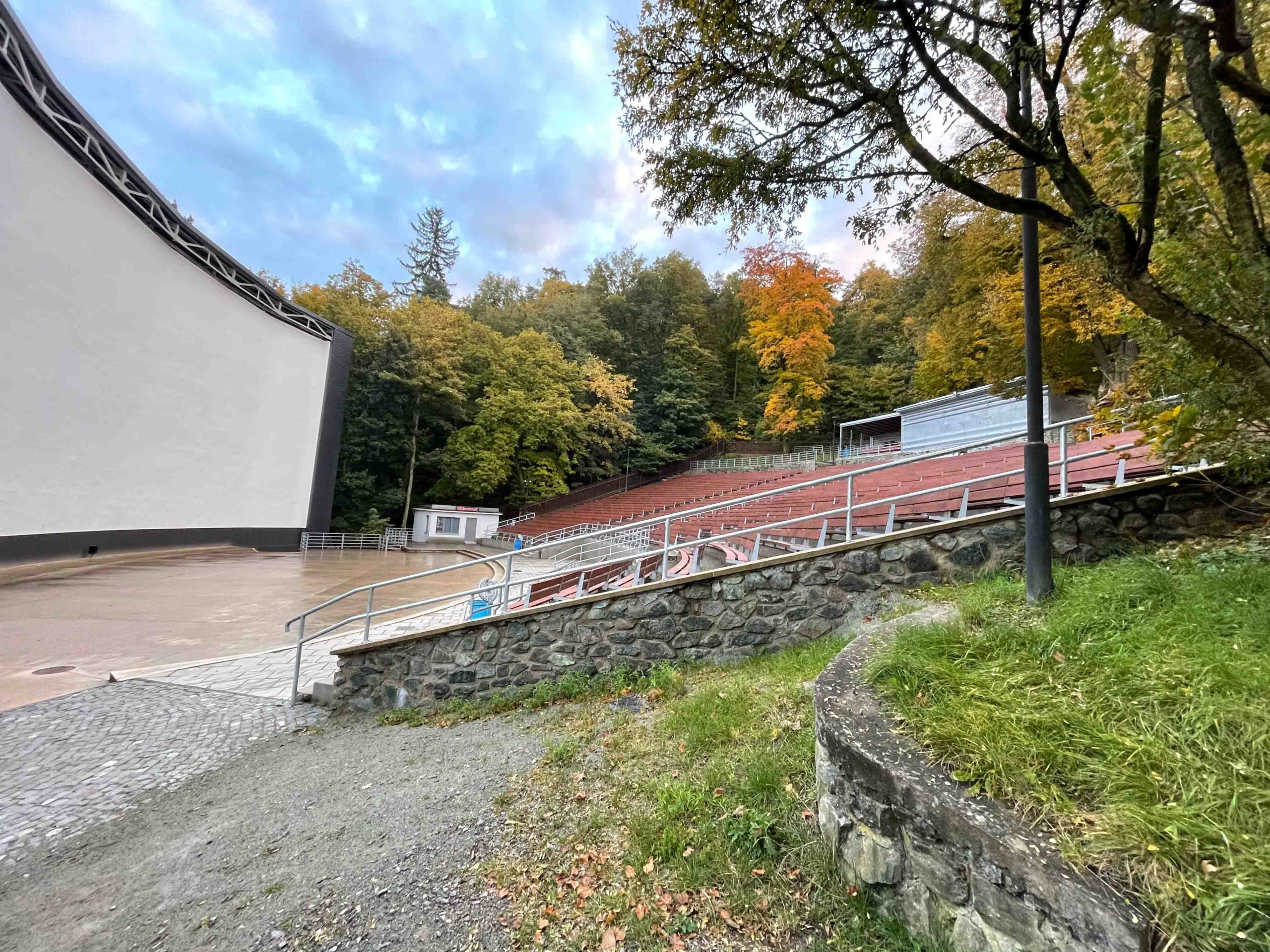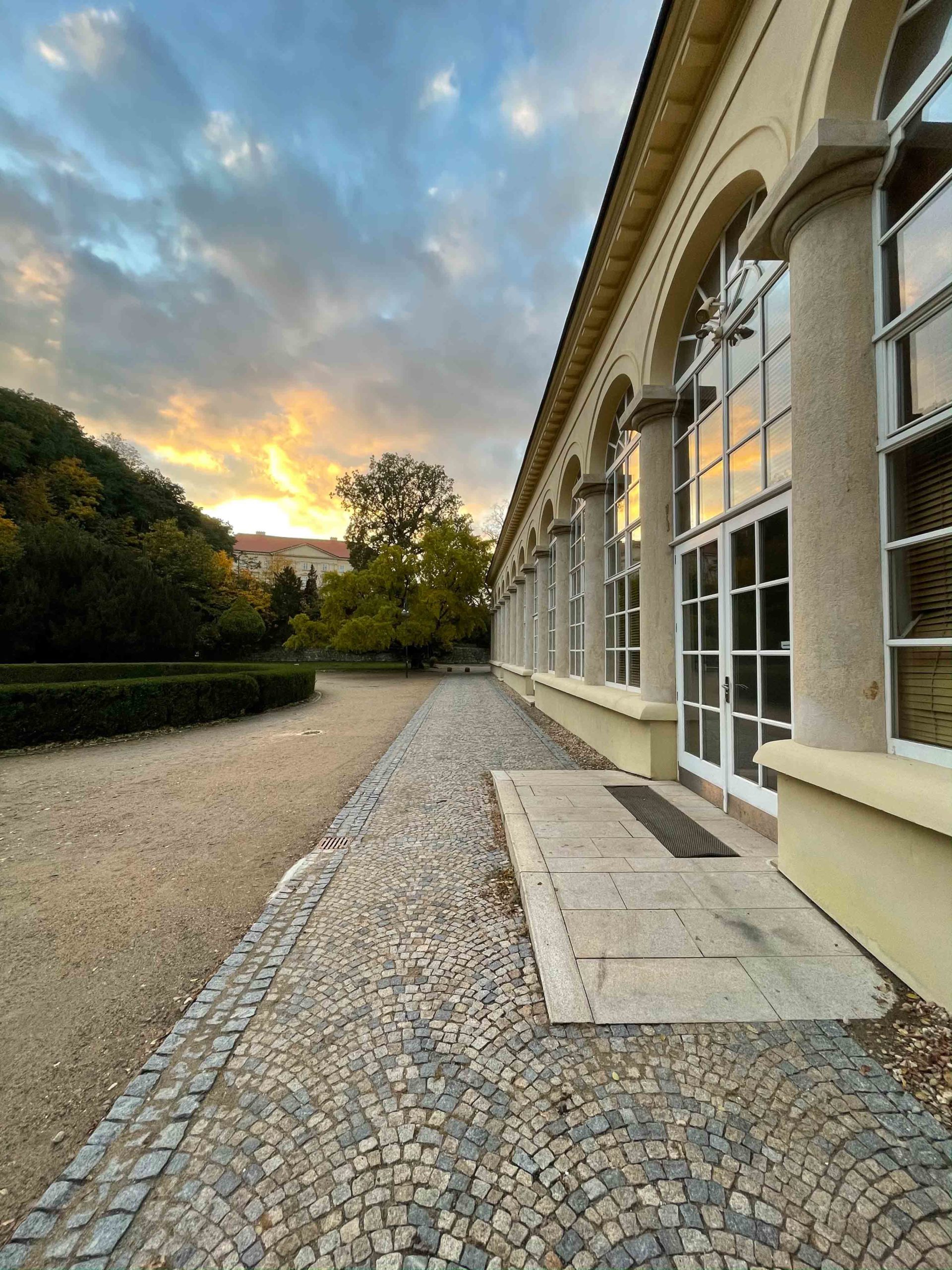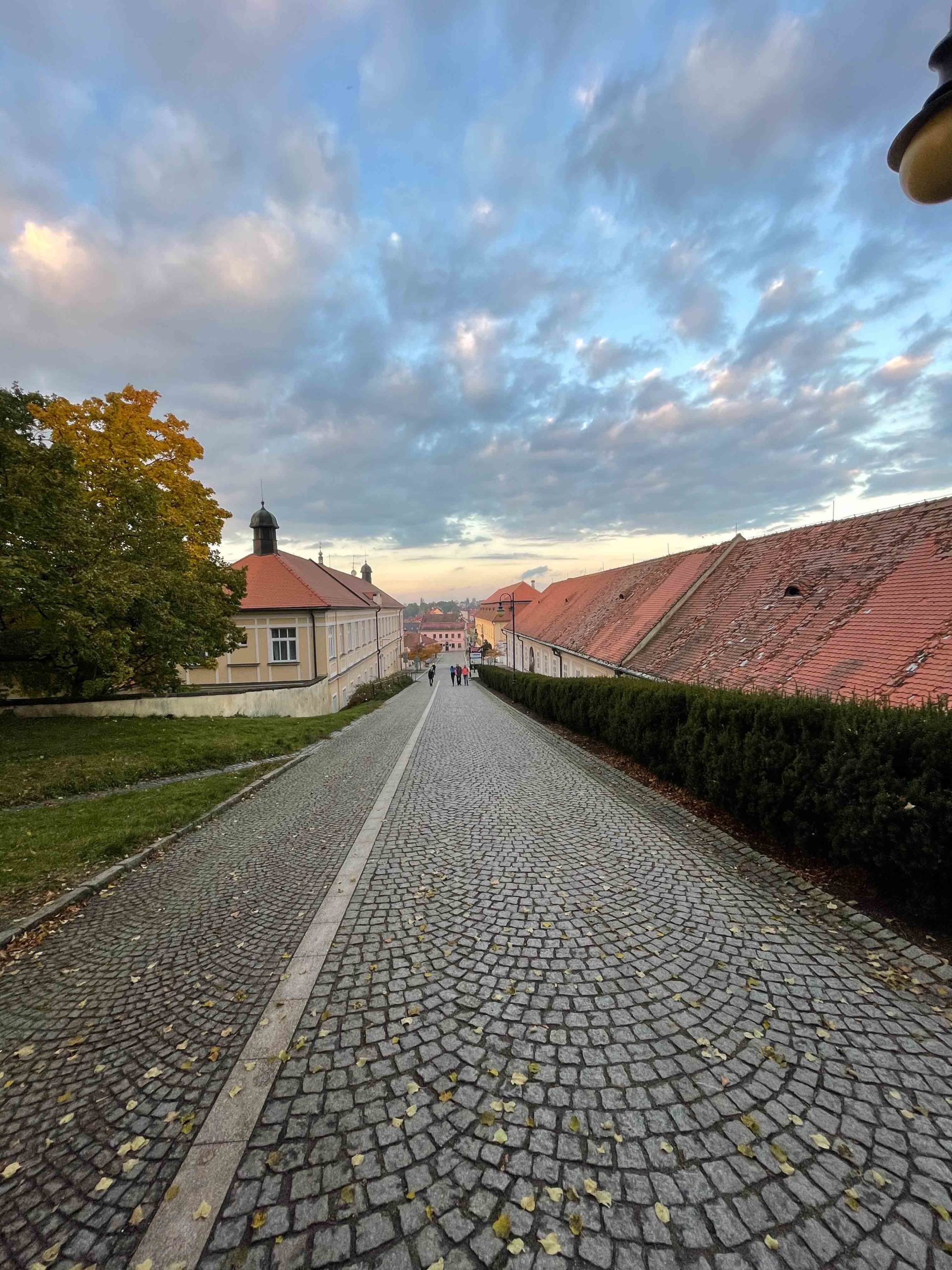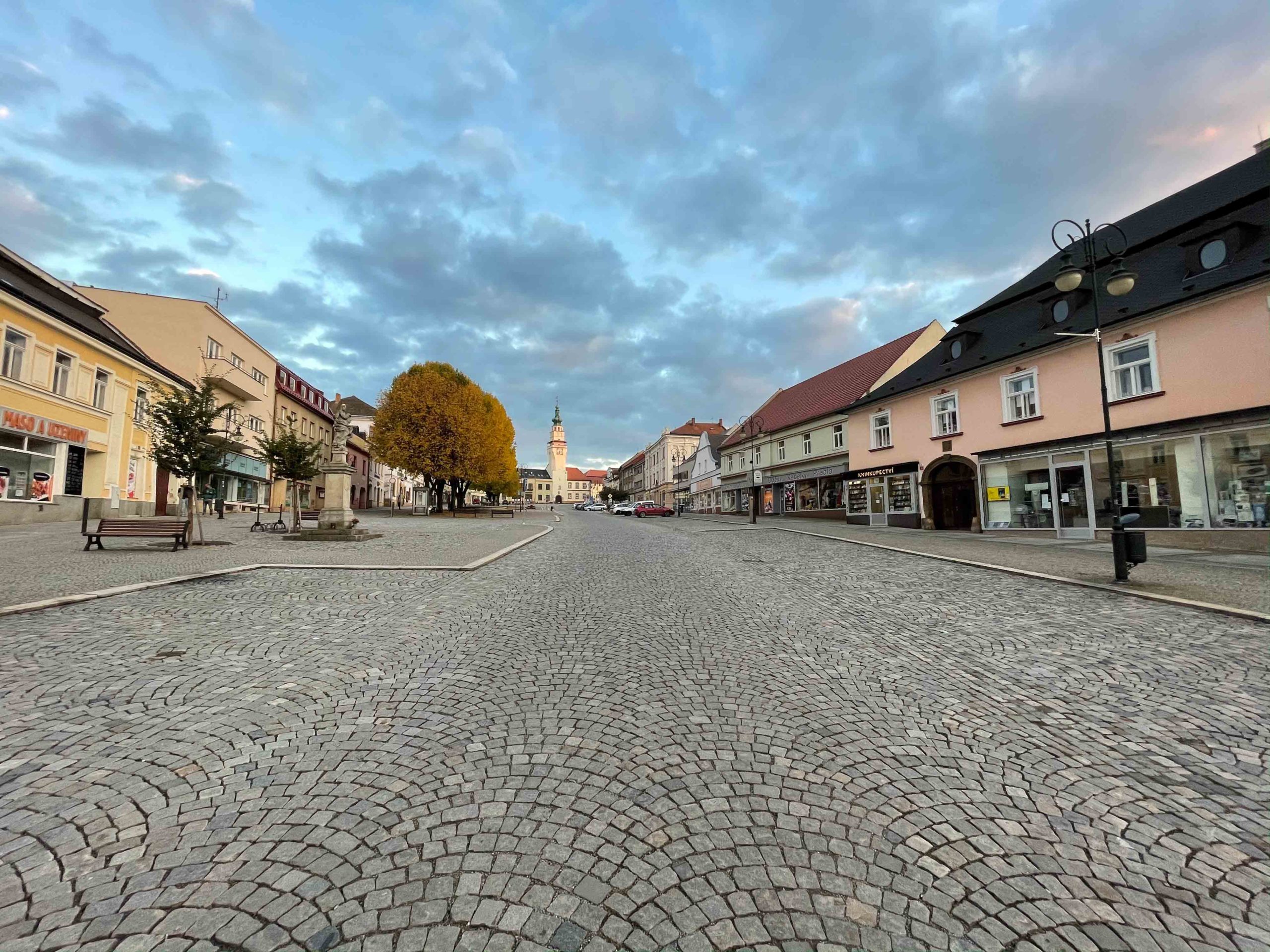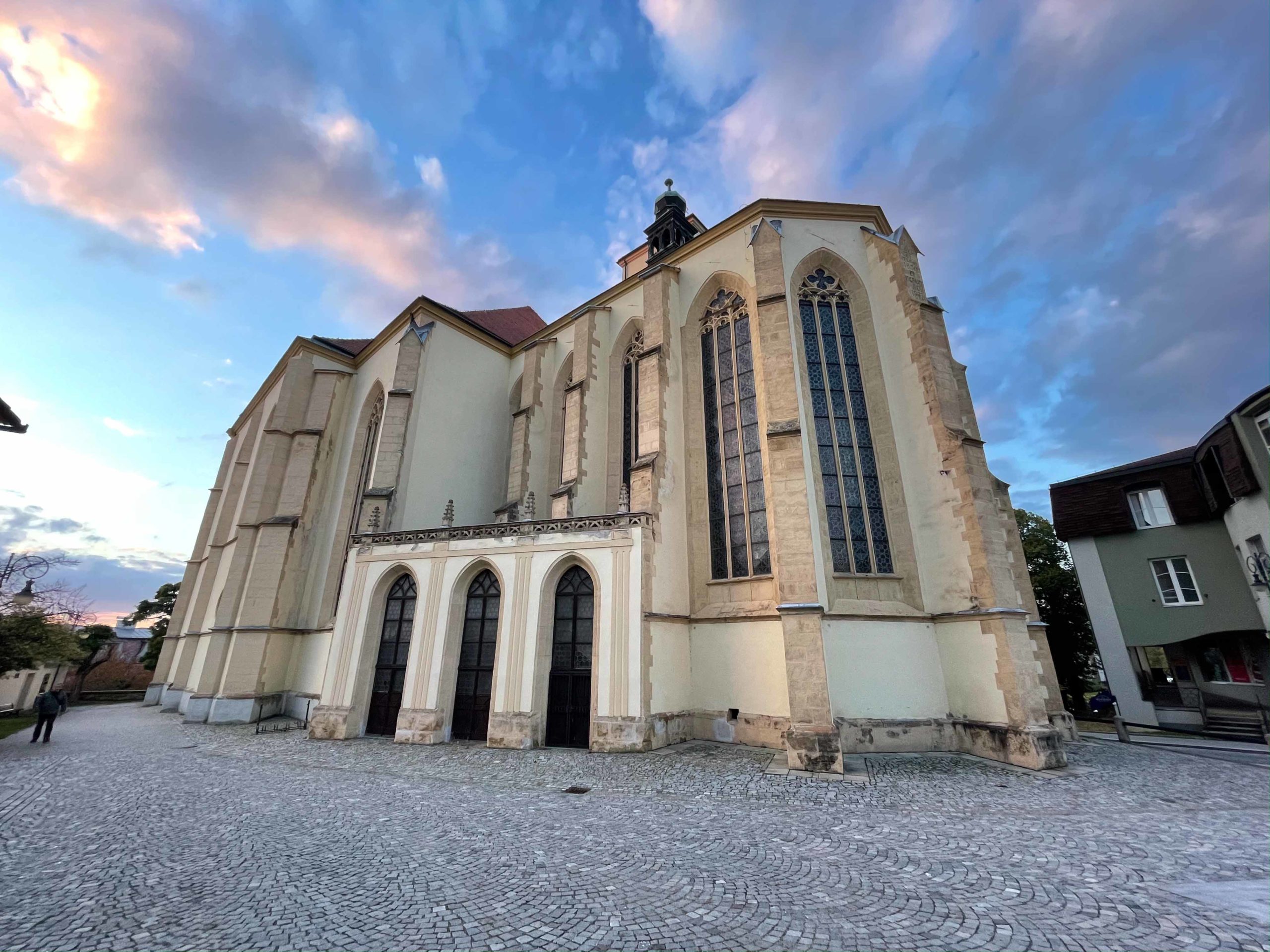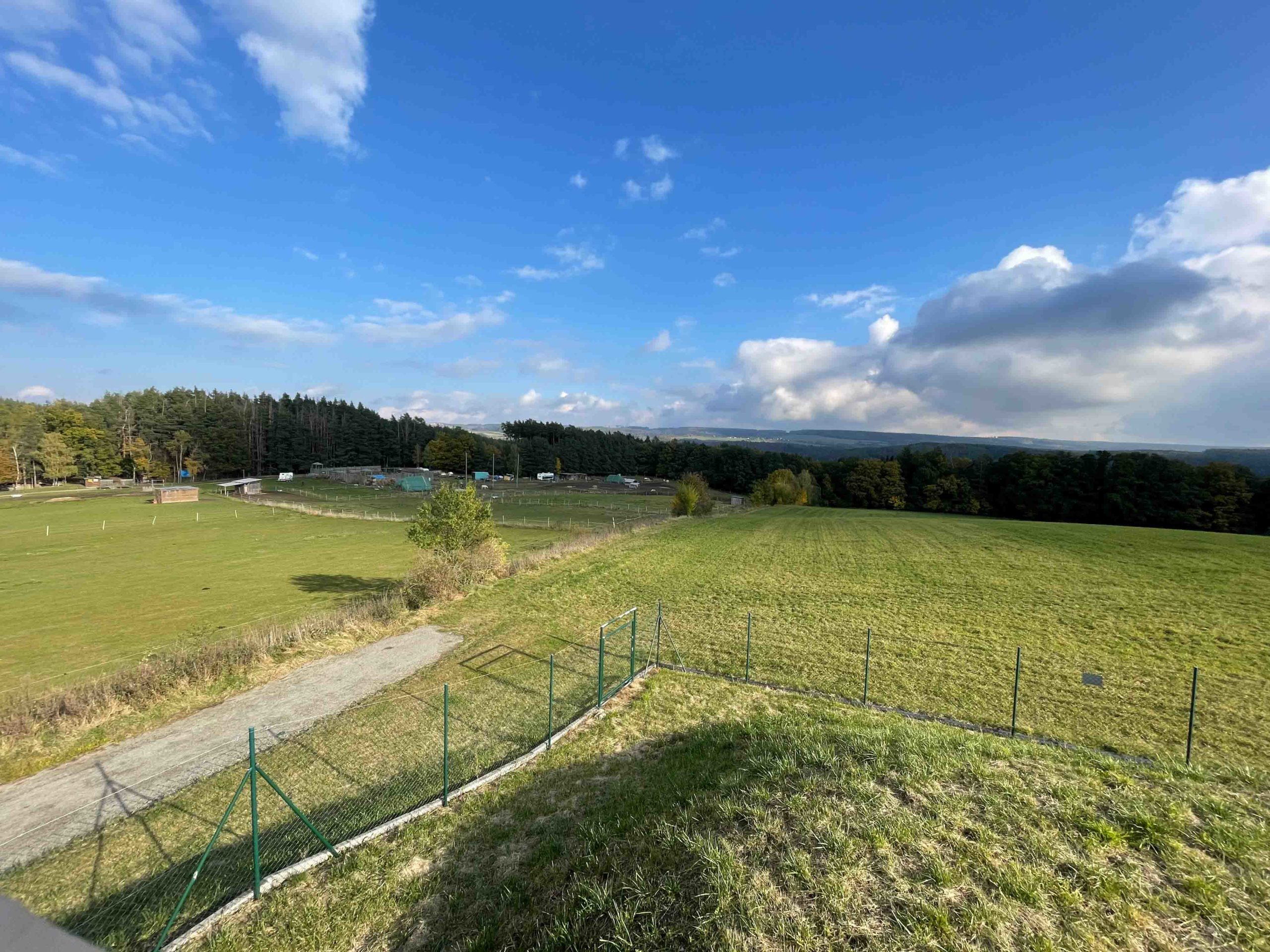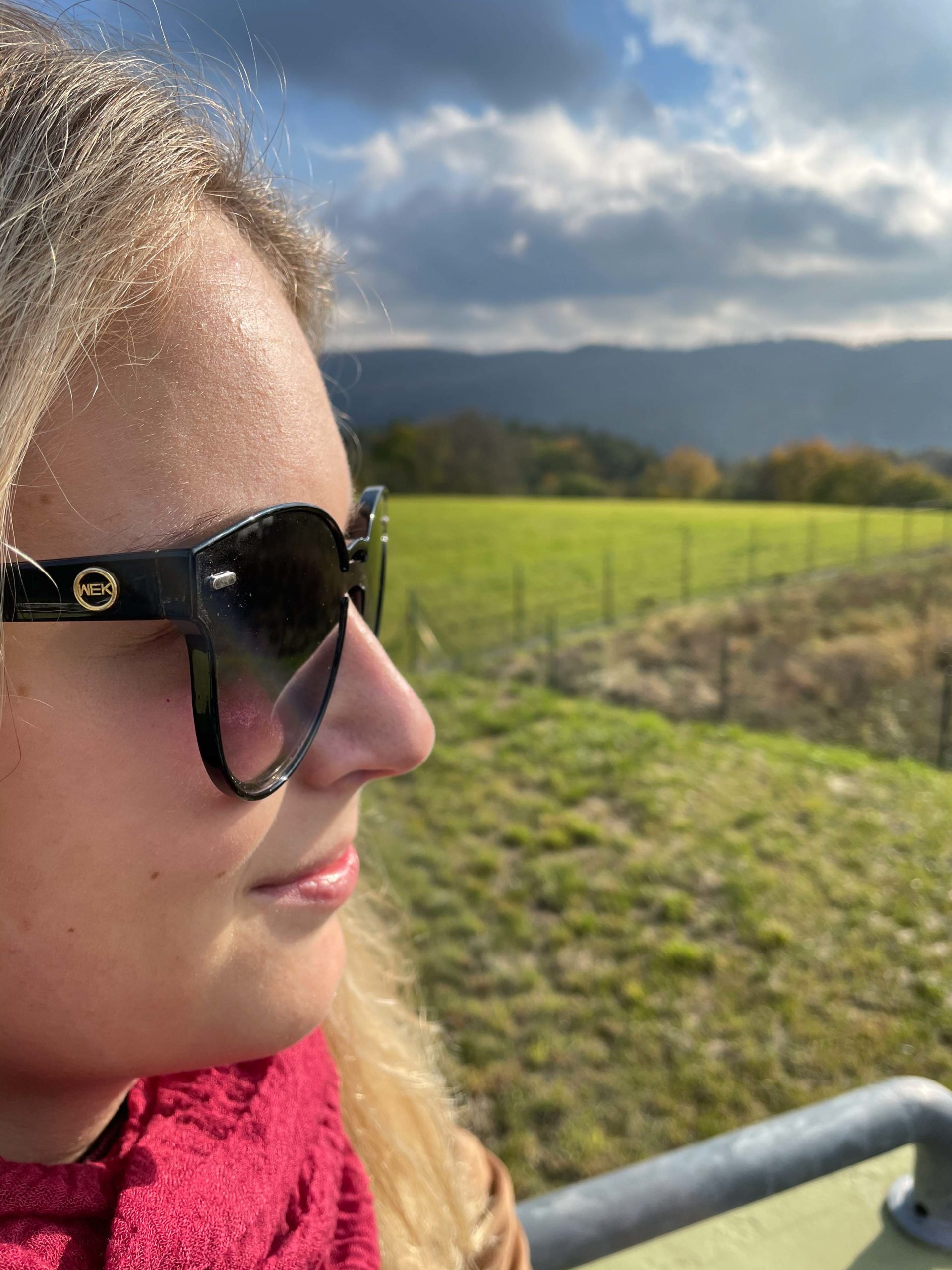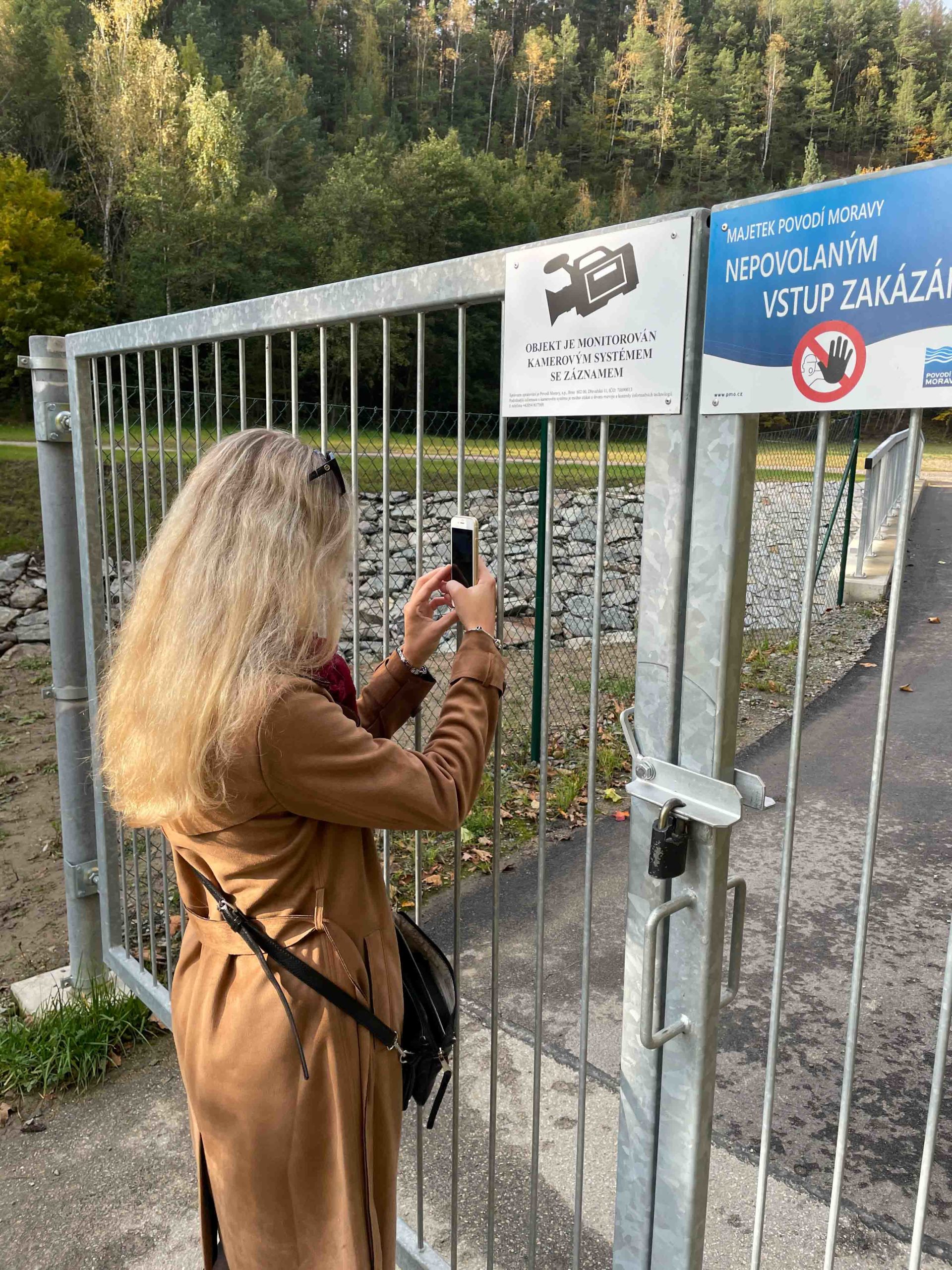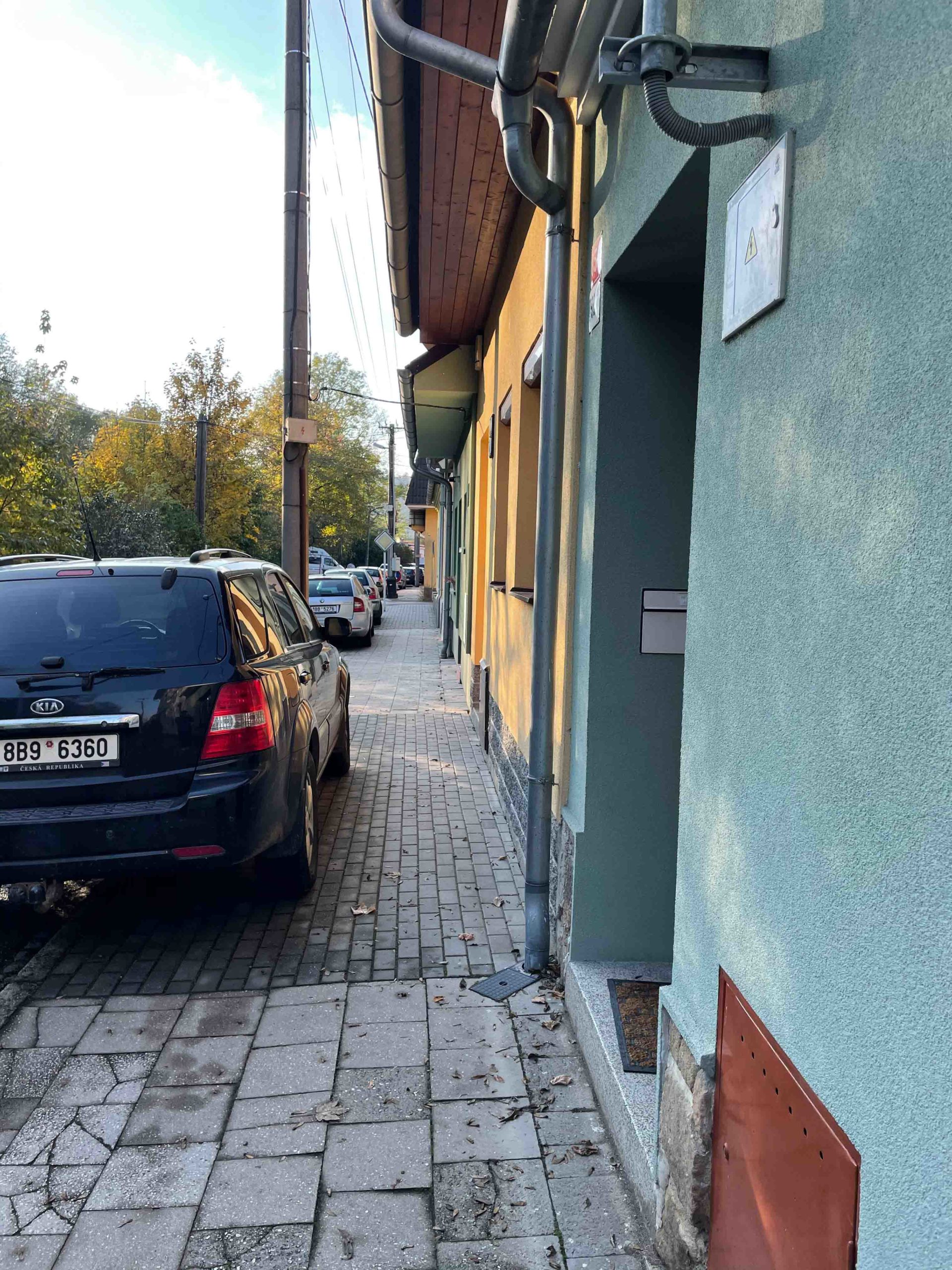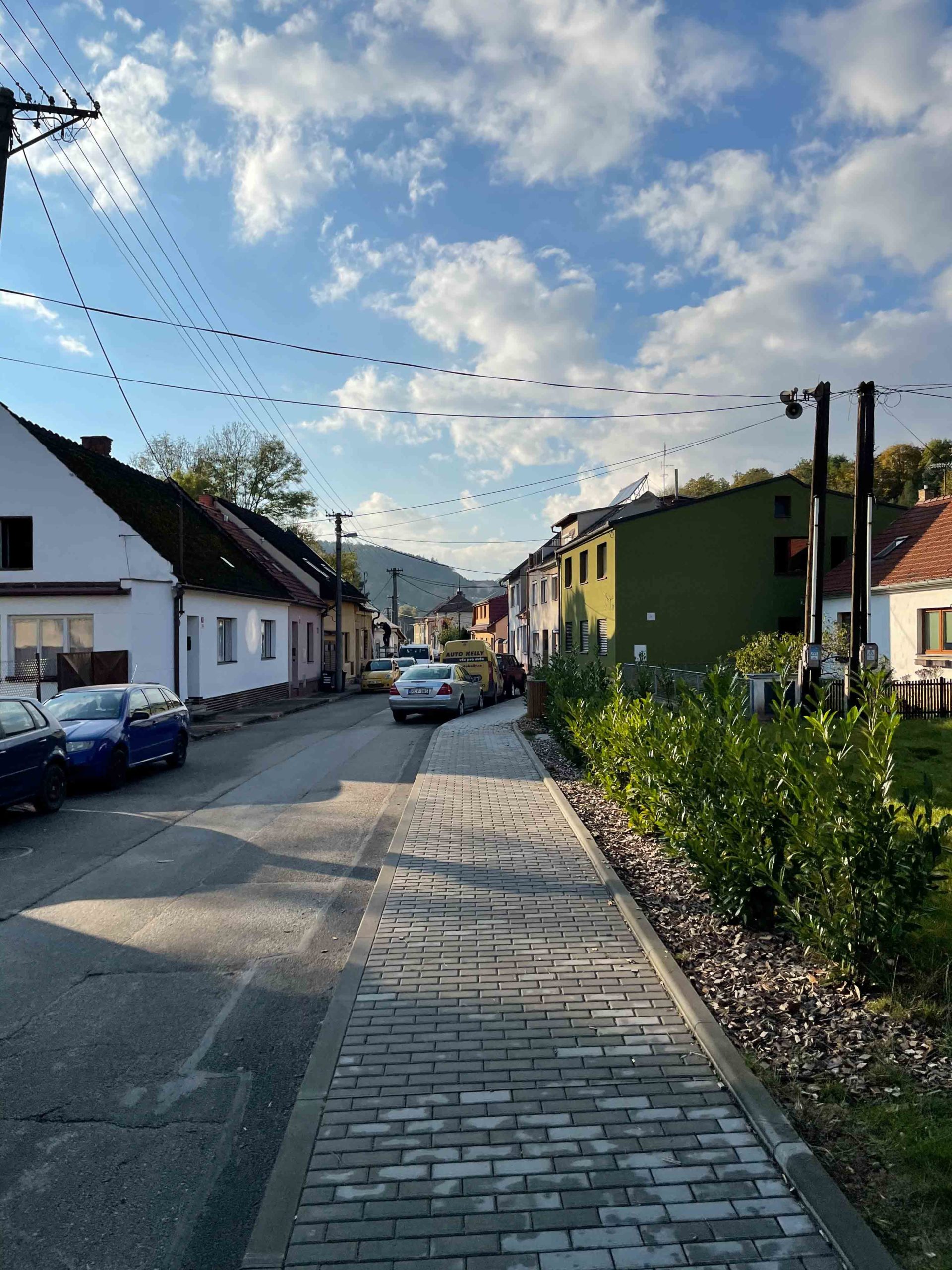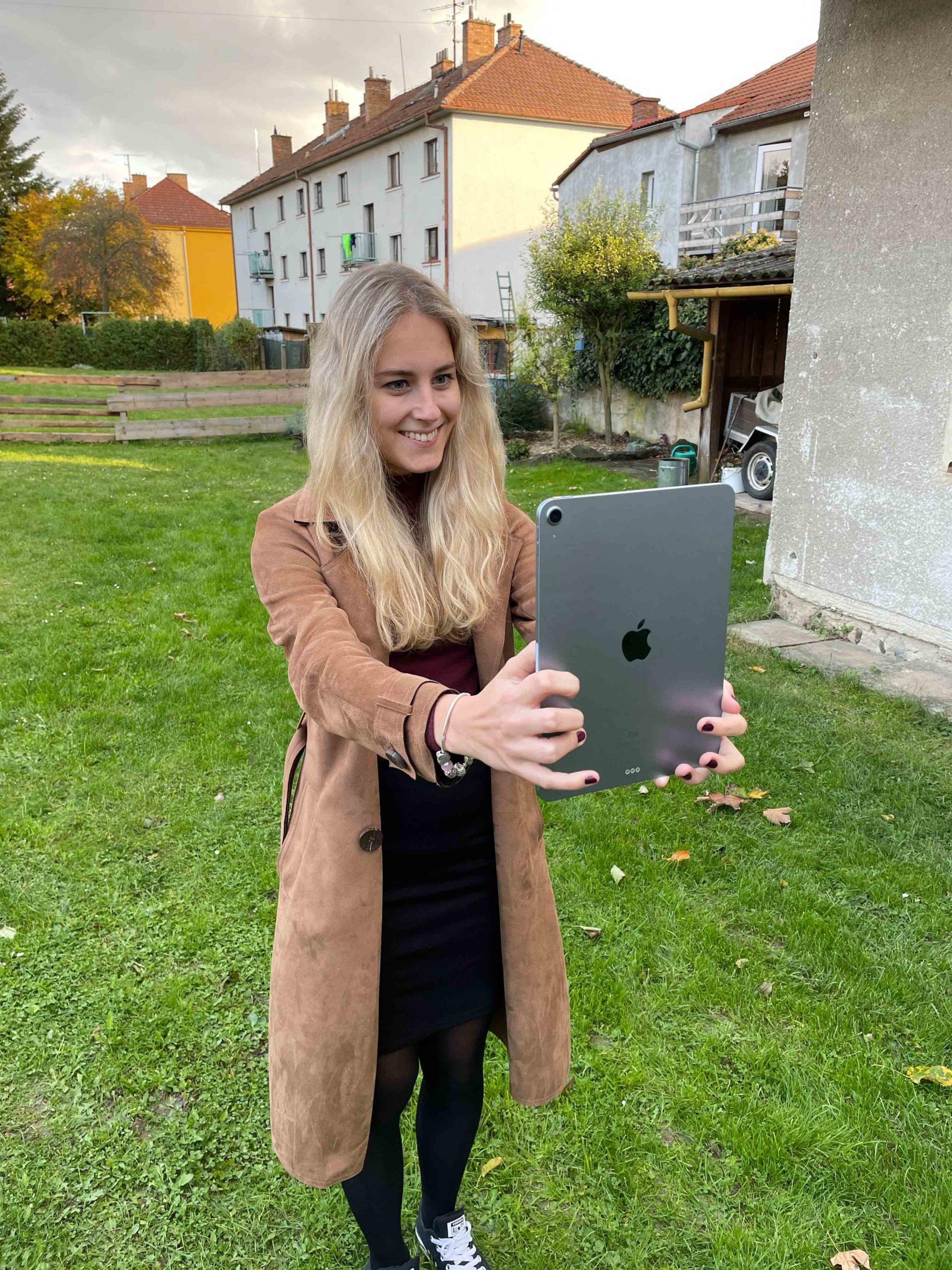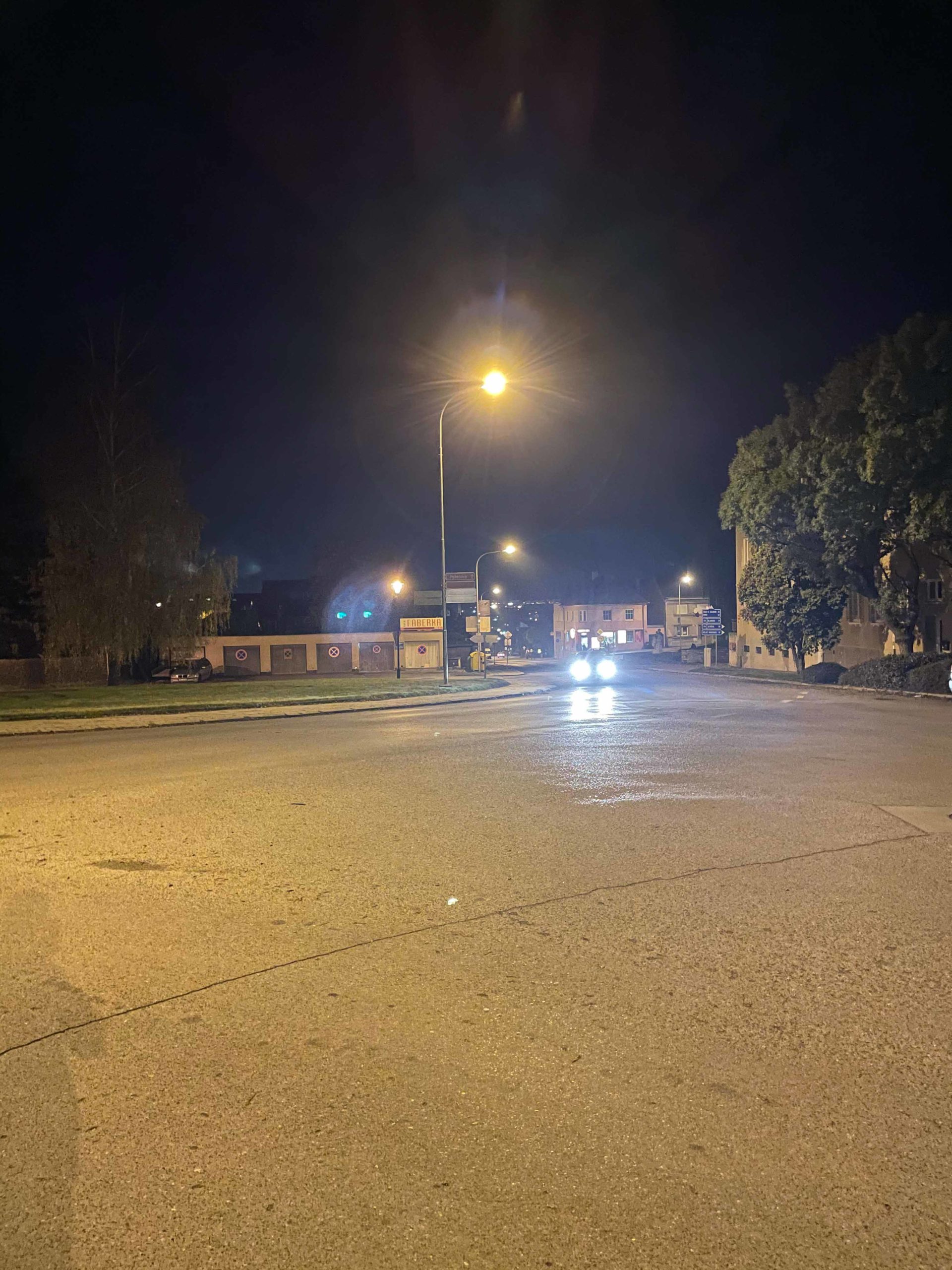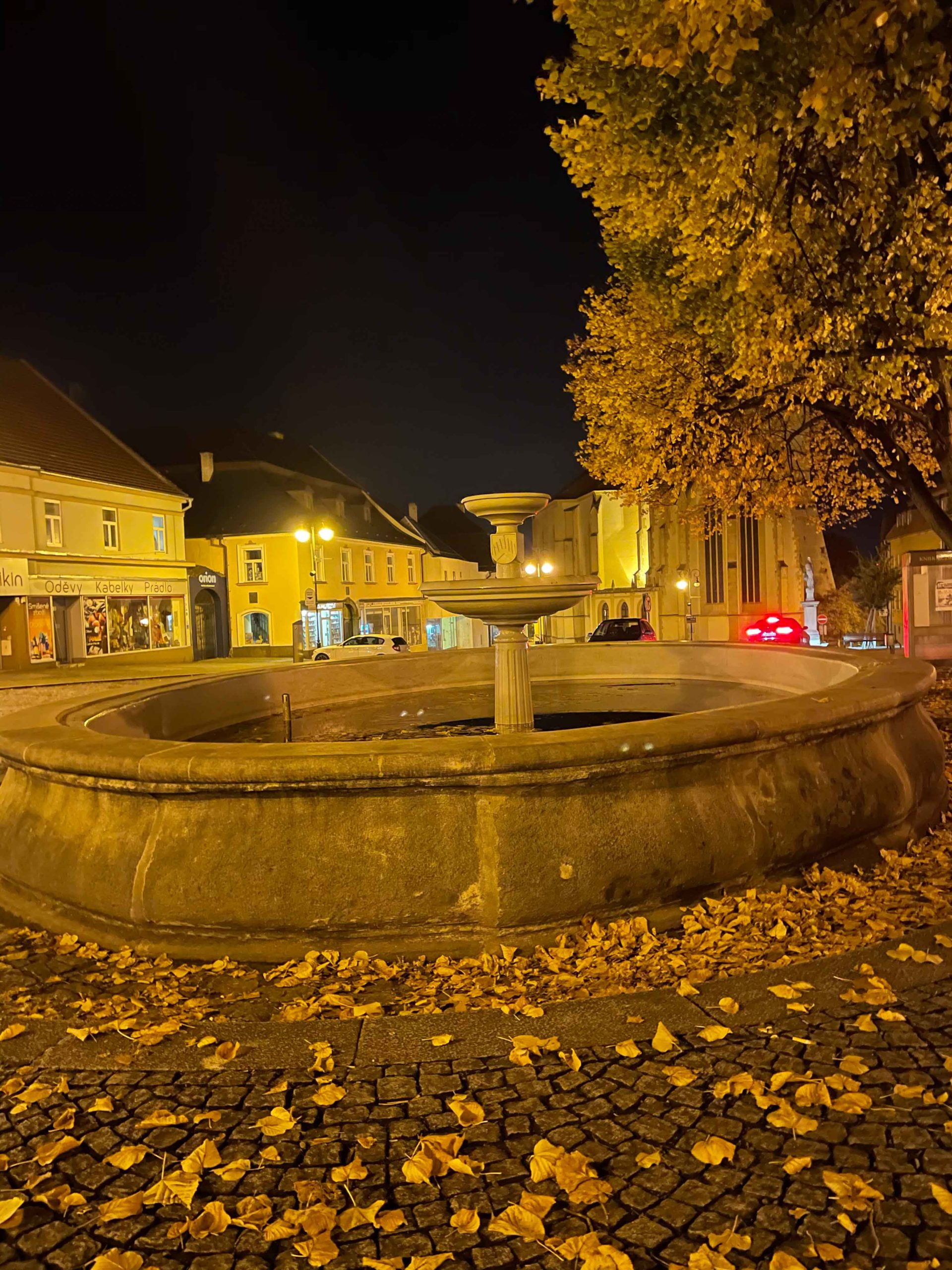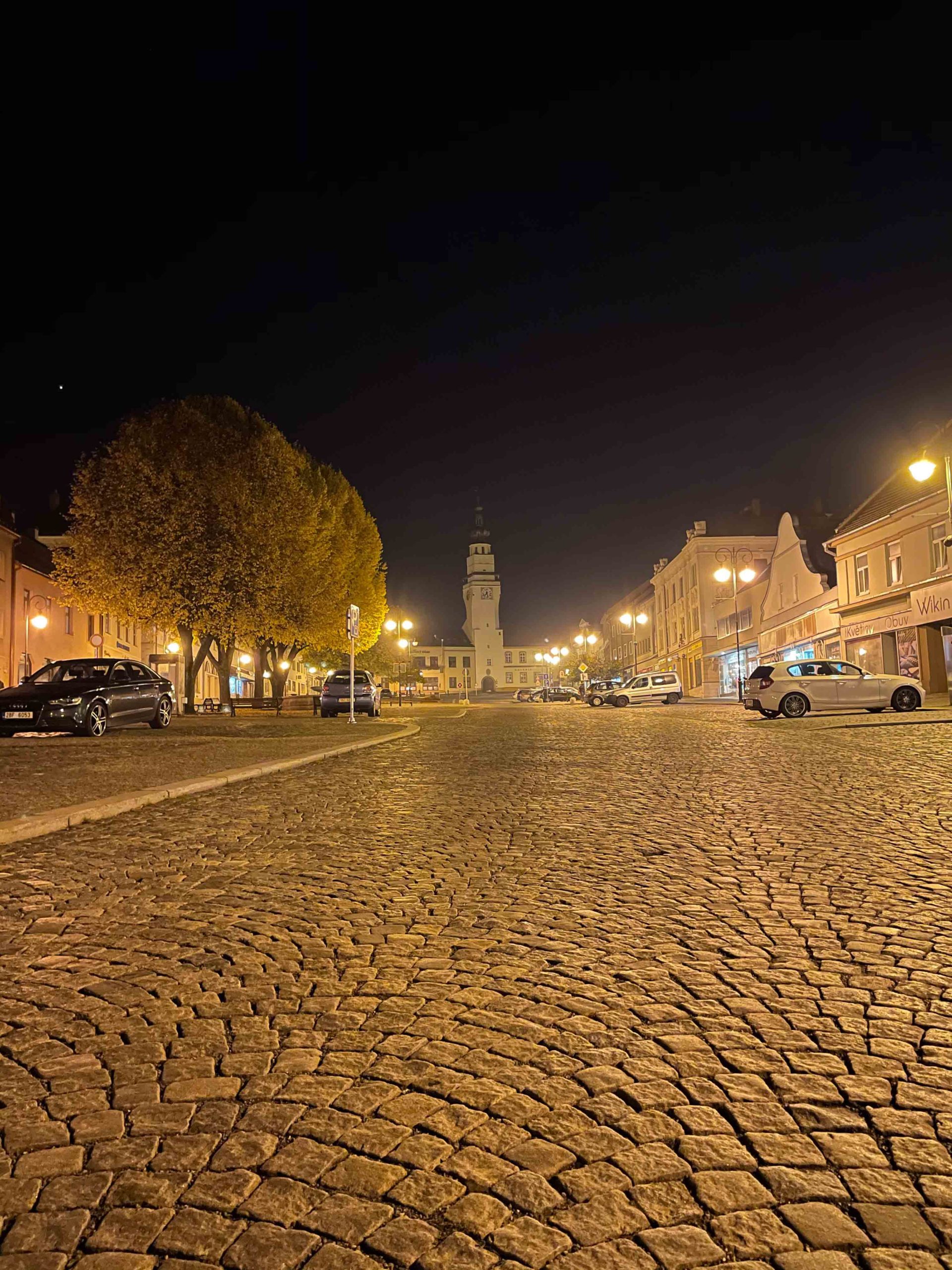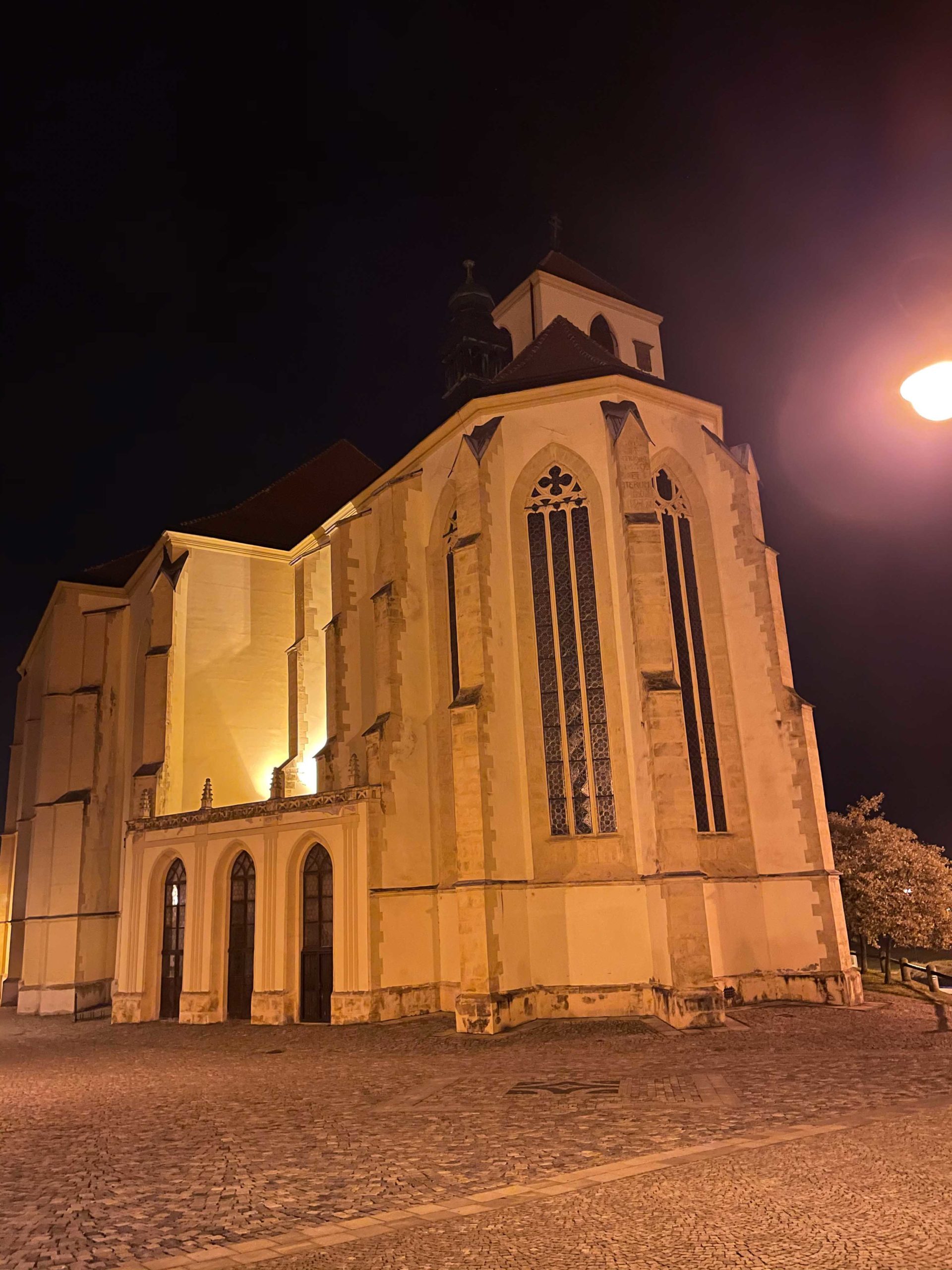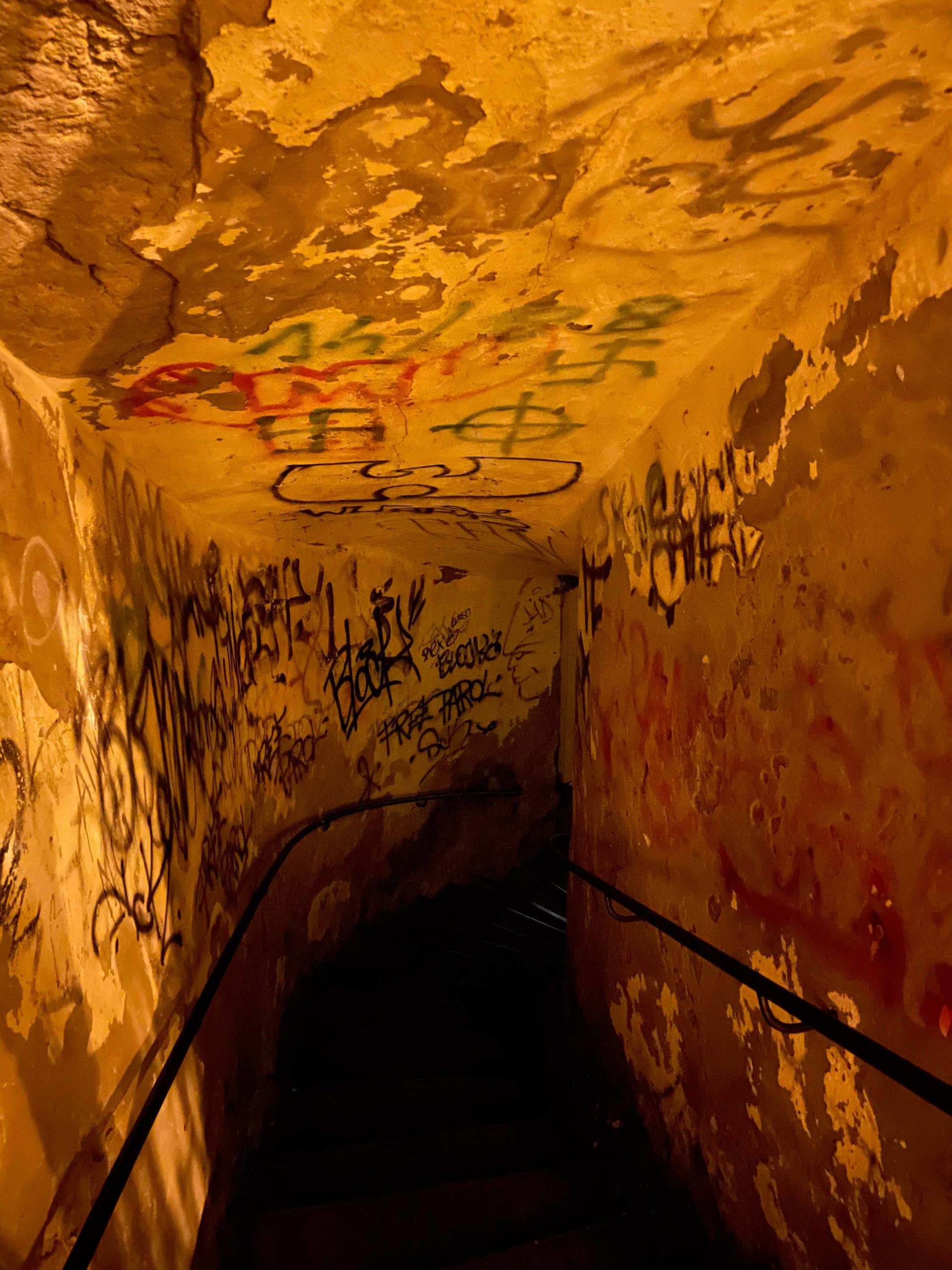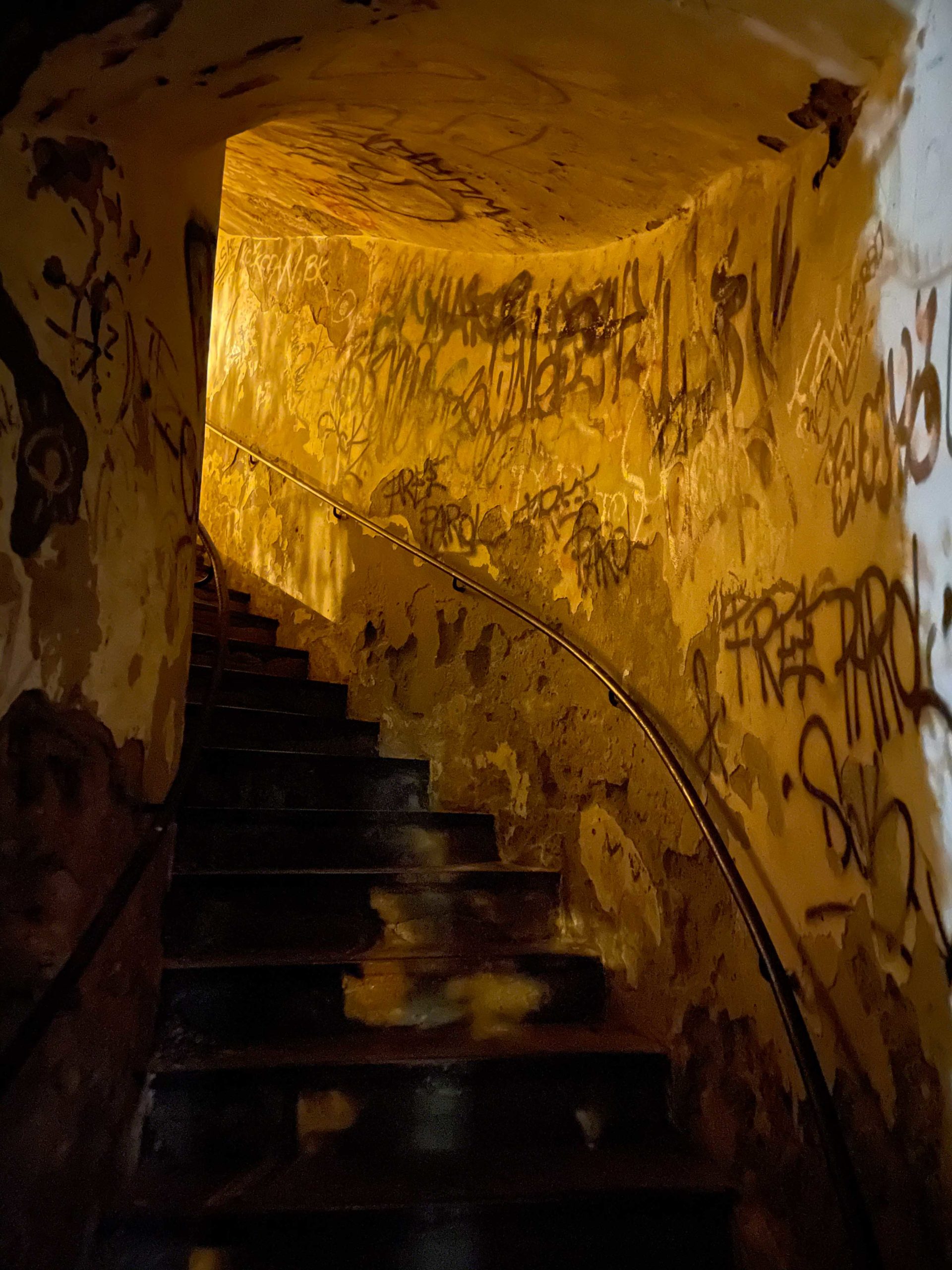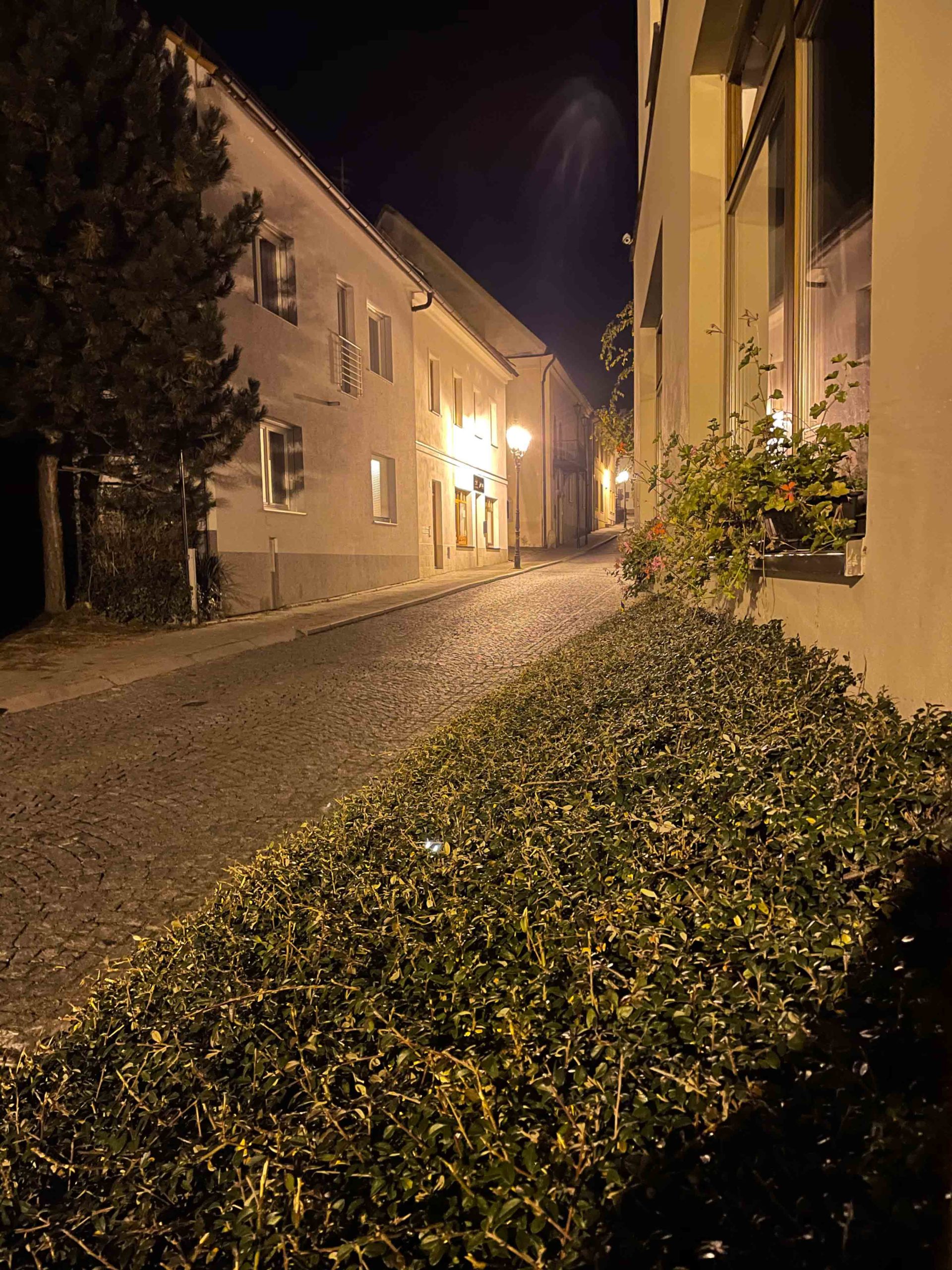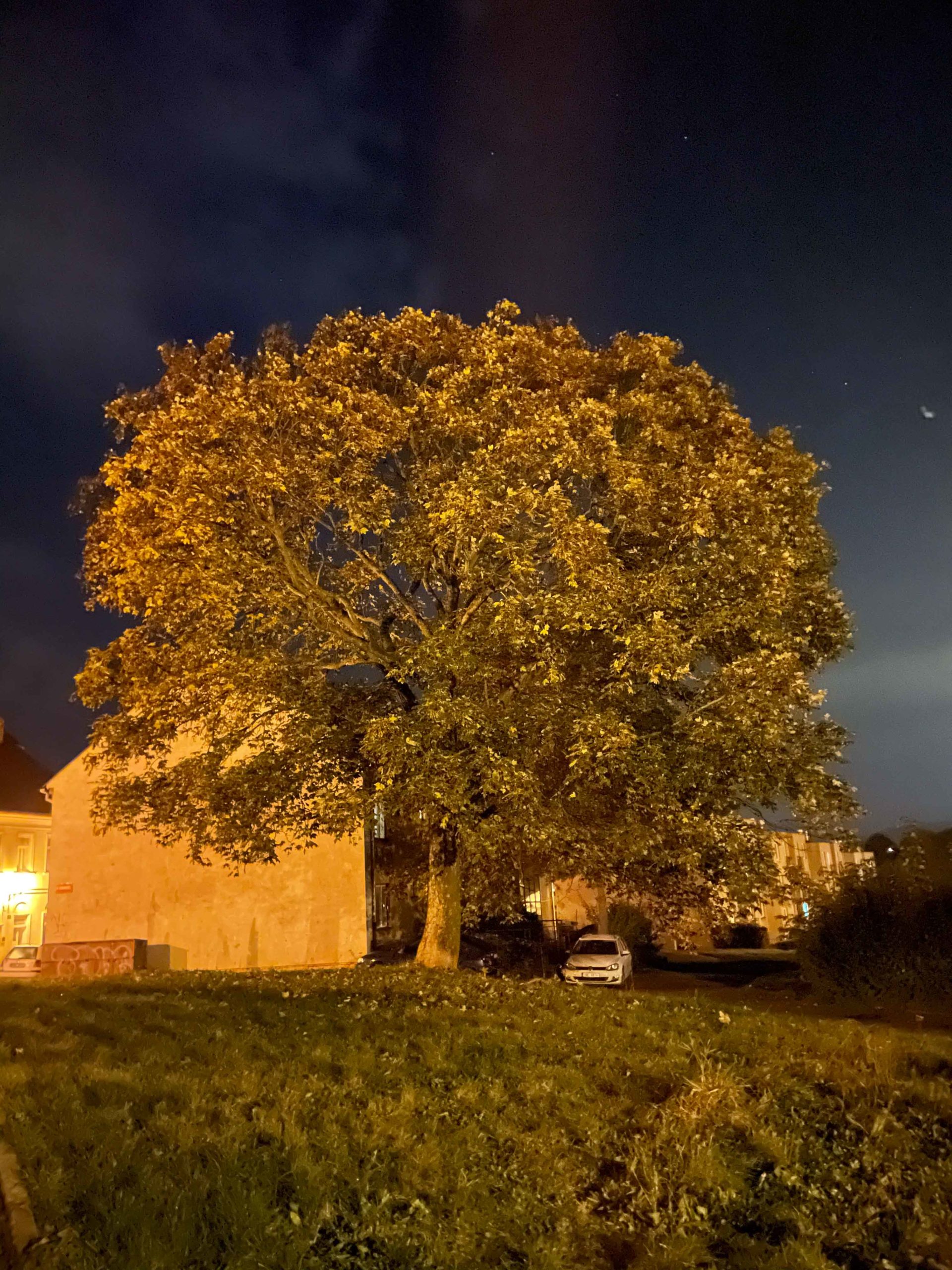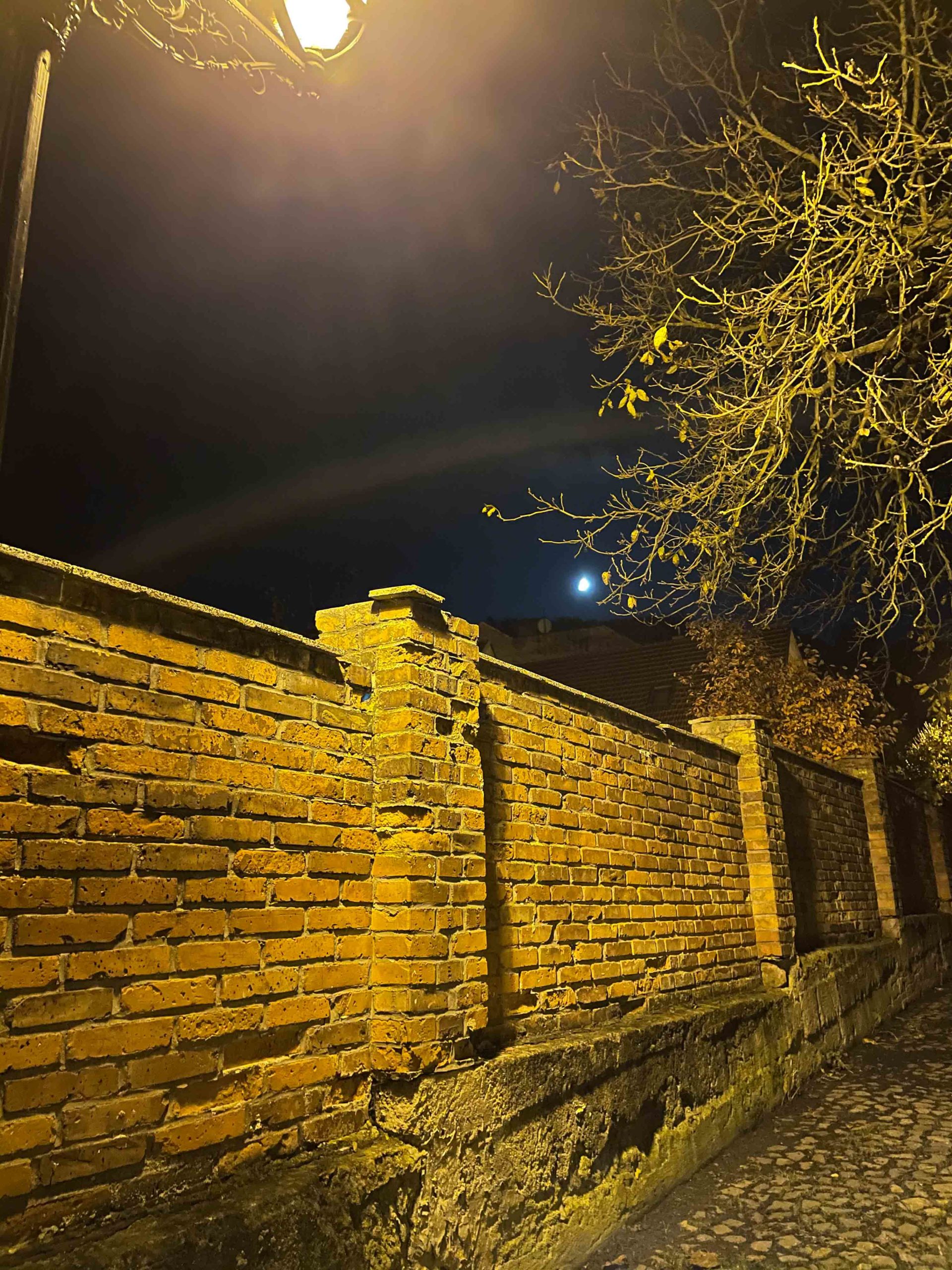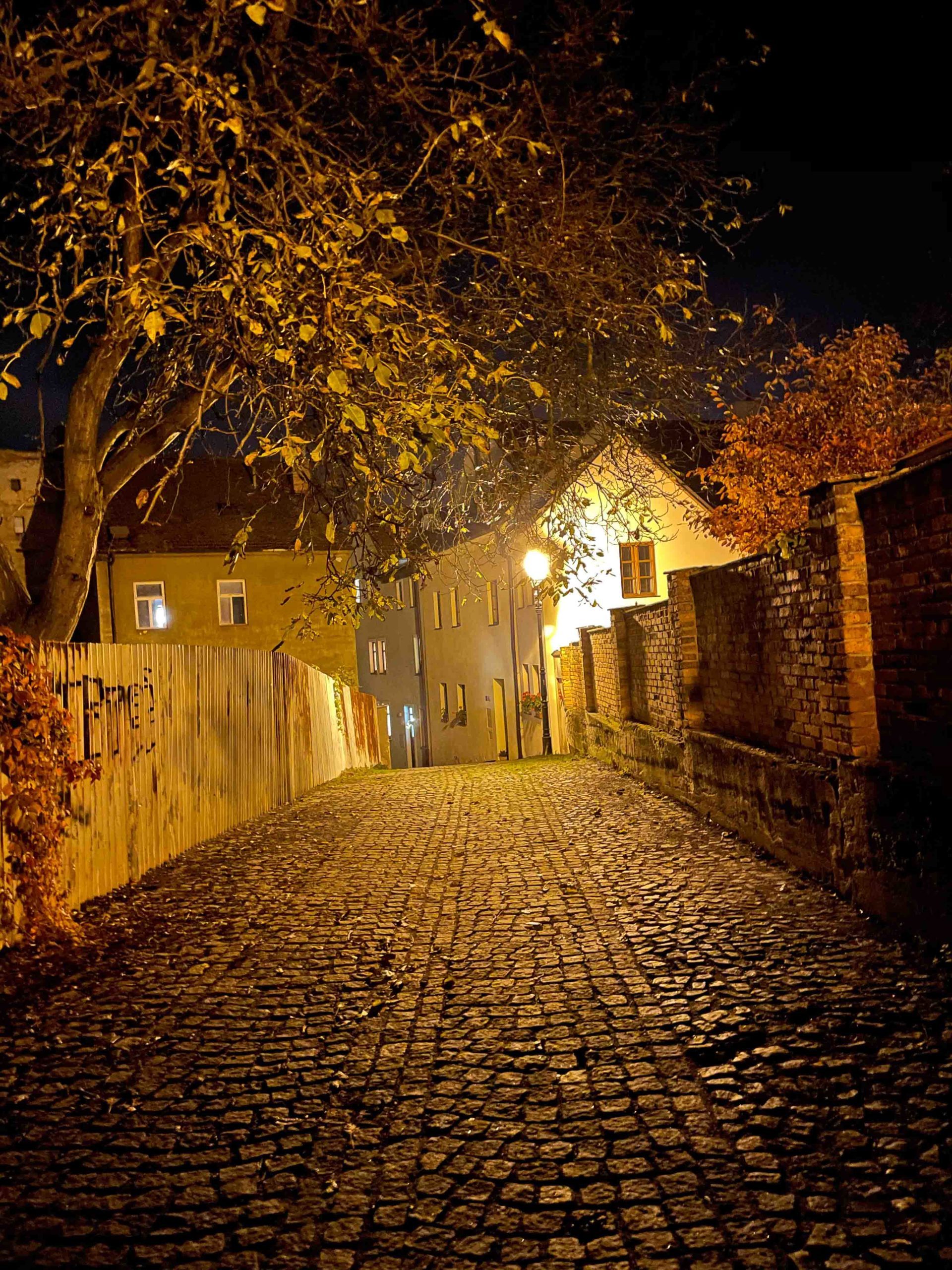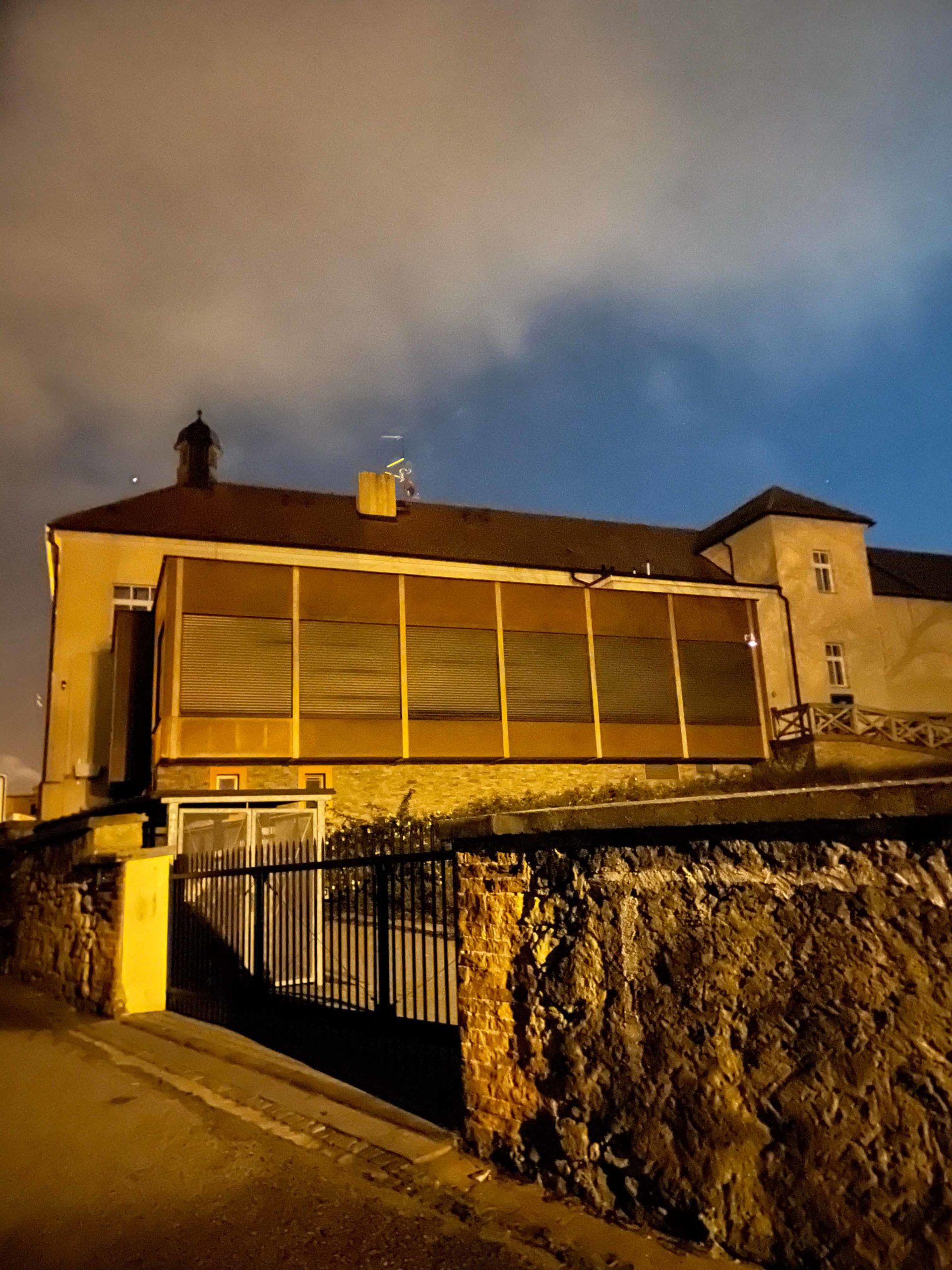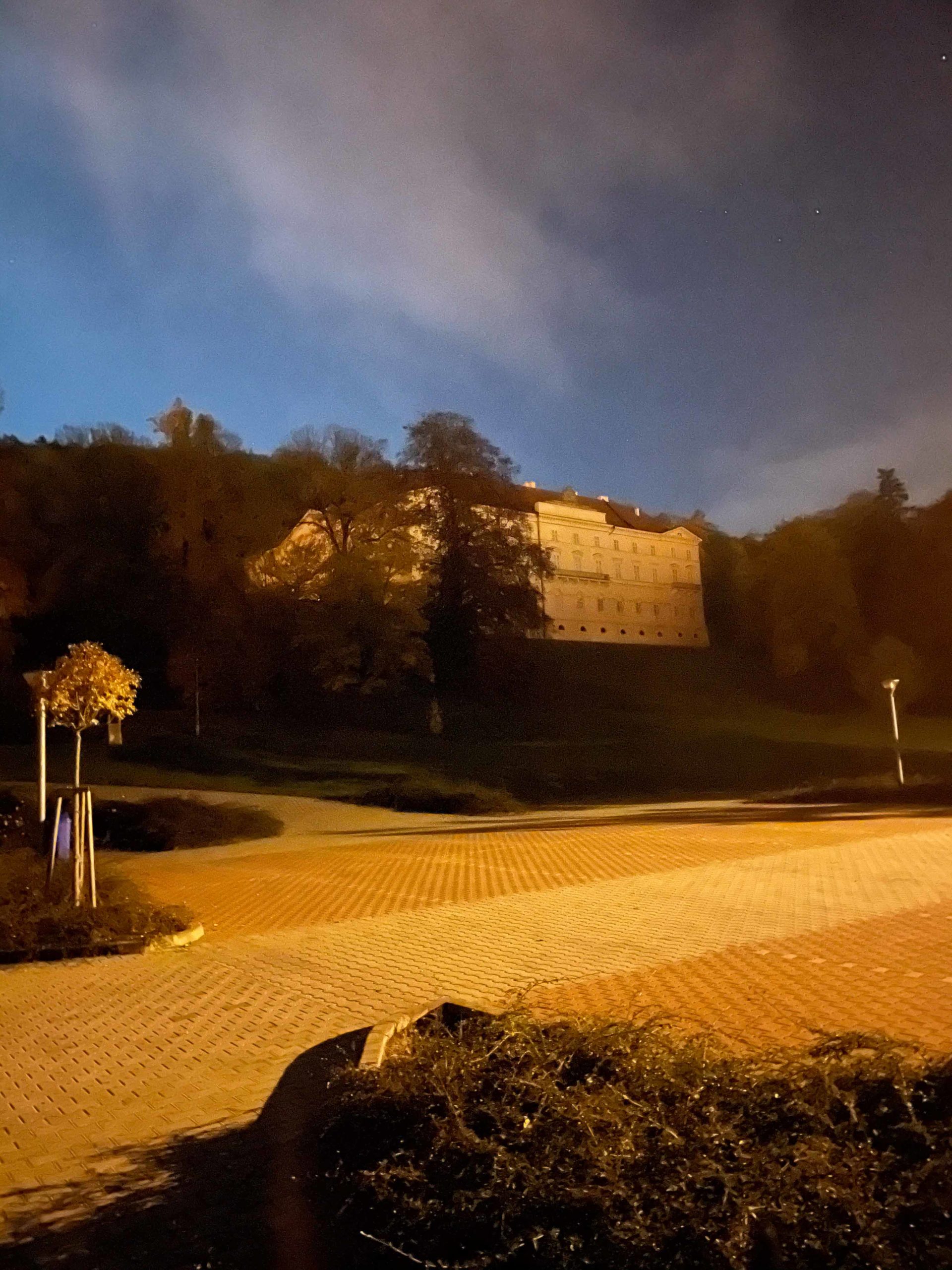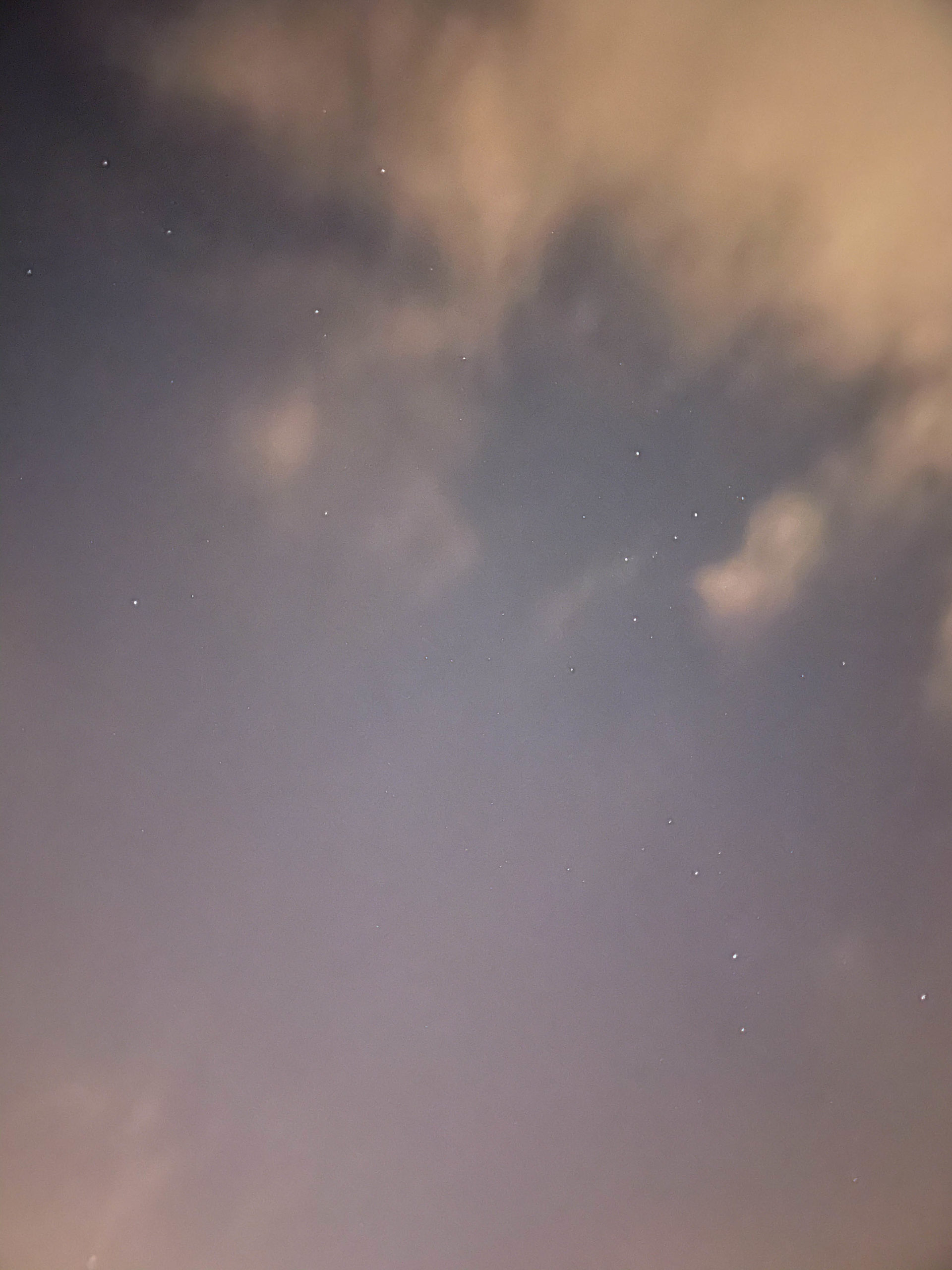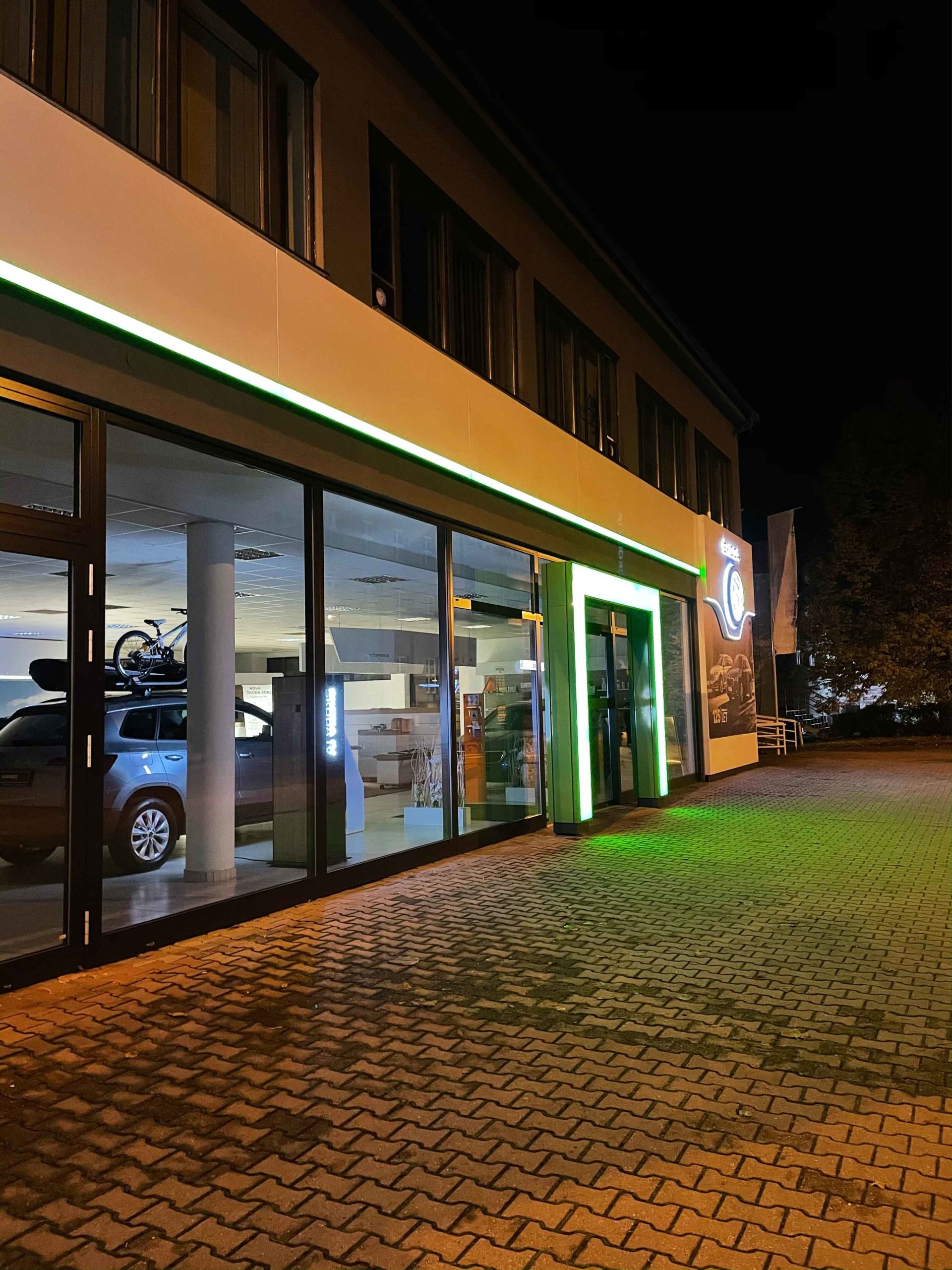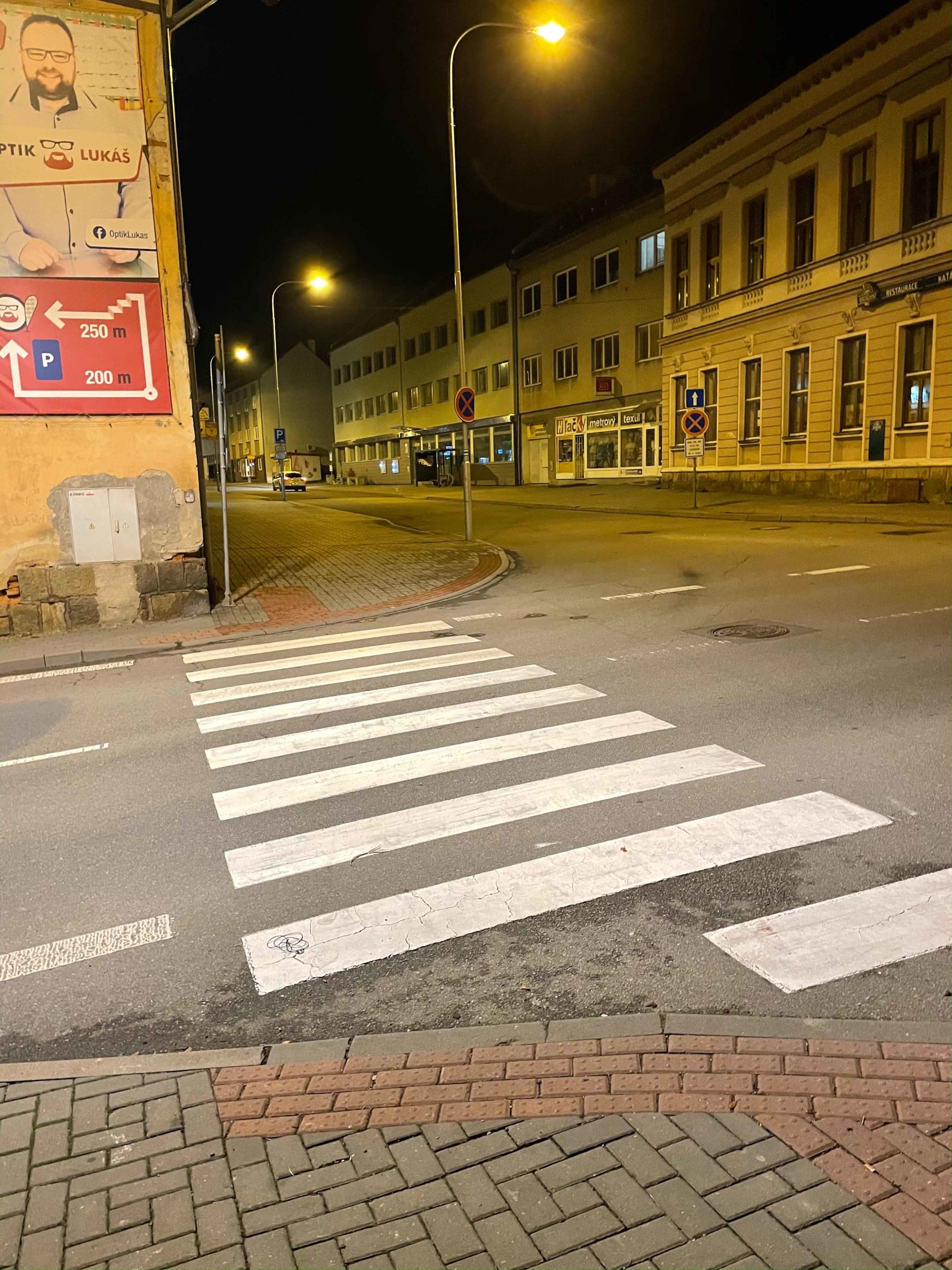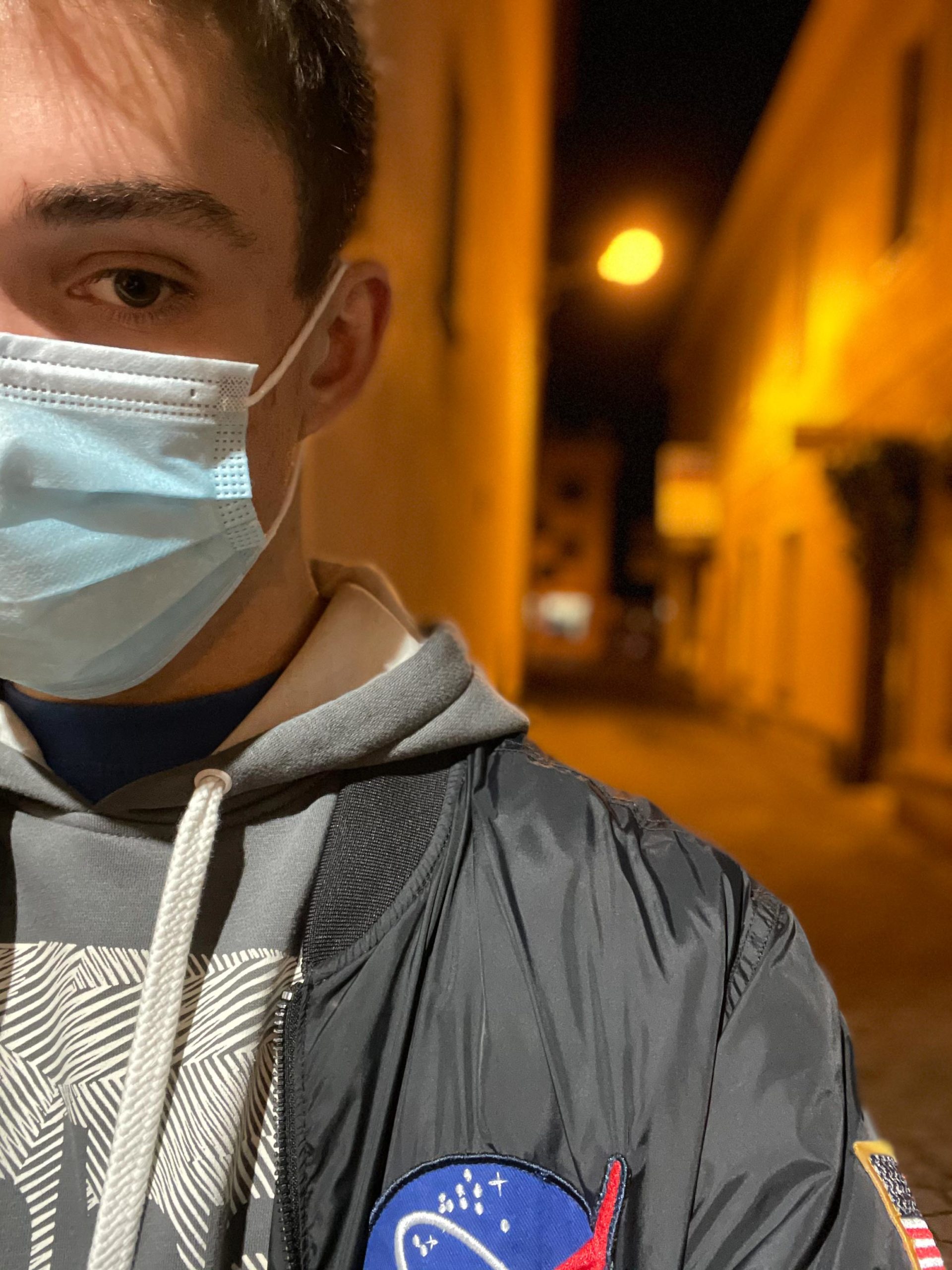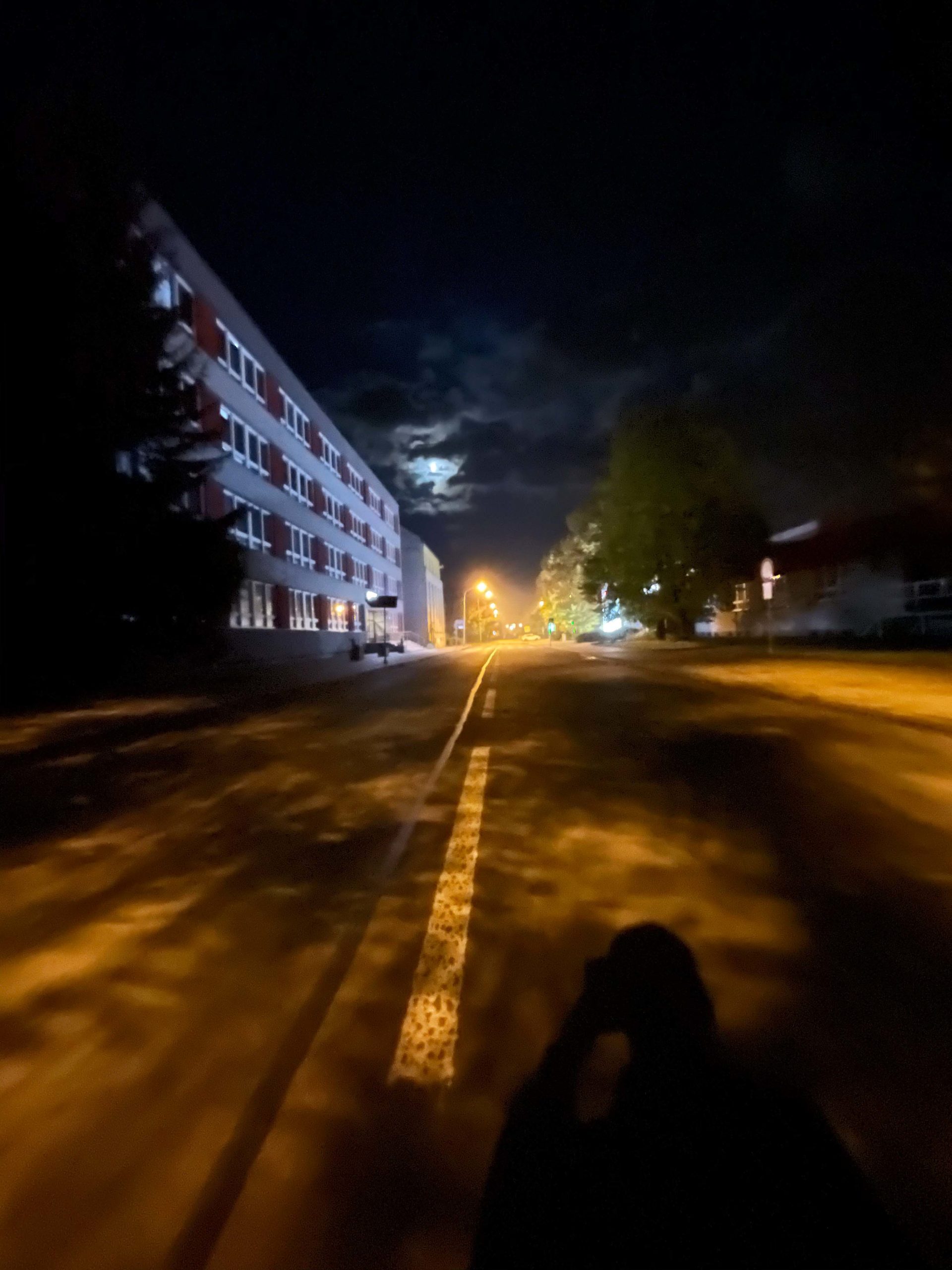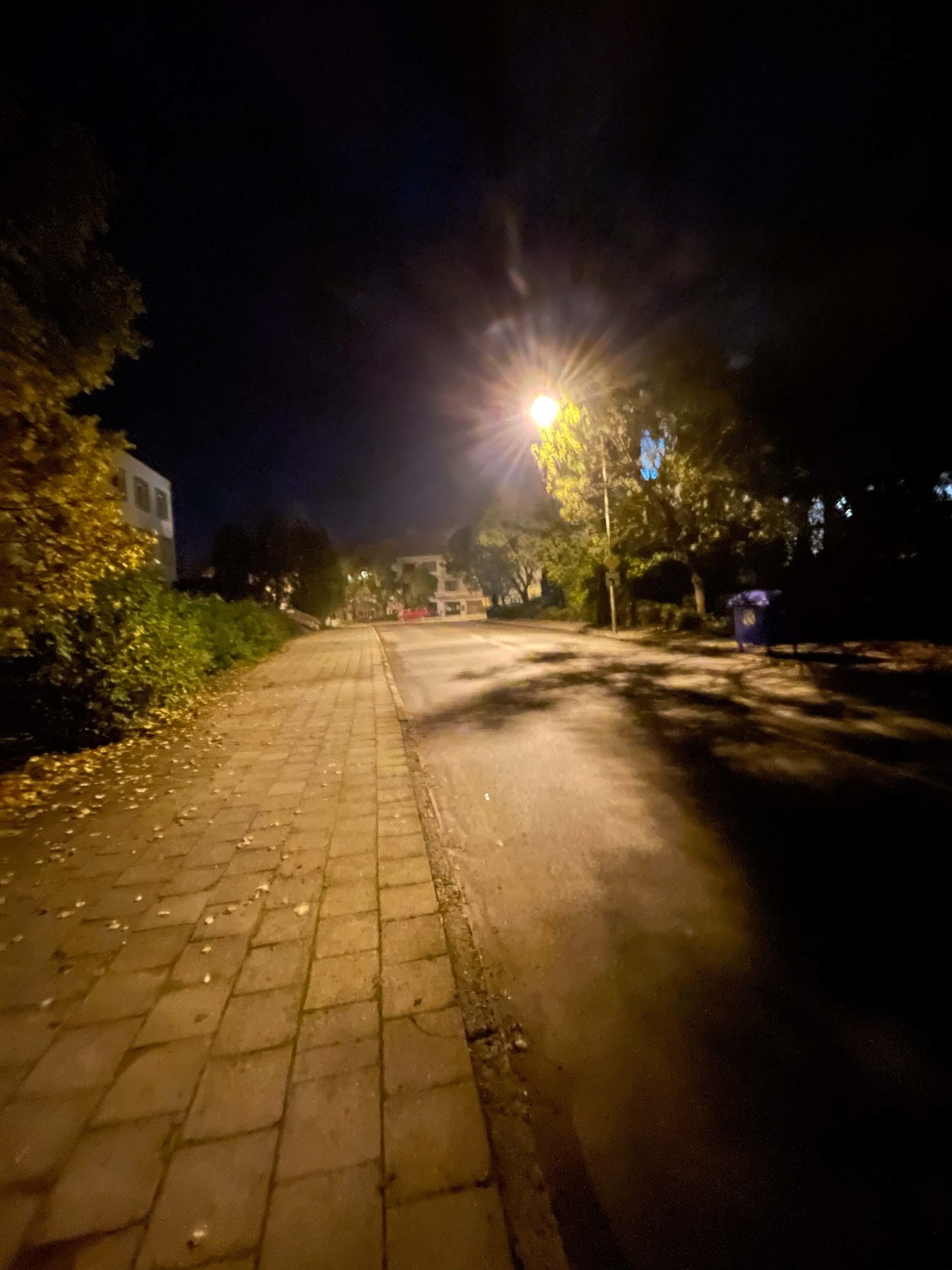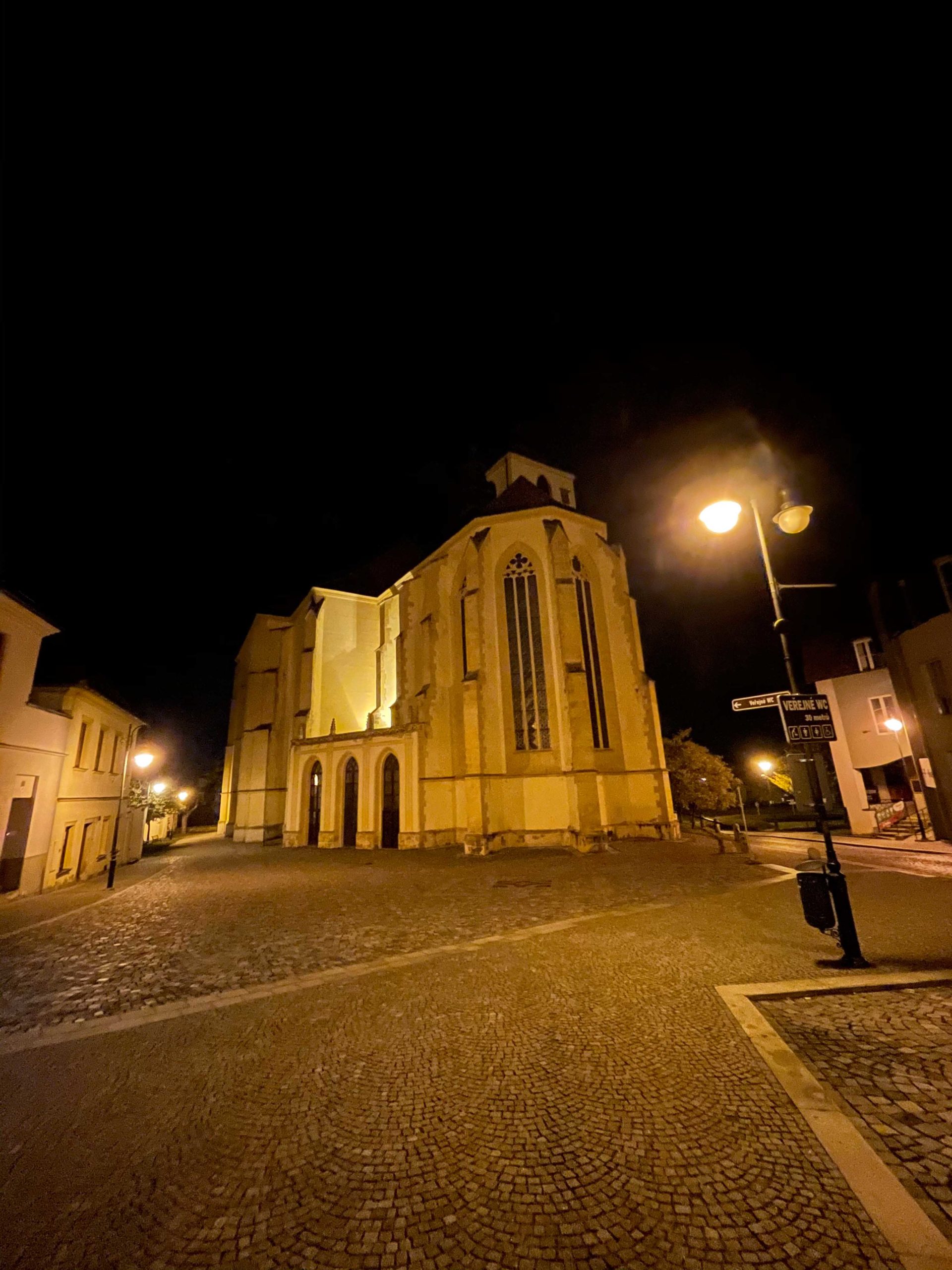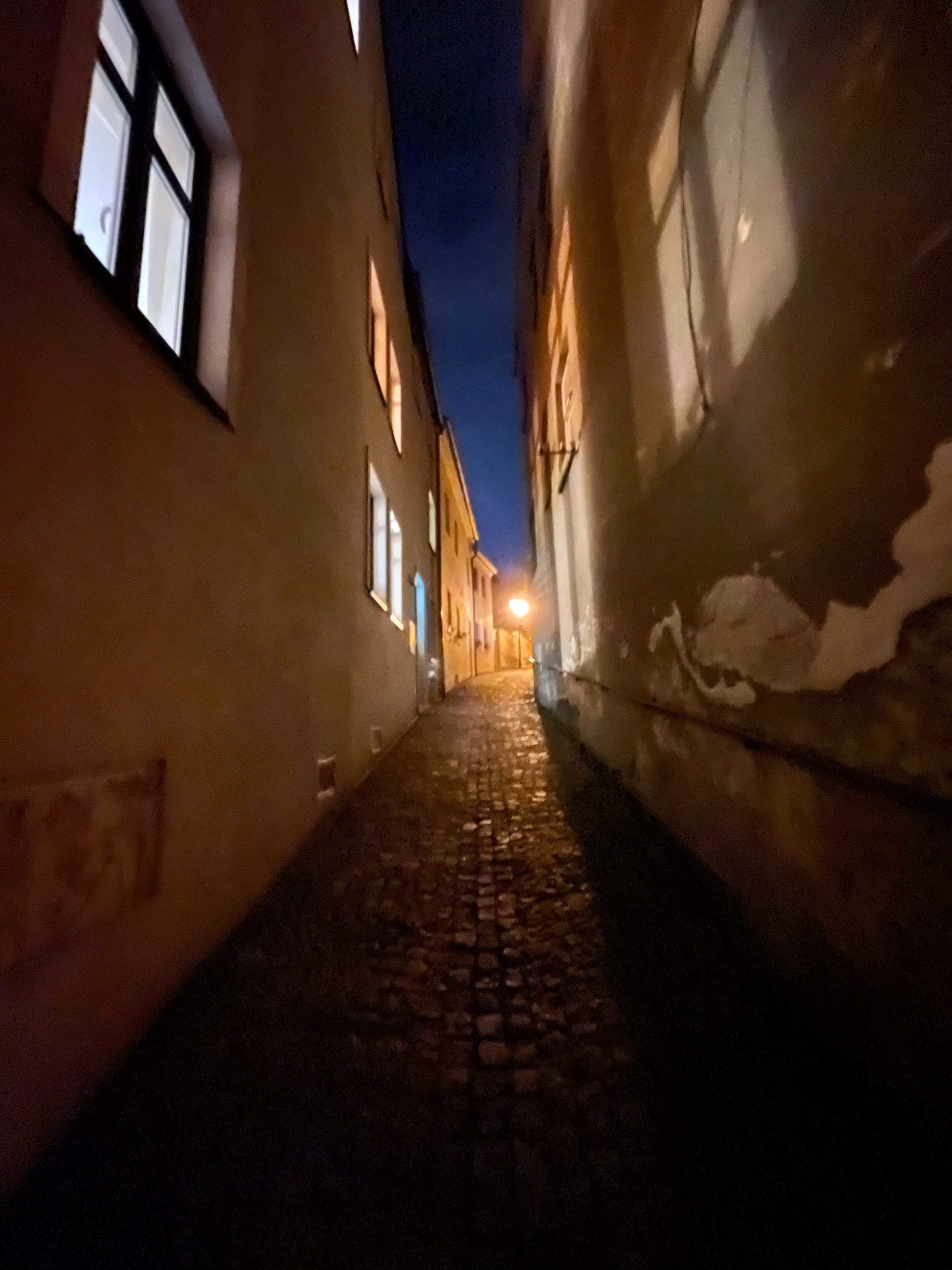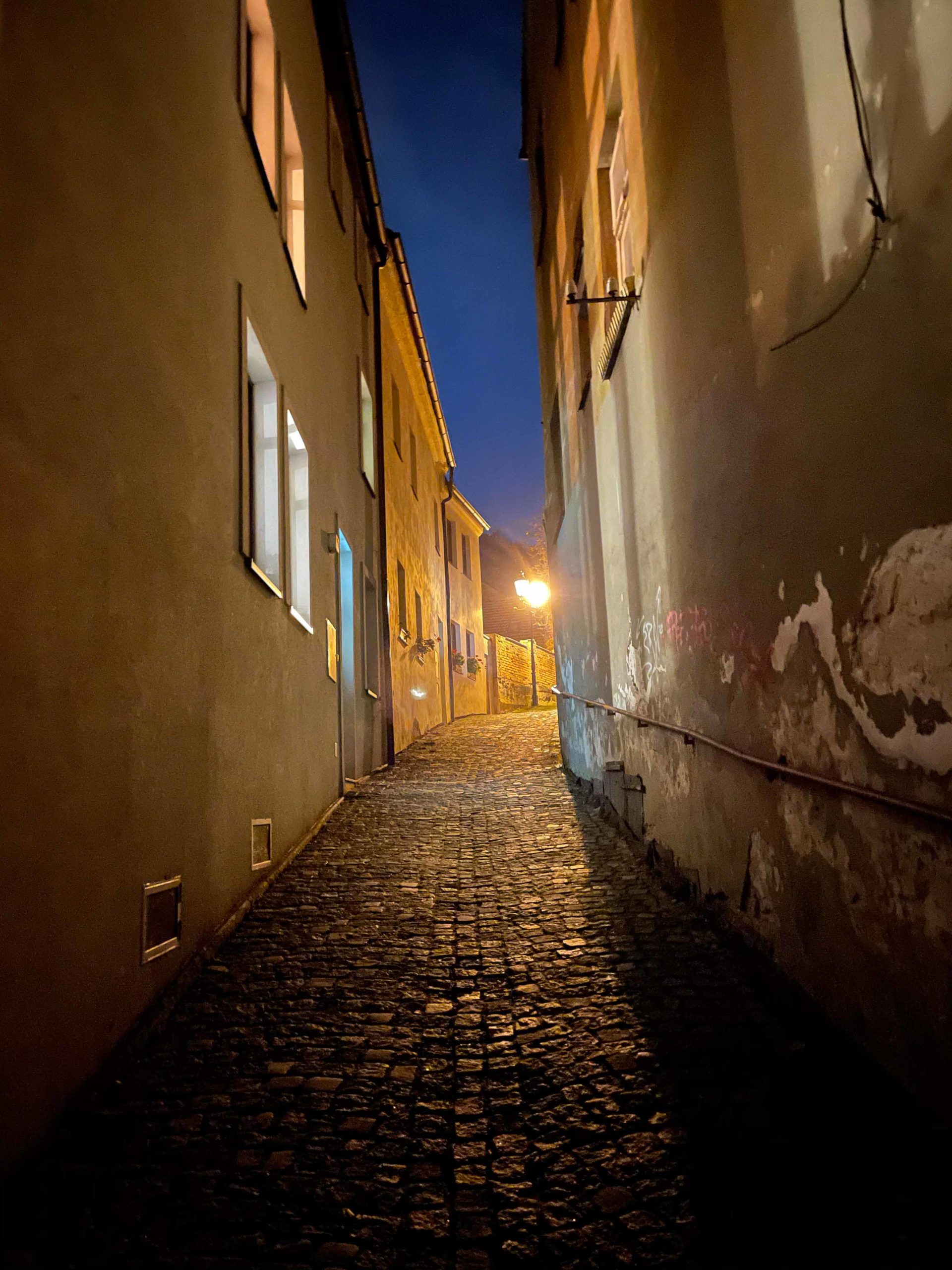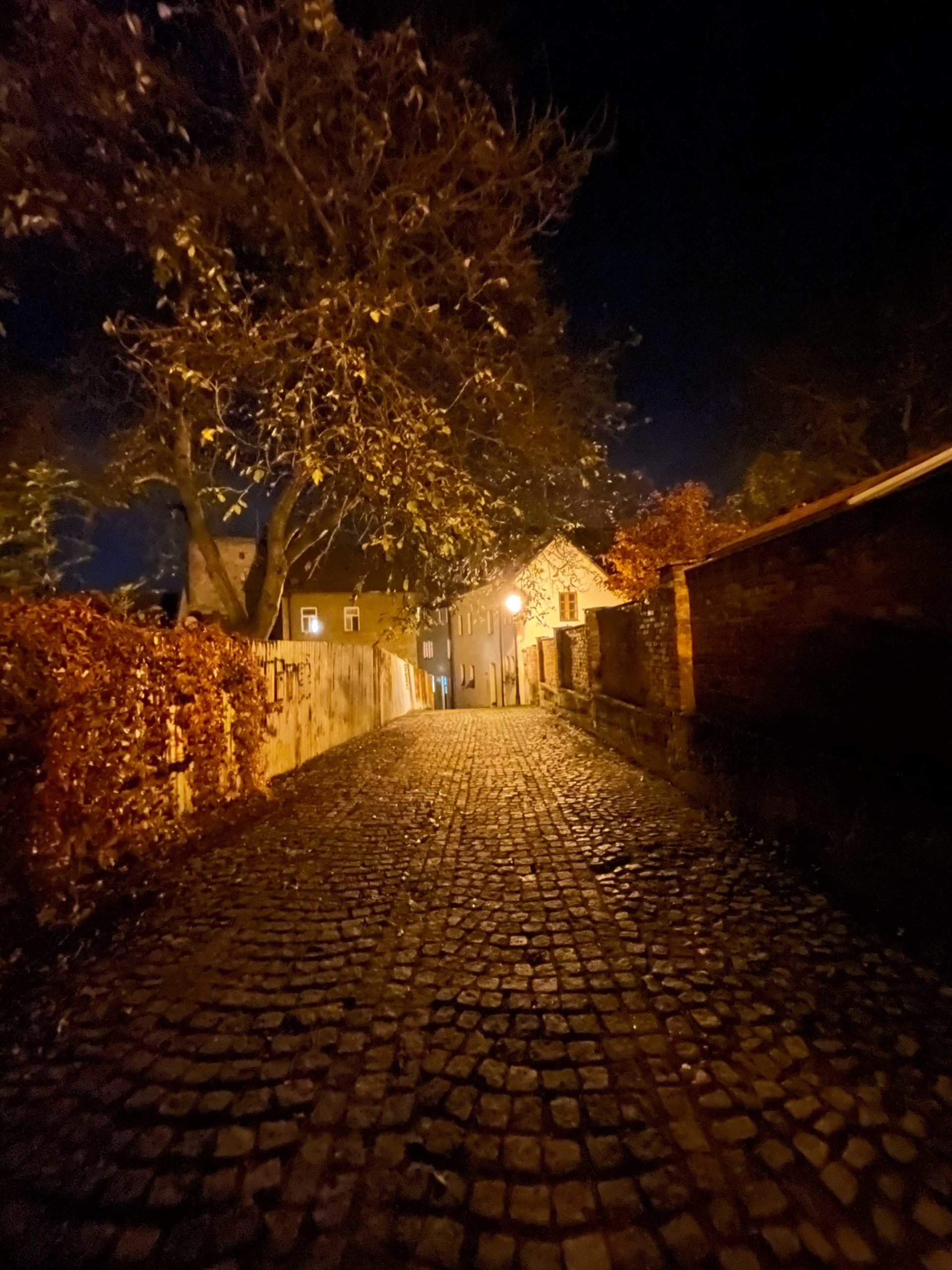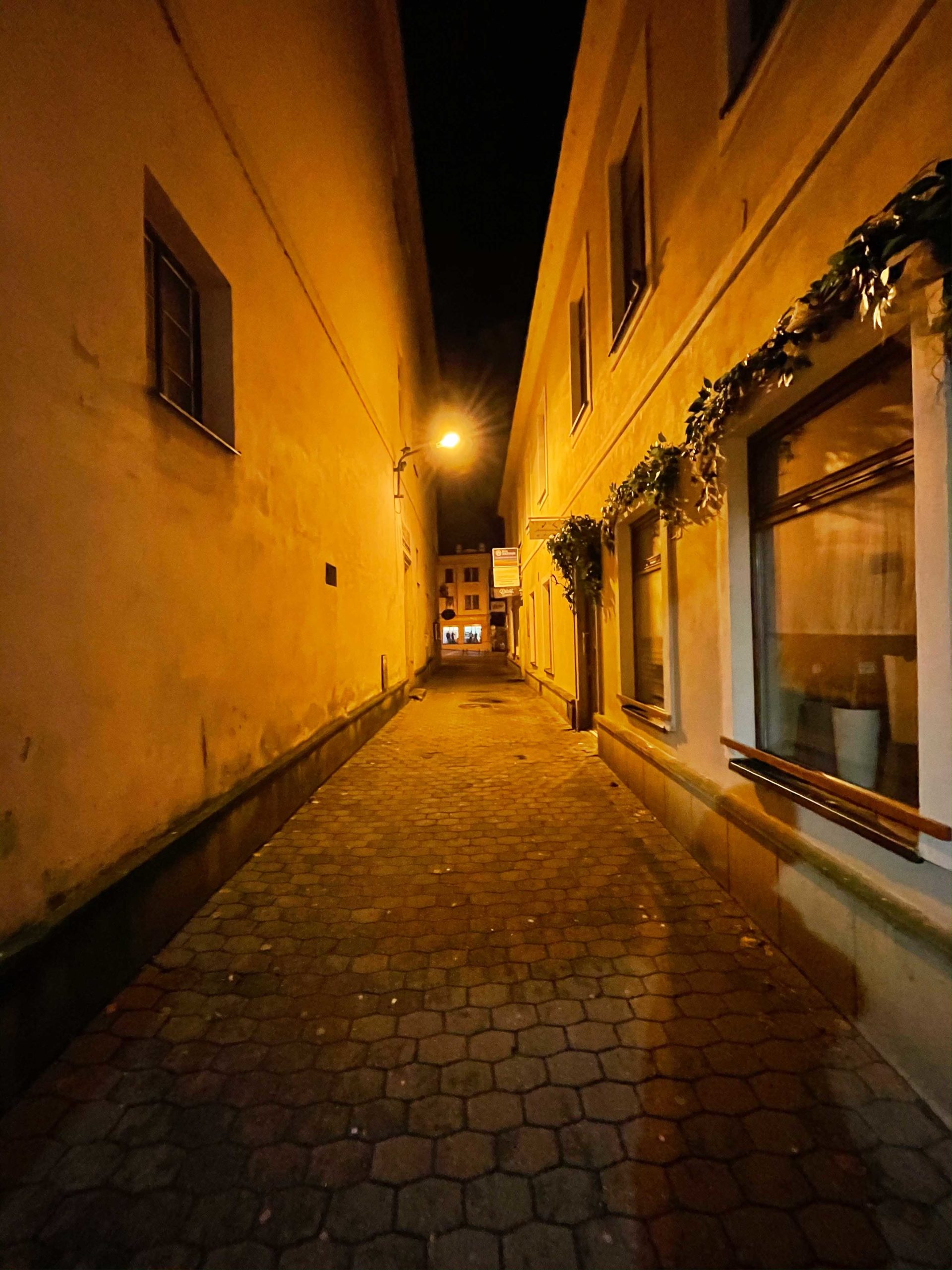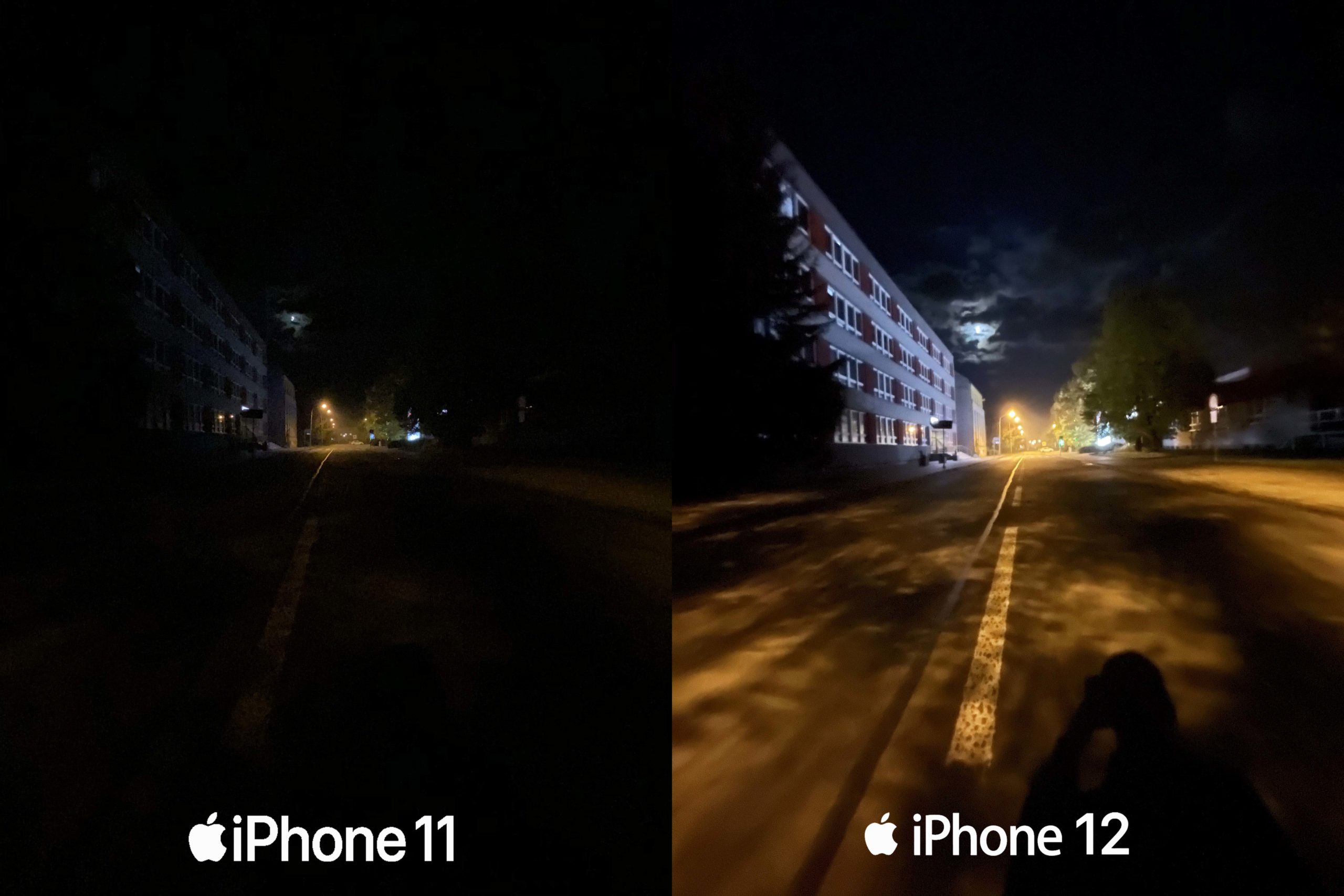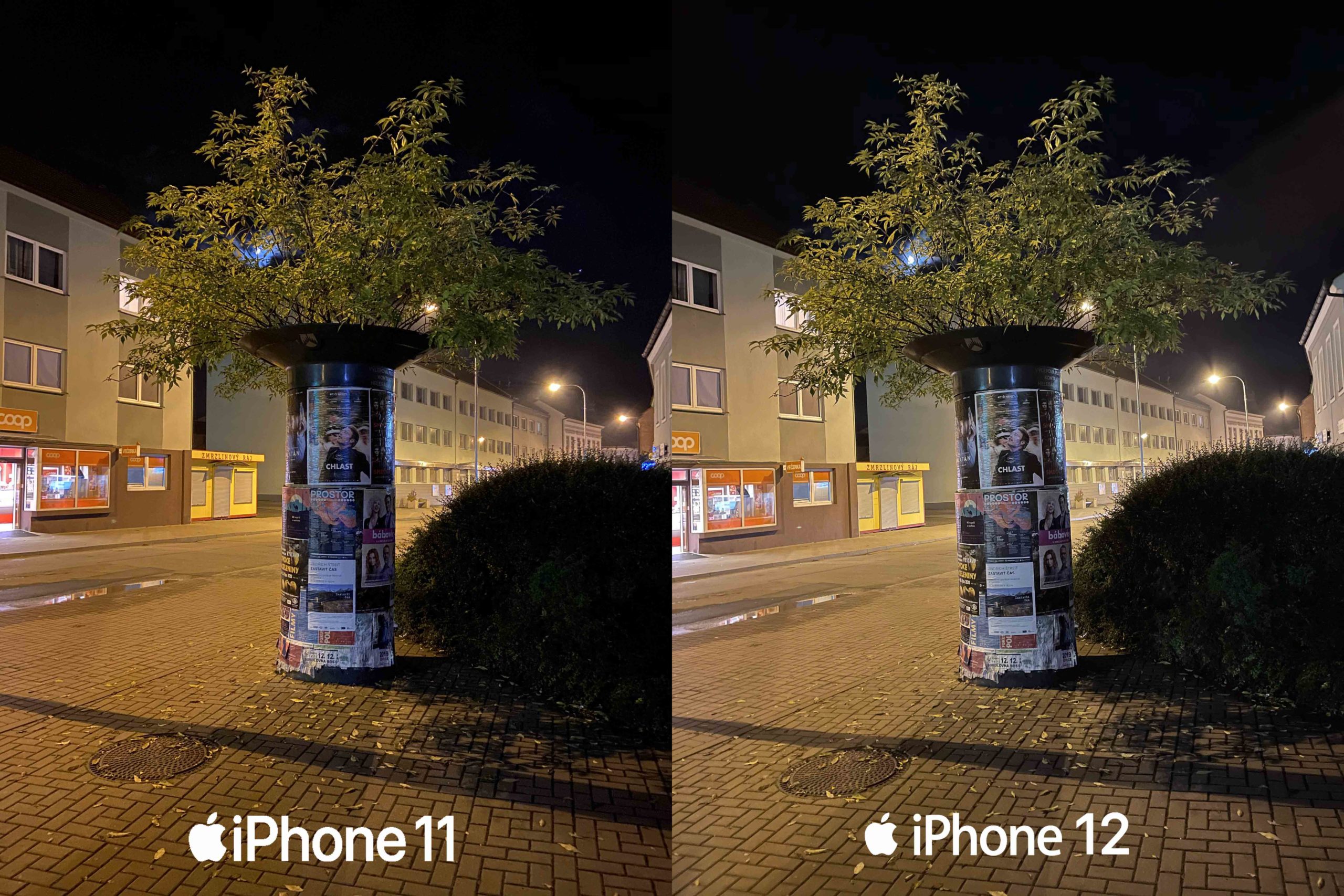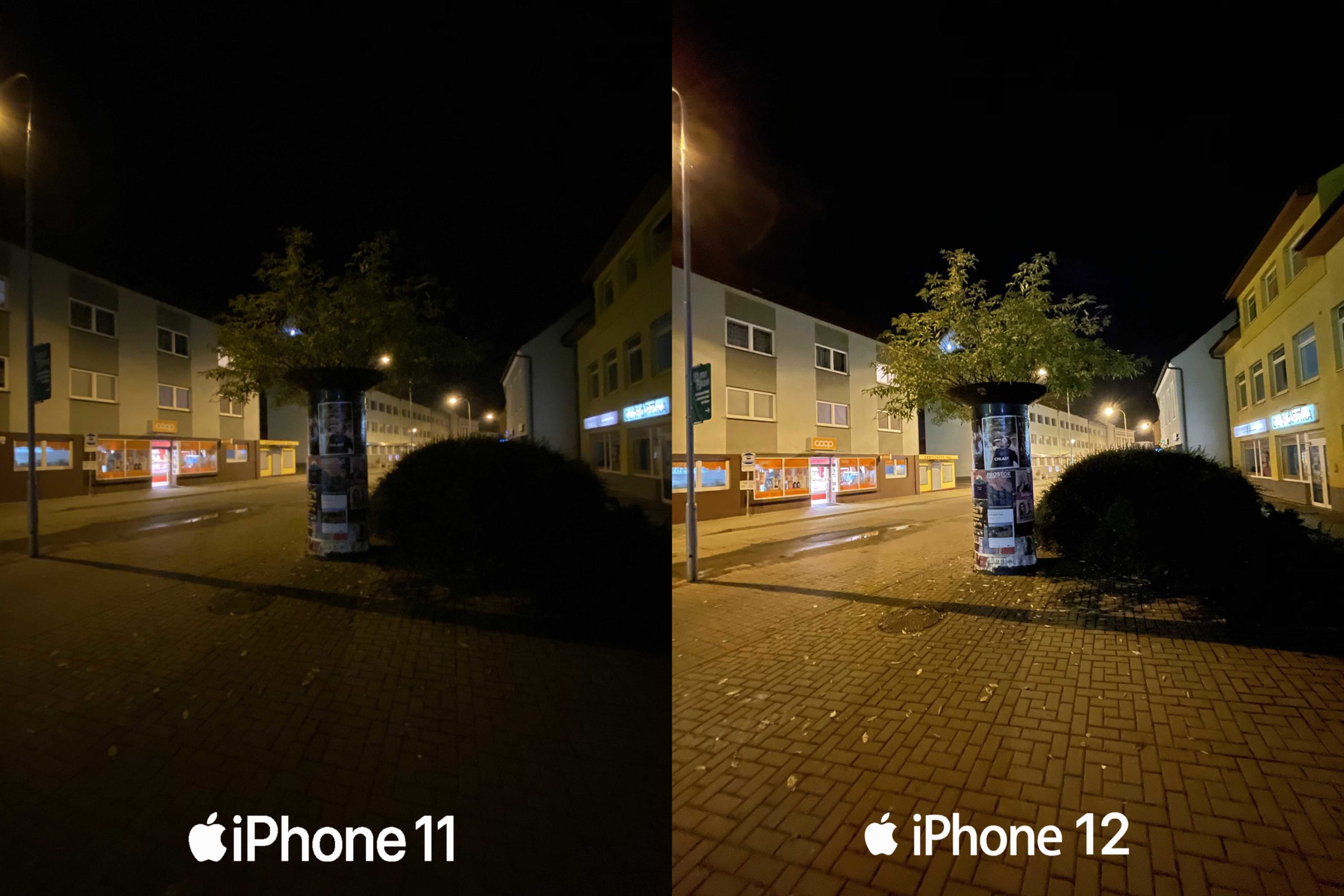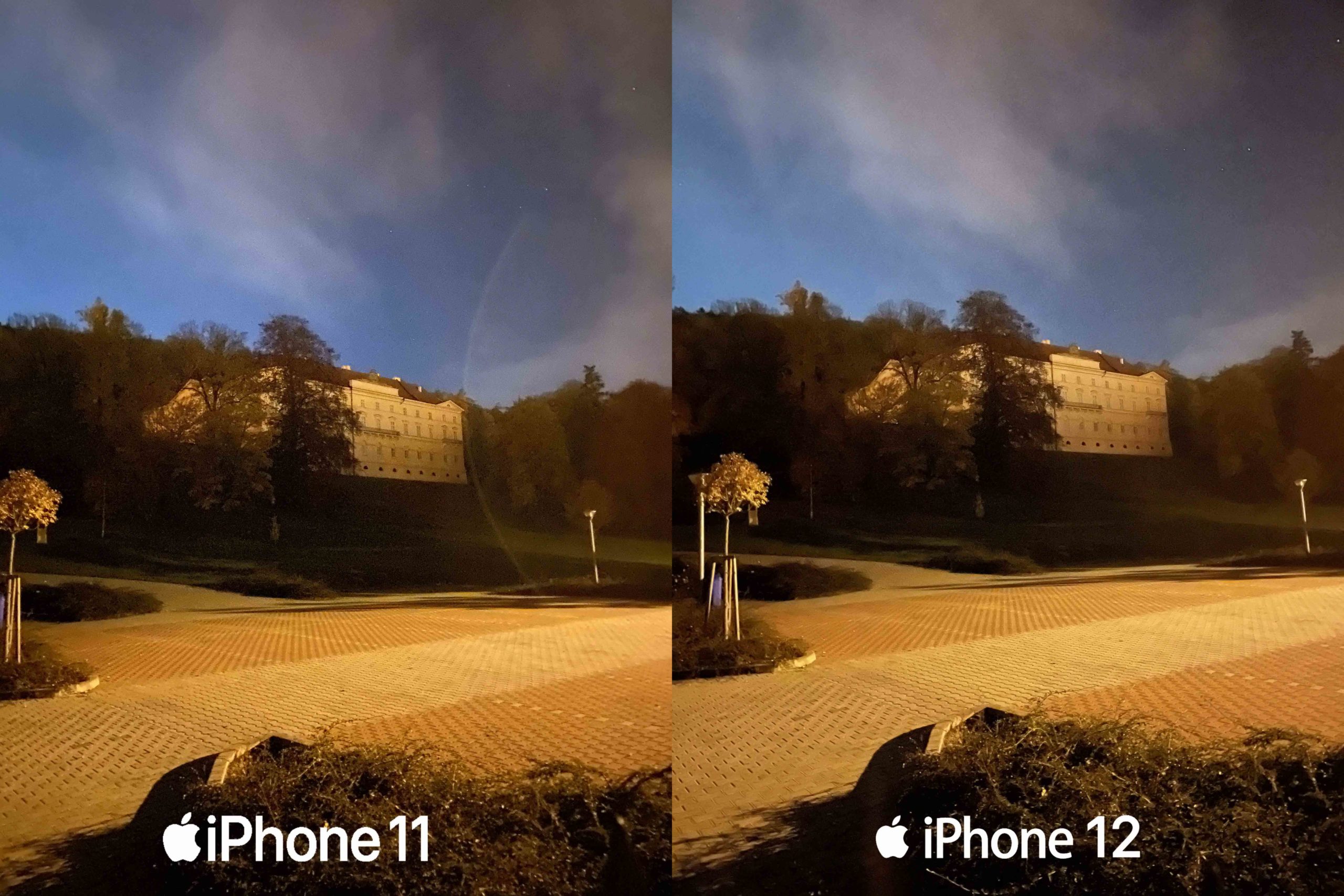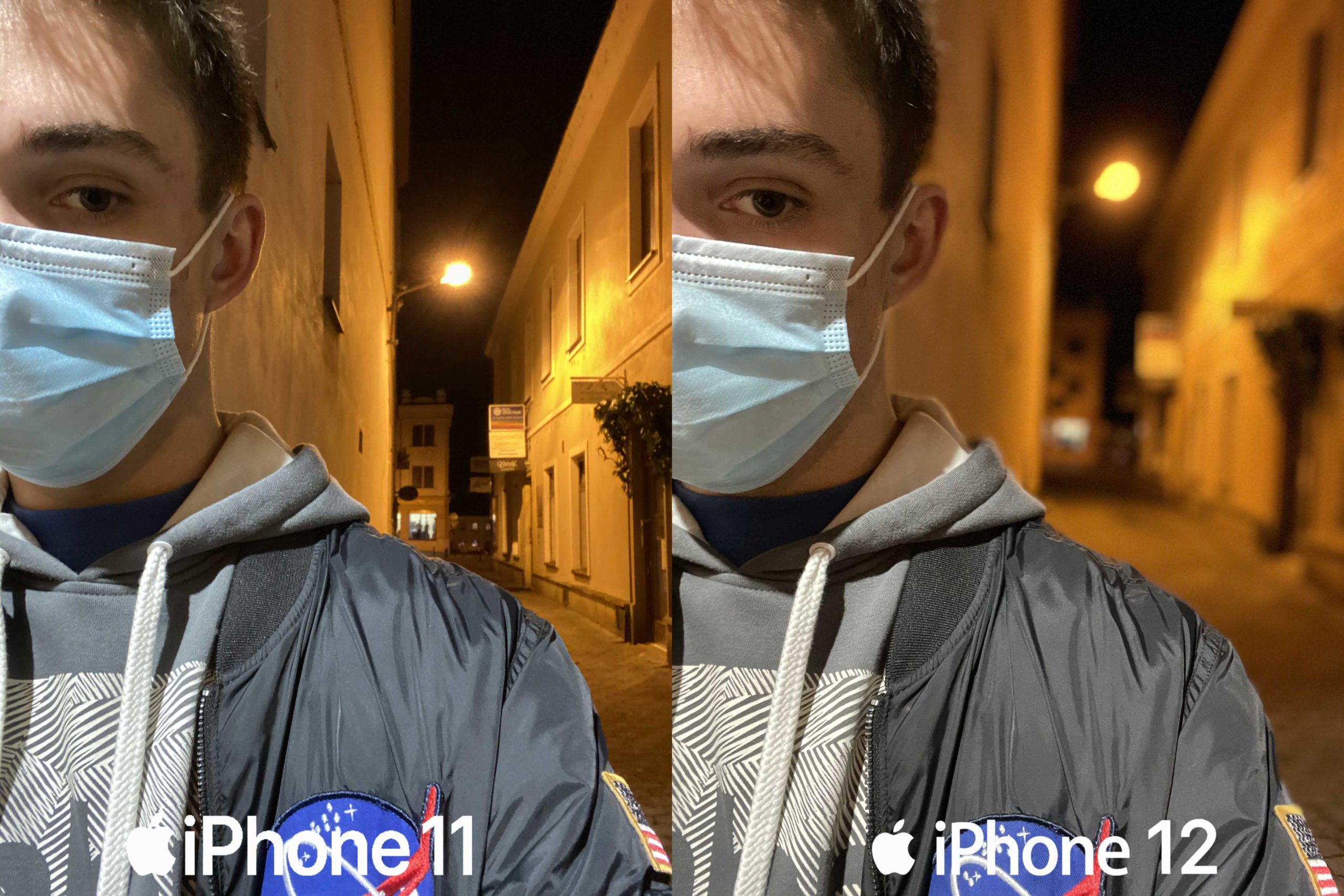After yesterday's review of the iPhone 12 Pro, there is finally a review of the iPhone 12 on Jablíčkář. What is the cheaper sibling of the flagship, which attracts with polished steel frames or a LiDAR sensor, in the real world? You will learn all this in the following lines.
It could be interest you

Design and processing
Are you a fan of the sharp edges that Apple used on the iPhone 4 and 5 and are now using on the iPad Pro, for example? Then it probably makes no sense to tell you that you will fall in love with the iPhone 12. After years of rounding, Apple has decided to use the good old sharp edges again even for its best-selling product. I think each of you should decide whether it's good or not, as design evaluation is a purely subjective matter. However, if you were to ask my opinion, I would say that the bet on sharp edges is almost a hit. I will tell you why I say almost in the next part of the review. Nevertheless, the edges really suit the phone, and although someone might argue that they are already in a way overlooked on iPhones, I think that, considering the long-term use of rounded edges, they can be described as a very pleasant design step forward.
Specifically, the green version of the "twelve" arrived at the editorial office. To be honest, I didn't like it that much in Apple's promotional materials, and that's why I was quite curious how Apple handled this color in real life. And I must say that he did it very well. The green looks a little different in real life than it does in the photos (I would say that it is maybe a little lighter), which makes it not at all gaudy for me personally (which it did well in the photos), but a relatively valuable impression - or rather, the impression it offers the phone costs 24 crowns in the basic version, 990 crowns in the 26GB version and 490 crowns in the highest version.
As for the processing of the phone, it is absolutely brilliant, as always with Apple. Glass in combination with aluminum has been a tried-and-true bet for years, so there was no need to invent any innovations in this direction. With regard to the price of the phone, it is probably perfectly clear to all of you that Apple does not want, and in fact cannot afford, any technical unfinished business or relaxation during production, which would make you look for anything similar on the phone in vain. Everything fits beautifully, holds, clicks, squeezes and in short works and looks as it should. I almost want to write that Apple deserves a thumbs up for this, but as I say - would one expect anything else from a phone starting at almost 25 thousand? I do not think. Therefore, I prefer to say that the iPhone 12 has lived up to expectations in this regard.
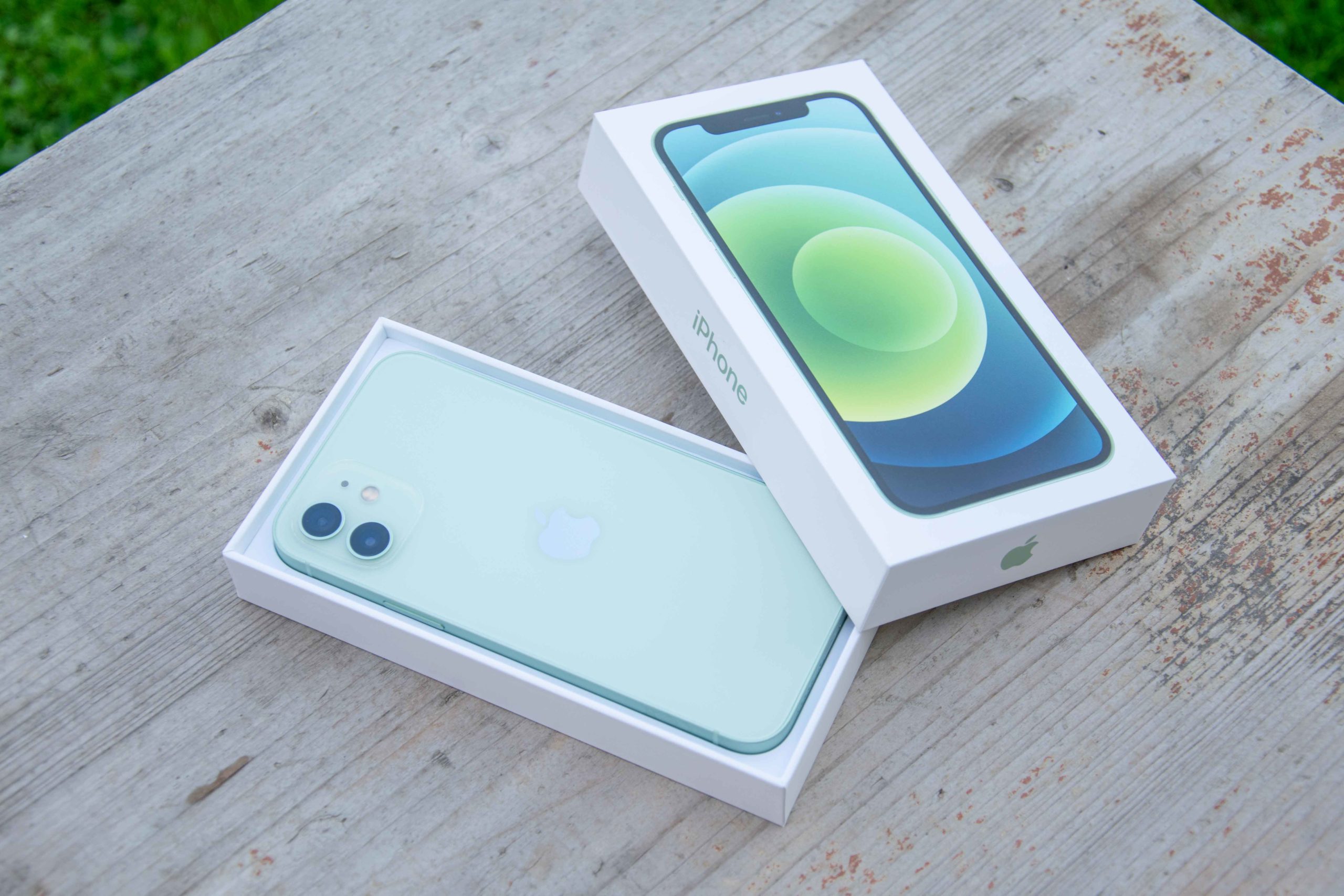
Ergonomics
The new iPhone 12, like its direct predecessor in the form of the iPhone 11, offers a paper-sized 6,1” display. However, unlike its last year's little brother, I would not call this model a giant in any case. The "Twelve" boasts dimensions of 146,7 mm x 71,5 mm x 7,4 mm and a weight of 162 grams, which is more than decent. These dimensions predispose it to comparisons with 5,8" models from the past, rather than last year's and the year before last's 6,1" variant. It is 150,9 mm x 75,7 mm x 8,3 mm and 194 grams. So the difference is quite significant. After all, not to either. Apple itself boasted at the Keynote that the "twelve" is 11% thinner, 11% smaller and 15% lighter than the iPhone 16, which are more than solid values. In terms of ergonomics, this means that if the 5,8" iPhone held well and the 6,1" iPhone 11 or XR was already an edge, the 6,1" iPhone 12 will be perfect for you. From my own experience, I can say that in the hand it really feels more like a 5,8" model, and in fact also in terms of the size of the display, which seems to me to be almost the same size despite the difference of 0,3 inches at a glance. Only the thickness could perhaps have been a little smaller, which, by the way, is exactly my "almost" mentioned above.
You don't have to worry about the sharp edges of the phone in any case. I'll admit that they made me nervous at first, because I've gotten used to phones with rounded edges in recent years, but the "twelve" still holds up really well. The lion's share of this is probably due to the shiny glass back, which slips from my hands less than the matte back used on iPhones from the Pro series. On the other hand, you have to take into account that the back treated in this way catches fingerprints and thus other dirt much more than the matte back. On the other hand, the aluminum frame is almost maintenance-free in this regard, which cannot be said about the polished steel from the Pro series. But it slides less. Holt, everything is about compromises this time too.
However, to be completely honest, I would rather recommend you to touch the phone before buying it - that is, of course, if it is at all possible and it does not endanger your health in the current situation. After all, this is not a cheap game and it will certainly not be out of the question to have it in hand before buying. The weight of the phone, which is only 162 grams, as I mentioned above, could make or discourage you from buying it. In other words, this means that if you are used to heavier phones, I think that the "twelve" will stress you out a bit at first, because it will give you a feeling of fragility and, on the other hand, the feeling that, considering its weight, it must naturally fly away soon from hand. At least that's how she seemed to me at first. On the other hand, my girlfriend raved about the scale, so it's clear that this thing is really a lot about personal preference. So watch out for that.

Display
The king is dead, long live the king. This is exactly how, with a bit of exaggeration, the display replacement of the "cheap" series of iPhones could be described. After three years of Apple introducing both premium and cheap versions in the fall, we finally said goodbye to LCD displays and got OLEDs. It probably doesn't make much sense to tell any of you that this is a big step forward, since the display properties of OLED are simply better than LCD. On the other hand, I now have to take my hat off to Apple in retrospect, because its latest versions of mobile LCD in the form of Liquid Retina were really great for me and both the iPhone XR and the iPhone 11 simply amazed me. It is almost unbelievable what can be invented with such an old technology and how it can be brought closer to the current premium series in the form of OLED.
But enough talking about the past, it's time to look forward - i.e. to OLED displays. Apple has put in the "twelves" practically the best that it currently has available in the field of OLED displays - i.e. Super Retina XDR, which made its debut last year with the iPhone 11 Pro. You can look forward to a display with a resolution of 2532 x 1170 pixels at 460 ppi, a contrast ratio of 2:000, HDR or a maximum brightness in HDR of 000 nits. As for the classic maximum brightness, Apple pissed me off a little. The iPhone 1 manages "only" 1200 nits like the iPhone XS, for example, while the iPhone 12 Pro with the exact same display can do up to 625 nits. It is here that I find software locks more visible than anywhere else and, to be honest, they seem quite embarrassing to me.
If we were to look at the display not in the language of numbers and enumeration of technical specifications, but from the point of view of a real user, we cannot fail to praise its perfect rendering of colors, which are significantly more vivid and saturated than in the case of LCD displays, perfect black and excellent sharpness of the displayed objects. As a result, we are talking "only" about the general display properties of OLEDs as such, since the "twelve" does not stand out above them in any way. In short, it doesn't have to be a problem, as the display's display capabilities are perfect. However, I wish the same could be said for the bezels around the display. They still seem quite wide to me, despite the fact that Apple has narrowed them down. However, I think that the narrowing in his speech is more of an optical illusion, which he achieved by changing the design of the phone's metal frame, which visually added a lot to the frames around the display. So I would definitely imagine something a little (much) better. Well, maybe at least in a year.
This year's novelty is a protective layer in the form of Ceramic Shield technology, which should provide the phone with roughly four times more resistance to cracking when it falls to the ground. I'll admit that I was quite interested in this gadget, even though I'm not one of those people who would roll the phone in one piece on the ground. In short, higher resistance is always useful. It's just a shame that Apple didn't implement it on the back of the phone as well, which is also made of glass and which would therefore logically deserve higher resistance. Whether Apple's claim about durability is true, I logically couldn't with the borrowed phone, but according to the first foreign tests, it really will have something. However, what surprised me quite a bit was how (apparently) the layer (or changing the oleophonic treatment?) changed the feeling when swiping the phone's screen. I now find it a bit rougher in the sense that my finger gets stuck on it a lot more. In the end, it doesn't matter and after a few minutes or hours you won't even notice it, but it's interesting enough in my opinion.
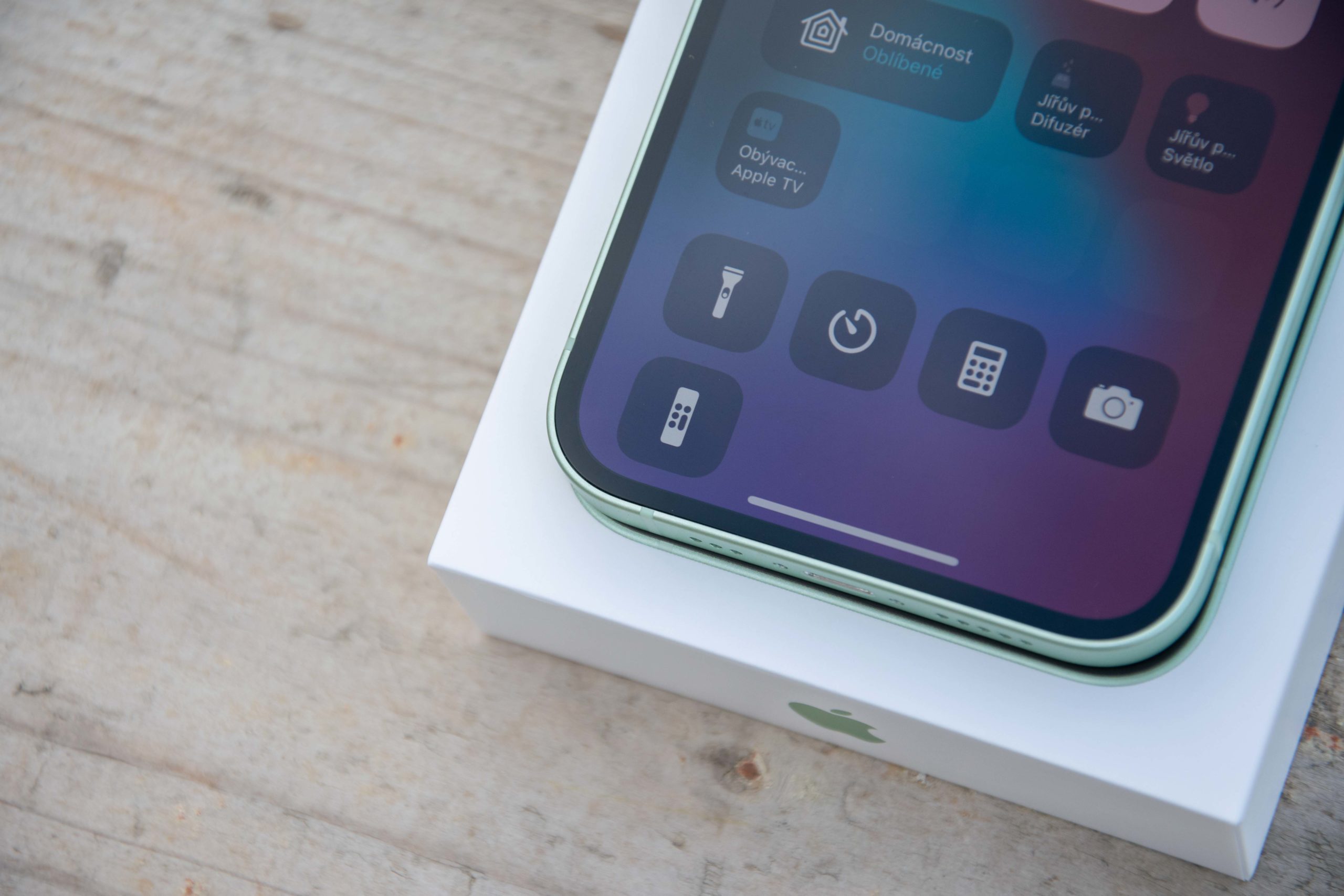
Performance and storage
The heart of the phone is the 5nm A14 Bionic chip, which in this model series is supported by 4 GB of RAM memory. If you're interested in the benchmark tests, in their speech the novelty gets a score of around 1590 points on a single core and 3950 points on a multi-core, while the iPhone 11 Pro gets you around 1330 points on a single core and 3450 points on a multi-core. The improvement is there, and in both cases quite solid. Therefore, it probably won't surprise you that even during normal use of the phone, improvements can be noticed in certain actions.
Whether we're talking about moving around the operating system or launching applications - especially native ones -, I find both to be slightly faster on the iPhone 12 than in the case of the iPhone 11 Pro, and that, of course, with the same settings and filling the phone with data and applications. For the test, of course, I also tried a number of third-party applications, including my favorite "benchmarking" game Call of Duty: Mobile, which can still be called one of the most demanding in the App Store, thanks to which the slightest change in the processor is always enough can be seen both during loading and during gameplay itself. Here I have to say that the iPhone 12 handled it really well and actually loaded it a bit faster than the iPhone 11 Pro. The same in pale blue can be said about the gameplay itself, which was without any glitches that I enjoyed from time to time on the iPhone 11 Pro or older models. However, there is one big but. The loading differences or the fluency of the applications after launching them were in no case higher by 10 levels, but rather by units of percent. So it would definitely be stupid to jump on the "twelve" thoughtlessly just because it now has the most powerful processor of all iPhones. Yes, it has and will definitely have it by next year. However, in the end, this processor doesn't actually offer that much more than the processor from 2019 or 2018. So I think that the processor should be the last thing you should deal with when choosing an iPhone - unless, of course, we're talking about deciding between a five-year-old model and a model from this year. In terms of performance, they can satisfy everyone in today's offer, with the main difference being their software support. It now logically plays the most into the cards of the latest processor and thus also of the iPhone 12.
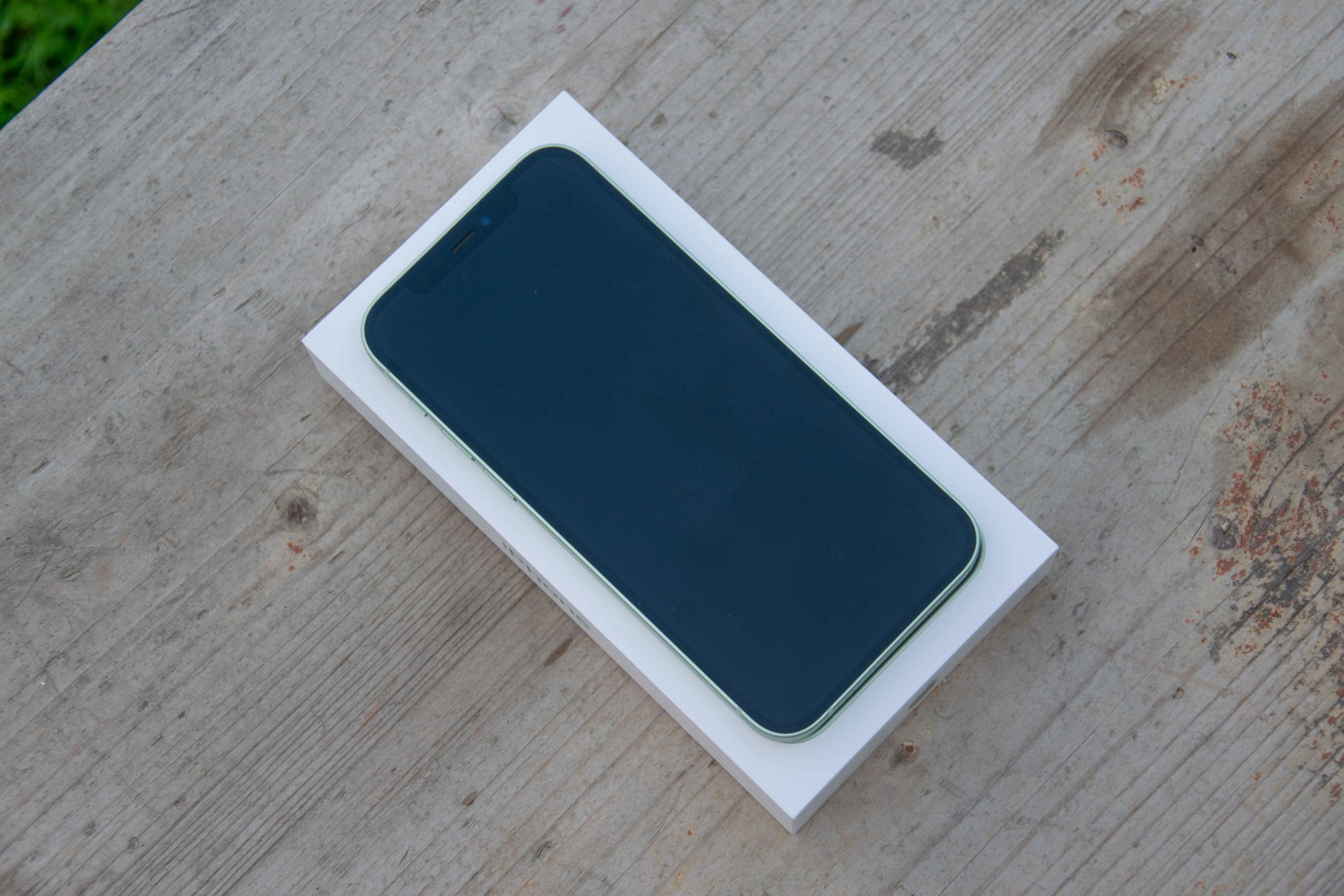
While I would not be so concerned about the processor when buying an iPhone, as it is at a very good level in all models, the storage is of course. However, this does not really play into the cards of the iPhone 12, as Apple has decided to start a bit illogically with only 64 GB, for which it wants 24 crowns. At the same time, the iPhone 990 Pro, which starts at double that - i.e. 12 GB of storage - costs "only" five thousand more, which is not such a big difference in the end, if we also take into account the fact that it also has a telephoto lens and 128 GB of RAM. On the other hand, I can't quite say that Apple should have included 2 GB of RAM in the iPhone 128 as well, because it's completely clear to me why it didn't do it. This step would significantly reduce the attractiveness of the iPhone 12 Pro, which would suddenly start to make much less sense with its price than it does now. With the existence of the 12 GB iPhone 128 as a basic "twelve", many users would rather reach for it than for the more expensive 12 Pro model, as it would simply be enough for them. And as we know Apple, nothing like that is out of the question. But it's a shame, because even this calculation can be seen more than ever this year, which personally keeps me a little enthusiastic about the "twelves".
Connectivity
This year's iPhones made one of the biggest leaps forward in terms of connectivity in recent years, although it could have been a bit bigger. The main innovation with them is the ability to receive 5G networks, which are still in their infancy in the Czech Republic, but once they grow here, we can expect a very decent interest in them, even though Apple only sells phones with a slower 5G version in our country. However, it certainly makes no sense to lynch him for this, since he decided to do so because of the technologies that are being adopted in Europe - they are actually "slow" in most of its territory (meaning slower than the fastest possible version of 5G, but still significantly faster than the current standard in form of LTE). However, before we see the boom here, it probably doesn't make much sense to evaluate this gadget, even though it is clear to everyone how great it is, especially from the point of view of the future.
Another big step forward in connectivity is the deployment of a magnetic ring for MagSafe accessories. You might be thinking that this very gadget is a kind of stupidity that will not take the phones anywhere. But I think that, although this is a complete banality, it will open up completely new possibilities for accessory manufacturers for their products, which will make phones much more easy to use than before. For example, various holders will no longer have to rely on various attachment arms or other mechanisms, but simply snap onto the back of the phone with a magnet and voilà, everything works exactly as it should. However, only time will tell how much of a step forward MagSafe is in this regard.
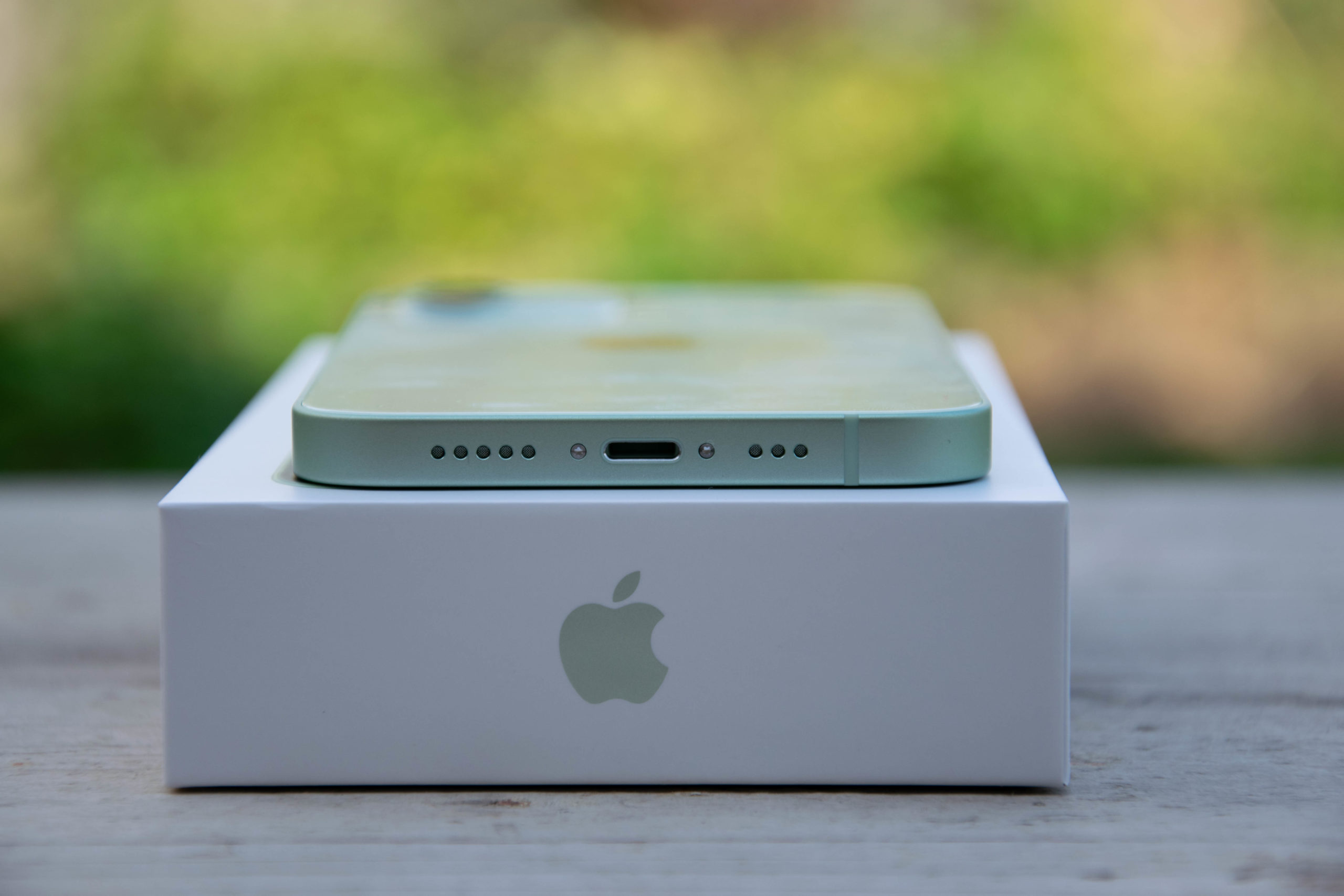
Unfortunately, keeping the proprietary Lightning collector is definitely not a step forward. Of course, many of you will surely write to me now that this is the best connector that one can only wish for in iPhones, but let's be aware that it simply does not reach the universality of the now widely used USB-C. Lightning deprives us of the possibility to connect a huge number of various accessories to the iPhone simply by plugging it into it without the need for any reduction, which is simply great. After all, no one enjoys the reduction to interconnect - don't tell me you do. Thanks to the deployment of USB-C, Apple would also be able to unify its main product line a bit more in the form of more expensive iPhones, iPads and MacBooks, since these devices (except iPhones) use USB-C, so they could be charged with one charger. Damage.
Camera
One of the most interesting features of the new iPhone 12 is its camera. Apple, like every year, has worked very well on this, thanks to which we are now able to take very high-quality photos from it in almost any situation. Just like last year, this year Apple also opted for a dual camera for the cheaper model line of flagships, specifically in the composition of a 12 MPx wide-angle lens with an aperture of f/1,6 and a 12 MPx ultra-wide-angle lens with an aperture of f/2,4. From the technical specifications, it is probably clear to you that while the upgrade of the ultra-wide-angle lens did not take place, as its properties match the one used last year, the wide-angle lens should now be able to take much better photos, especially in low light or darkness, as it can accommodate up to 27% more light than last year. Of course, as always, both lenses are helped to perfection by the Smart HDR software function, which is used to combine the resulting photo from several images so that the result is as good as possible, even in bright sunlight and the like.
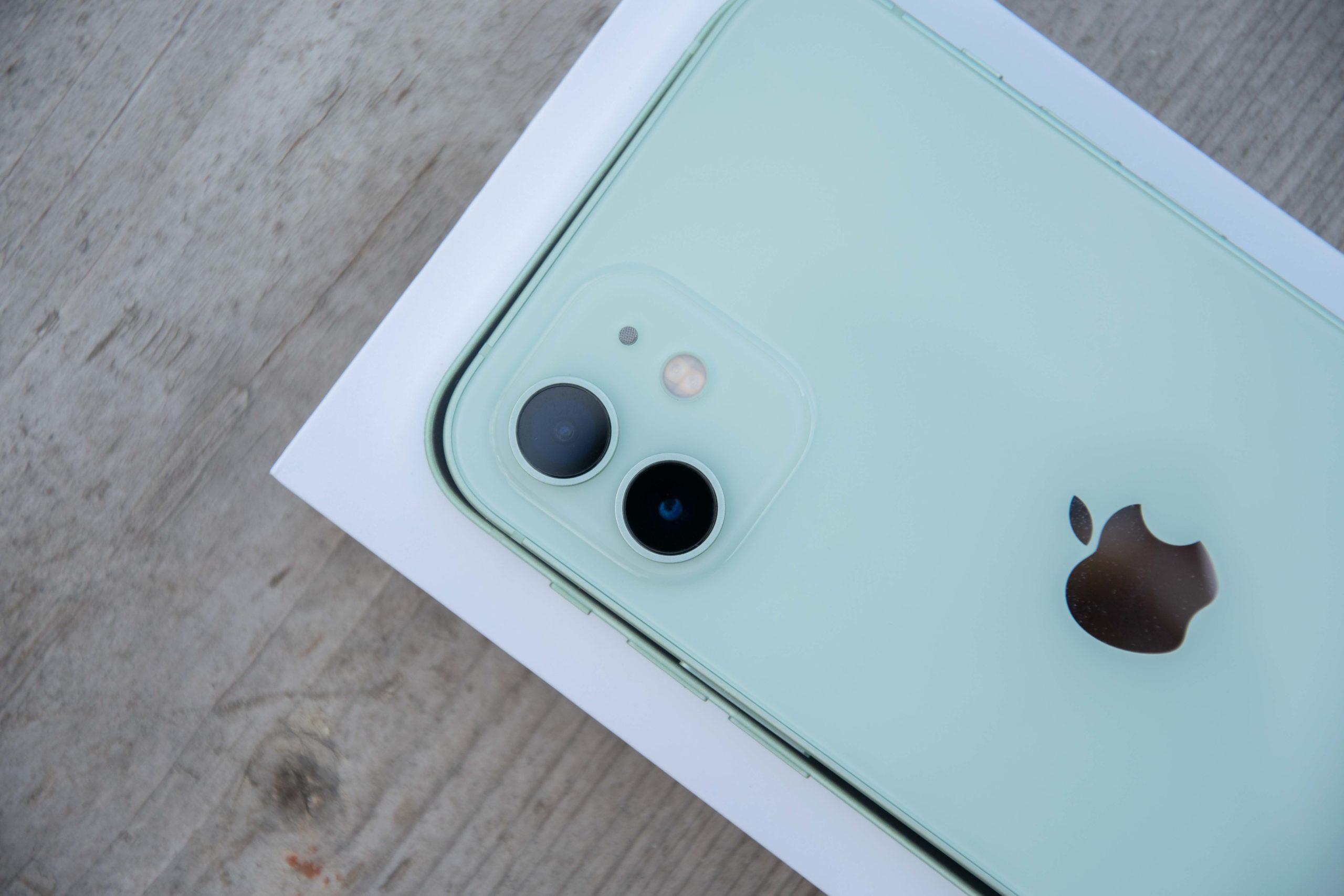
Photographing
I played with the camera for quite some time and took a lot of photos, which you can view in the galleries below this paragraph. In general, it can be said that in ideal or artificial light, and therefore in a monster, you are able to capture really beautiful images from it, both with a wide-angle lens and an ultra-wide-angle lens, without any effort, which, in my opinion, have more realistic colors than with the iPhone 11. After all, on you can see the comparison yourself.
iPhone 12 photos:
However, it is also true that any zooming is a complete misery on a phone without a telephoto lens, and the iPhone 12 is no exception in this regard. Its XNUMXx digital zoom isn't trash, but it's also nothing you'd want to brag about to your friends. You can see what the maximum digital zoom looks like below.

The phone achieves really impressive results even when taking photos in poor lighting conditions or even in the dark. Thanks to the wide-angle lens, which is able to take in more light, the photos taken through the night mode seem much more natural to me compared to those from the iPhone 11, and this is also due to the fact that you can see much more details on them. The great news is that the phone has learned to use the night mode even with the ultra-wide-angle lens, which makes it just as usable as the wide-angle. Of course, with regard to its brightness, you can't talk about 1:1 usability, but I think you can capture decent photos with it without any problems. The same in pale blue can be said for the front camera, which has learned to take portraits in night mode. In short and well, Apple really made a big effort at night photography this year, and the results can really be seen.
Night photos from iPhone 12:
Night photos from iPhone 12 compared to iPhone 11:
Recording
Thanks to its new features, the wide-angle lens of the iPhone 12 is much more usable even for night shooting. It is still true that the night mode only works with the camera, but the shots recorded from the iPhone 12 through the wide-angle lens do not look bad at all. The same can be said about timing in the night mode, which the "twelve" also learned. However, I have to say here that apparently iOS suffers from an unsolved bug that, when time-lapsed at night, does not show the icon for night mode on the display, informing you of its activation, which can be quite misleading. However, the shots are noticeably brighter in time-lapse. You can see the results in the two videos below.
Battery
If you closely followed all the leaks of information related to the iPhone 12 before the presentation, you certainly did not miss the rumors about a significant improvement in their endurance thanks to the deployment of larger batteries. Unfortunately, nothing of the sort was confirmed in the end, which disappointed many apple lovers. However, as they say, hope dies last, and the fact that Apple lists the "twelve" on its website as almost the same endurance as last year's iPhone 11 Pro does not necessarily mean that in real use. Unfortunately, I have to refute this idea. You really can't squeeze more out of the 2815 capacity battery than you can out of the iPhone 11 Pro.
I used the phone for a few days purely as my daily phone with all the settings I use and in general the way I'm used to using my phone. In other words, this means that from around 6:30 a.m. to 22 p.m. I use it intensively for messages and phone calls, communication applications such as Messenger or WhatsApp, car navigation, playing music or YouTube or, of course, Safari. As for the games, I play them once in a while, so I didn't even include them in the test. The fact that I receive about 800 notifications from my applications every day will probably confirm that I use my phone quite intensively. Of course, I don't react to all of them, but I dare to say that I know about most of them very soon, which of course entails lighting up the display and subsequent checking (if I don't do it via Apple Watch). If you were interested in the settings of my phone, it goes without saying that I have automatic brightness, Dark Mode and always on WiFi, Bluetooth and data on LTE. So how did the phone fare in my test? Actually, as we kind of expected. After disconnecting from the charger, which in my case takes place around 6 to 6:30, I still had about 22% of the battery left in bed at around 25 pm in the evening, which I dare say is a pretty solid result. If I used the phone less, I believe that I would be able to easily get by for two to three days - in the second case, however, we are talking about very little use. As a result, I can say about the phone with a clear conscience that it will last a day without any problems - that is, it fulfills exactly what Apple promised with it.
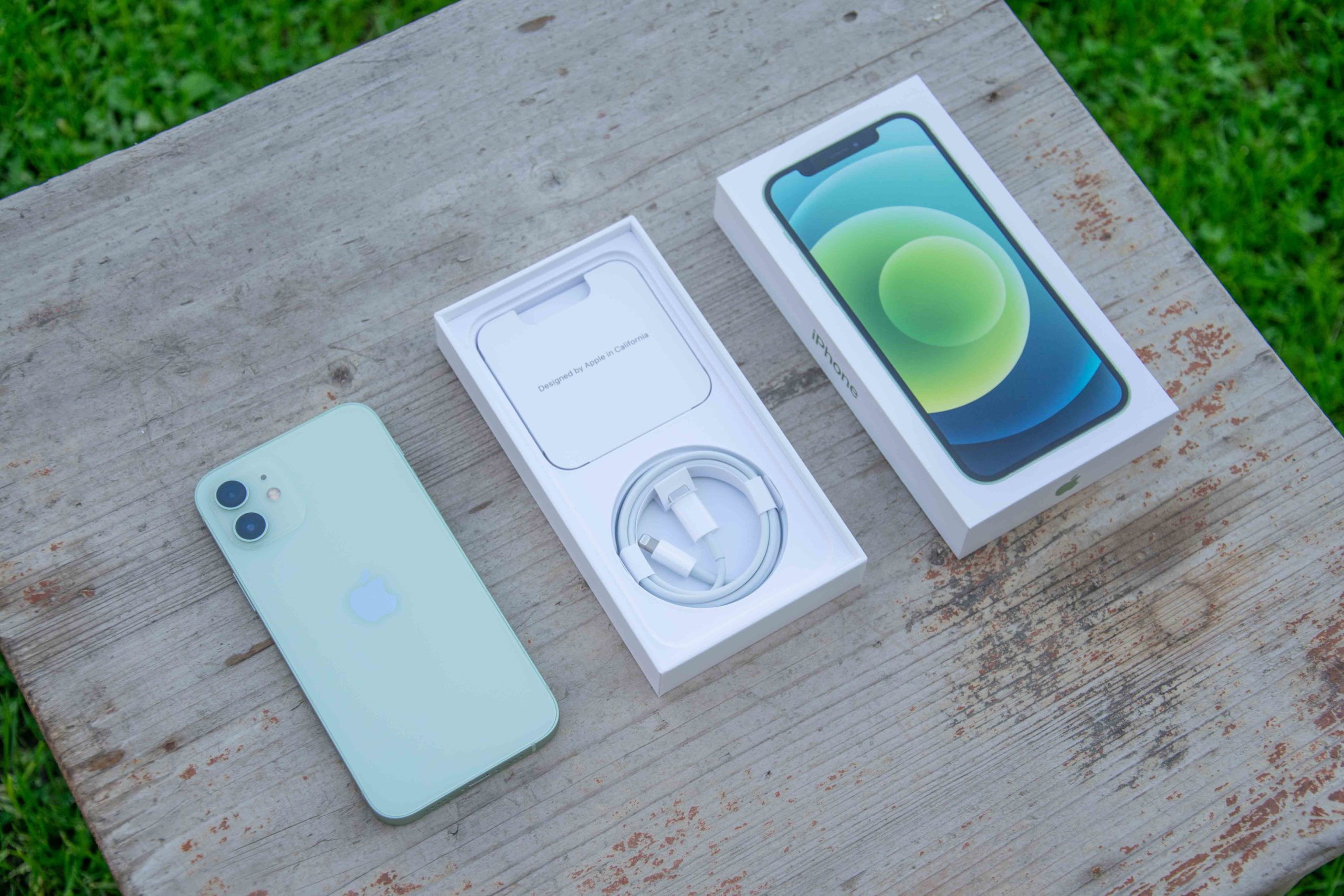
No hit parade, but you won't be disappointed either with charging, which has not moved anywhere quickly compared to previous years. So, if you are a fan of wireless charging and use a 7,5W charger for it (that is, the most powerful wireless charger that the iPhone is able to "classically" accommodate), you can "look forward" to charging for three hours, which is probably clear to you that another time than at night or during a really quiet daytime mode, it really doesn't make sense. Unfortunately, it's a shame. The competition is already using wireless charging at slightly different speeds, and I think they are not offending their customers in any way.
If I were to evaluate charging through a classic quick-charge adapter, the iPhone 12 does not do badly here. You can get from 0 to 50% within half an hour as standard, and from 50% to 100%, then add another hour and a quarter to this time for the "twelve". In my opinion, an hour and a quarter of charging is not such a waste, although of course a shorter time would be nice. However, I really don't want to repeat that the competition charges with several times higher performance and several times faster.
Summary
Although the entire review could sound perhaps too critical in some passages, in general I would evaluate the iPhone 12 very positively. This is because it is a very good phone, which leapfrogged its predecessor by an almost unbelievable leap. If you thought the iPhone 11's jump from the XR was big, know that compared to the iPhone 12's jump from the iPhone 11, it was a chicken's foot. Of course, it is not a perfect machine, but it is necessary to realize that perfection was not Apple's goal in any case with the "twelve". In short, the phone was designed to be a good enough addition to the flagship 12 Pro series and at the same time a good enough phone for its price. Compared to last year and the year before, the price for "cheap" accessories of the flagship line has increased significantly, but considering the use of OLED and other similar gadgets, I think it is still understandable. On the other hand, it made the phone a bit less accessible again, which is quite a shame. But if it makes sense to you in terms of hardware (in other words, it's enough for you), I think you won't be disappointed with it.
